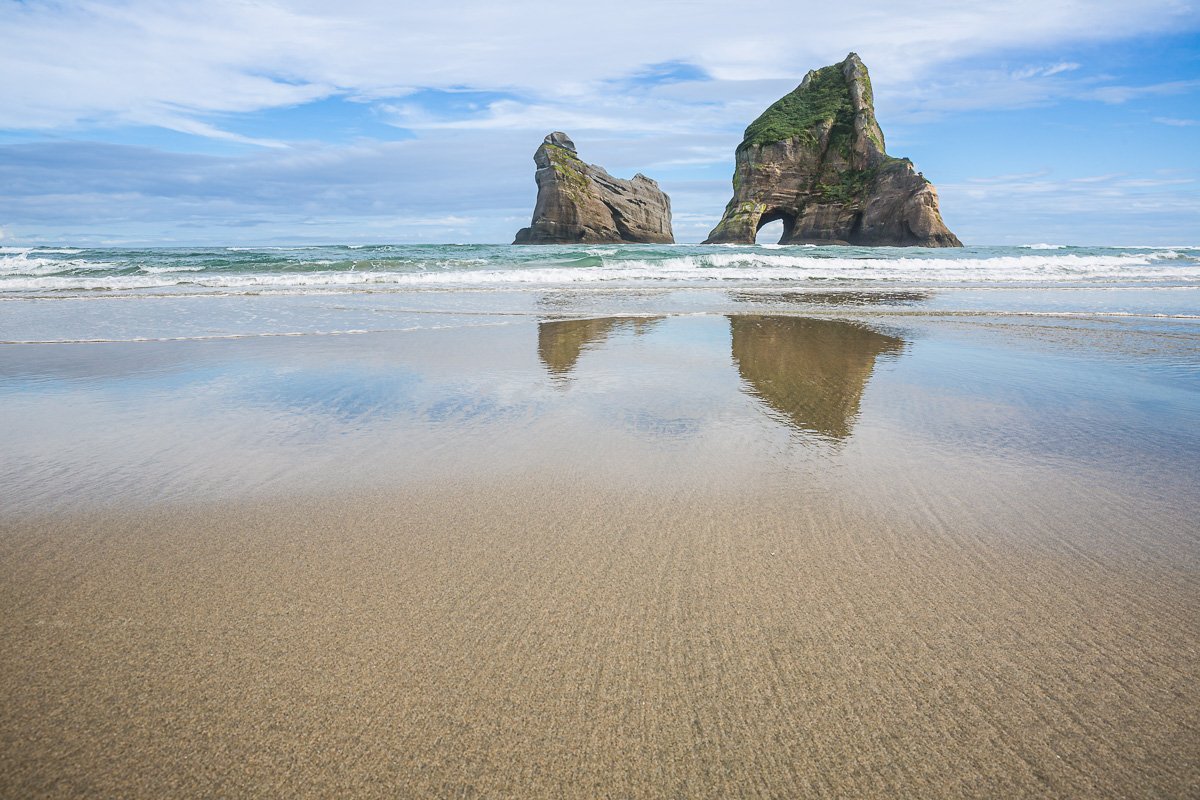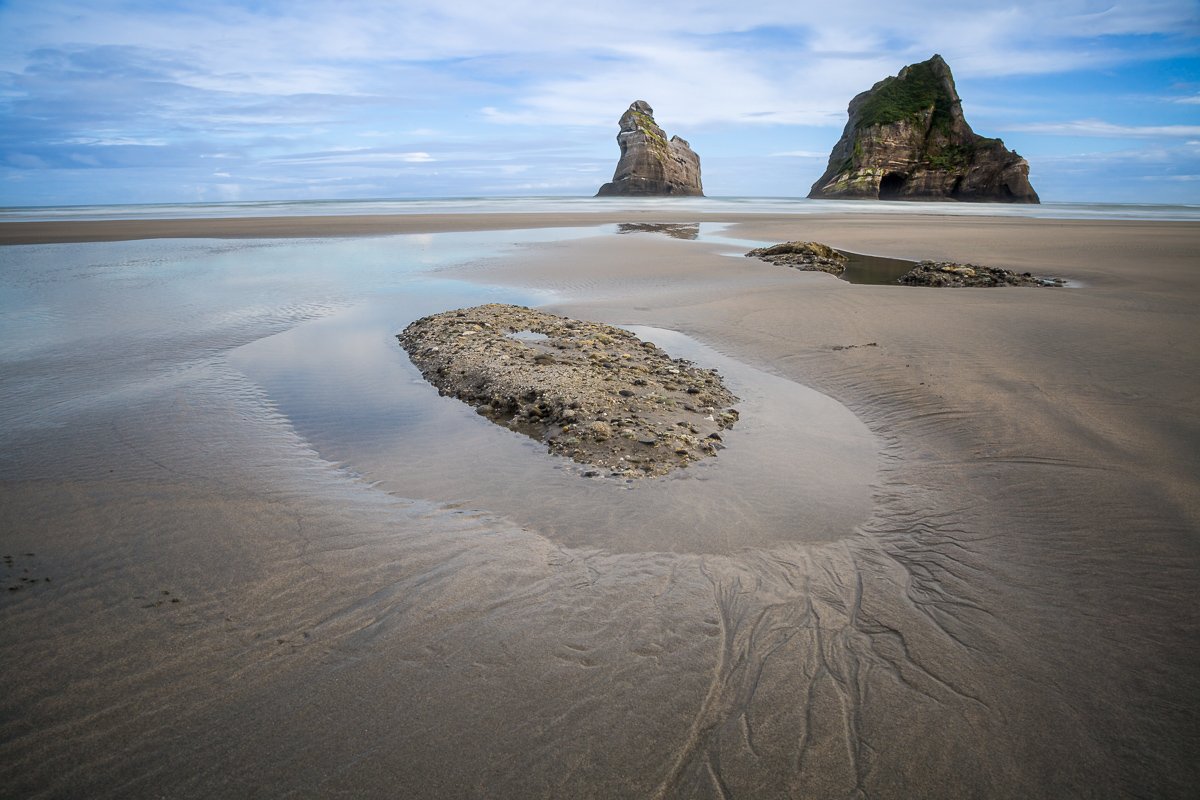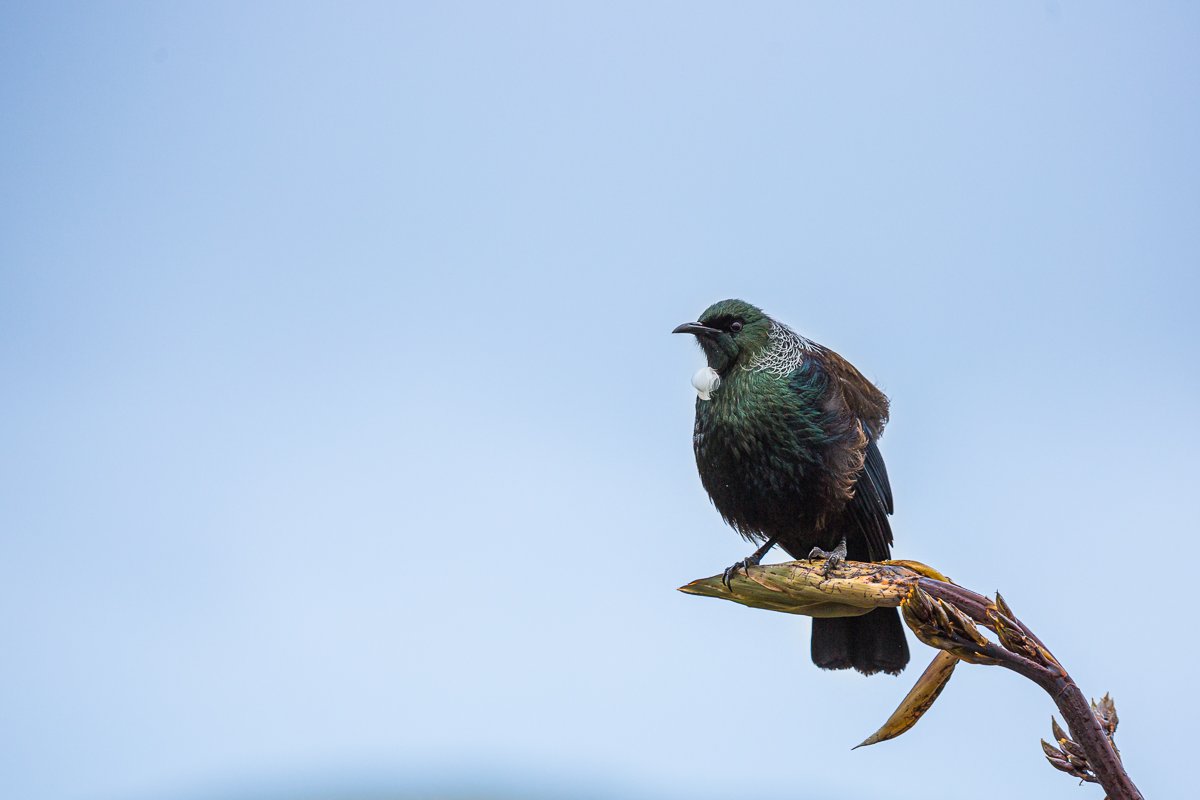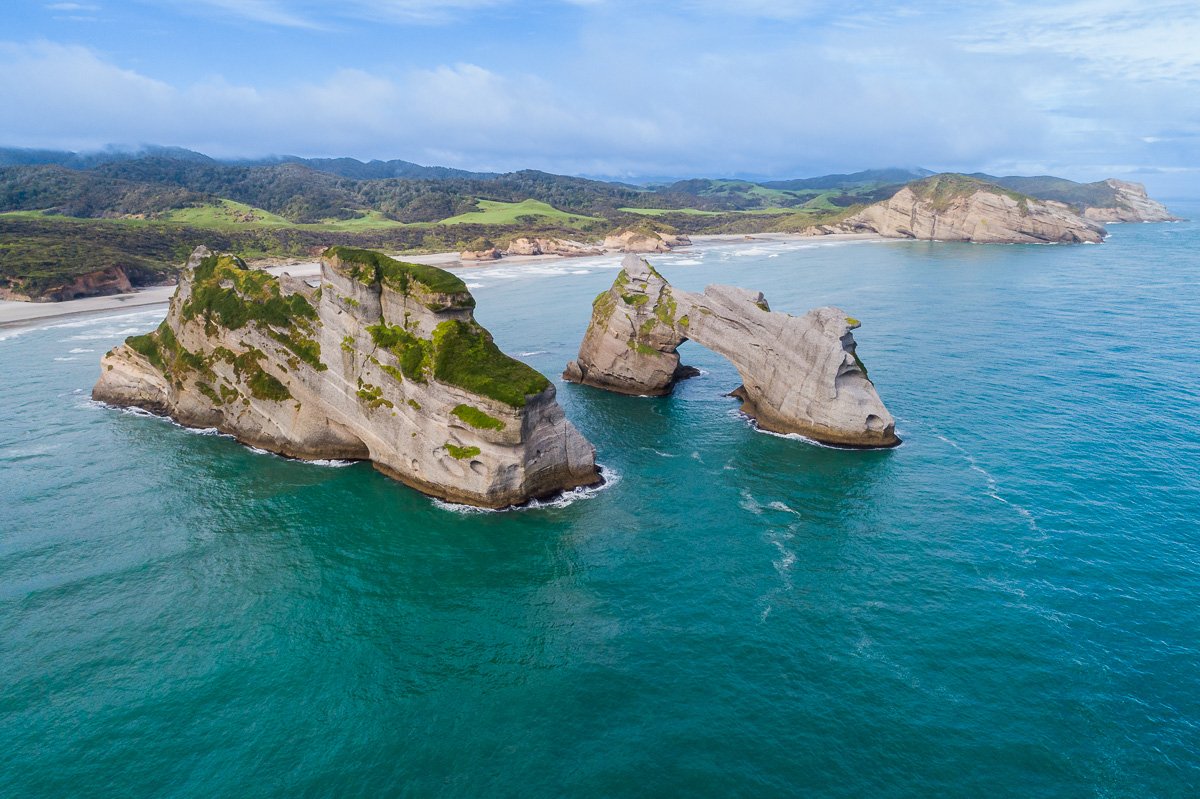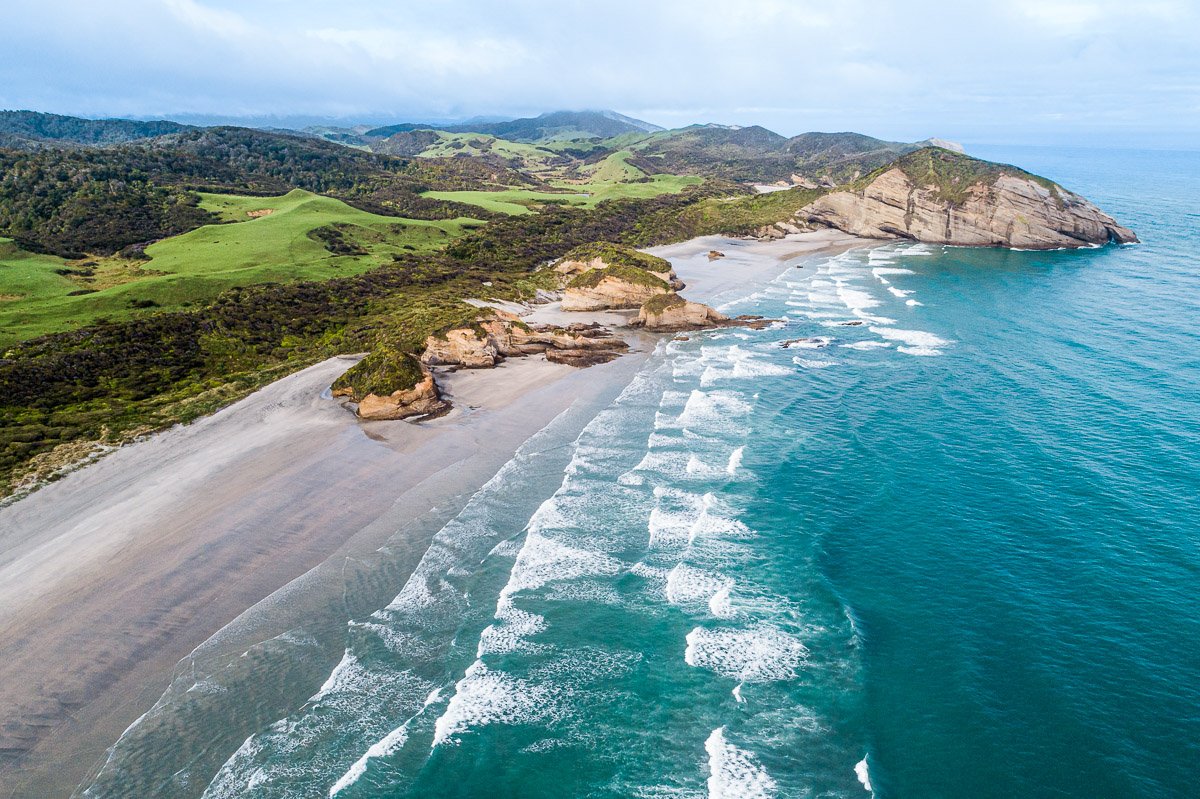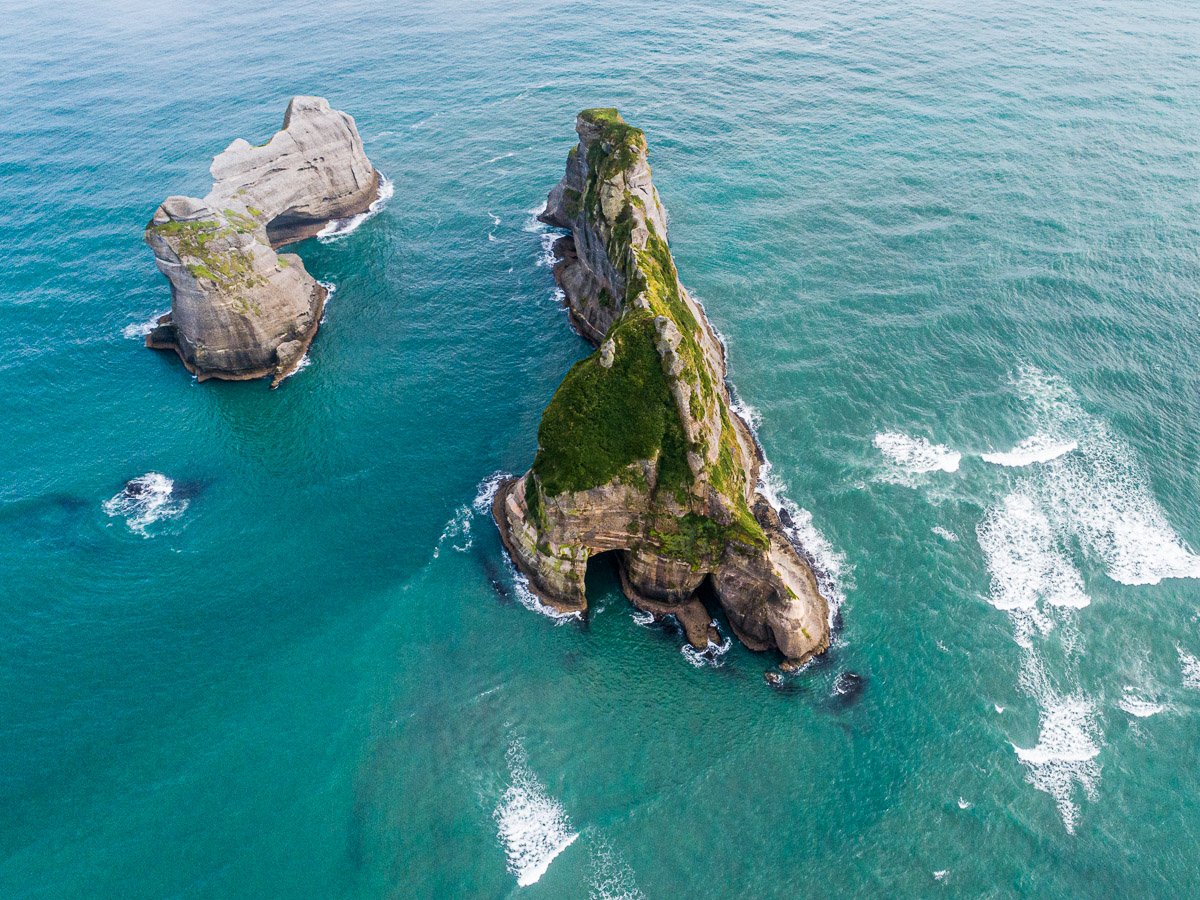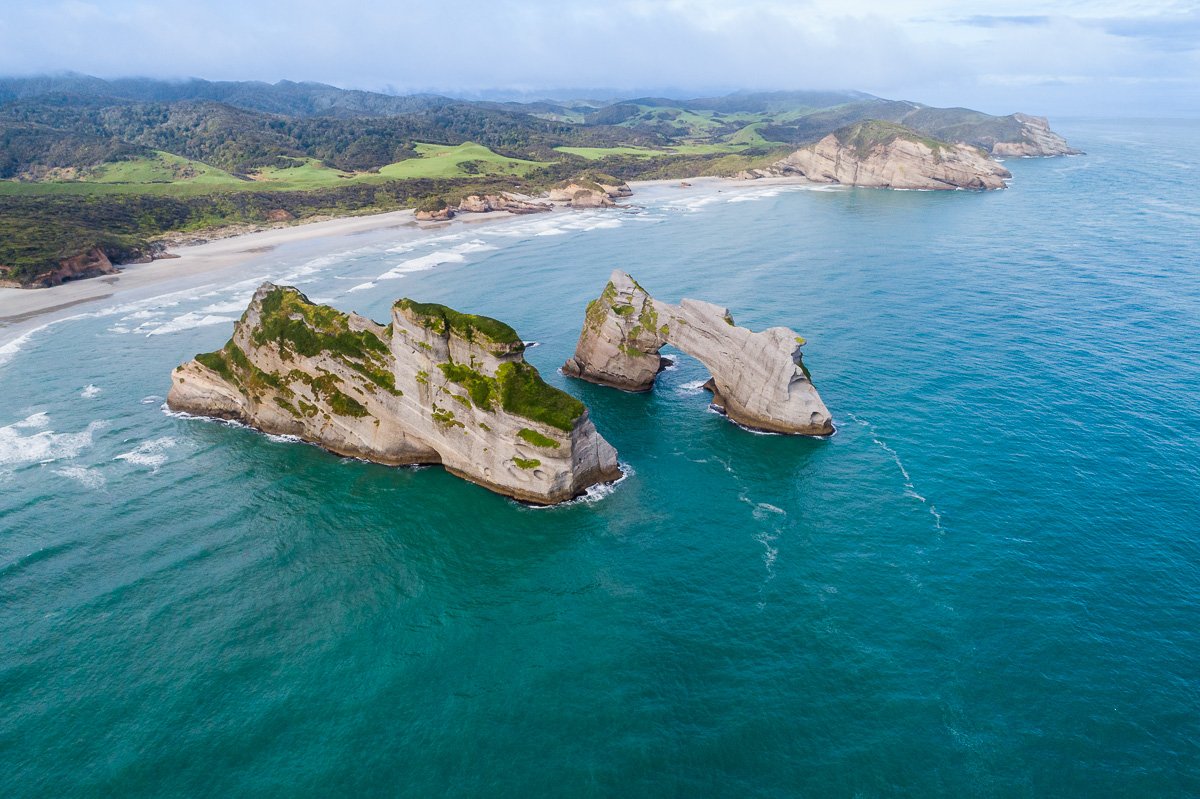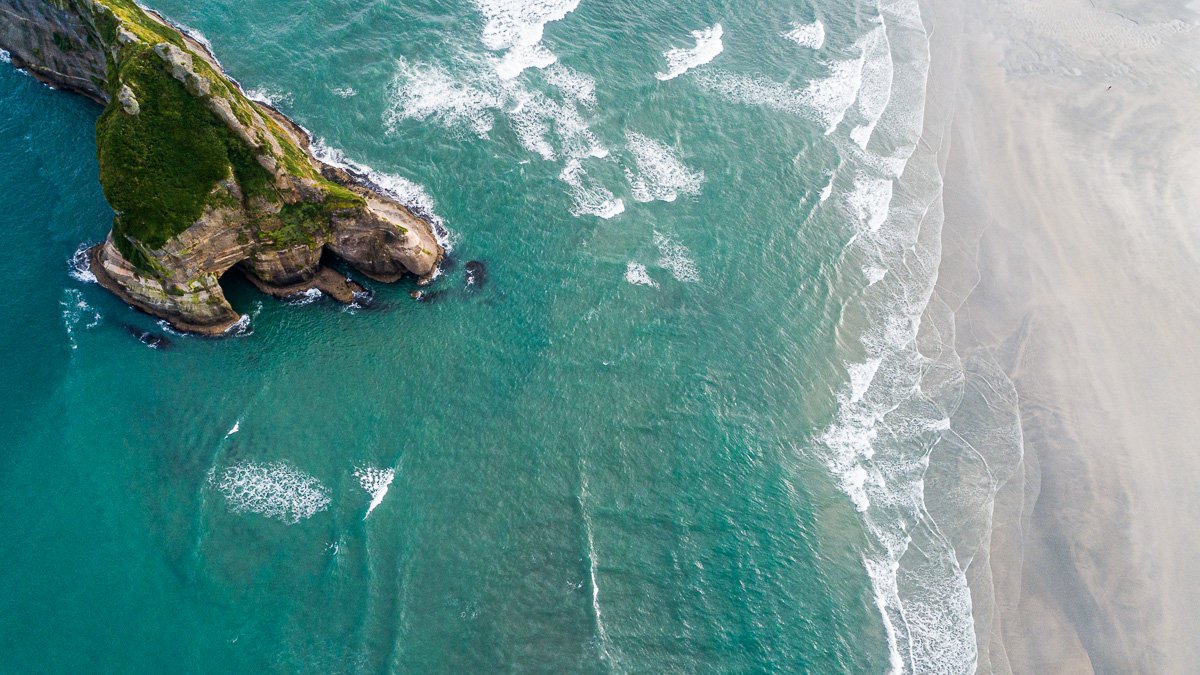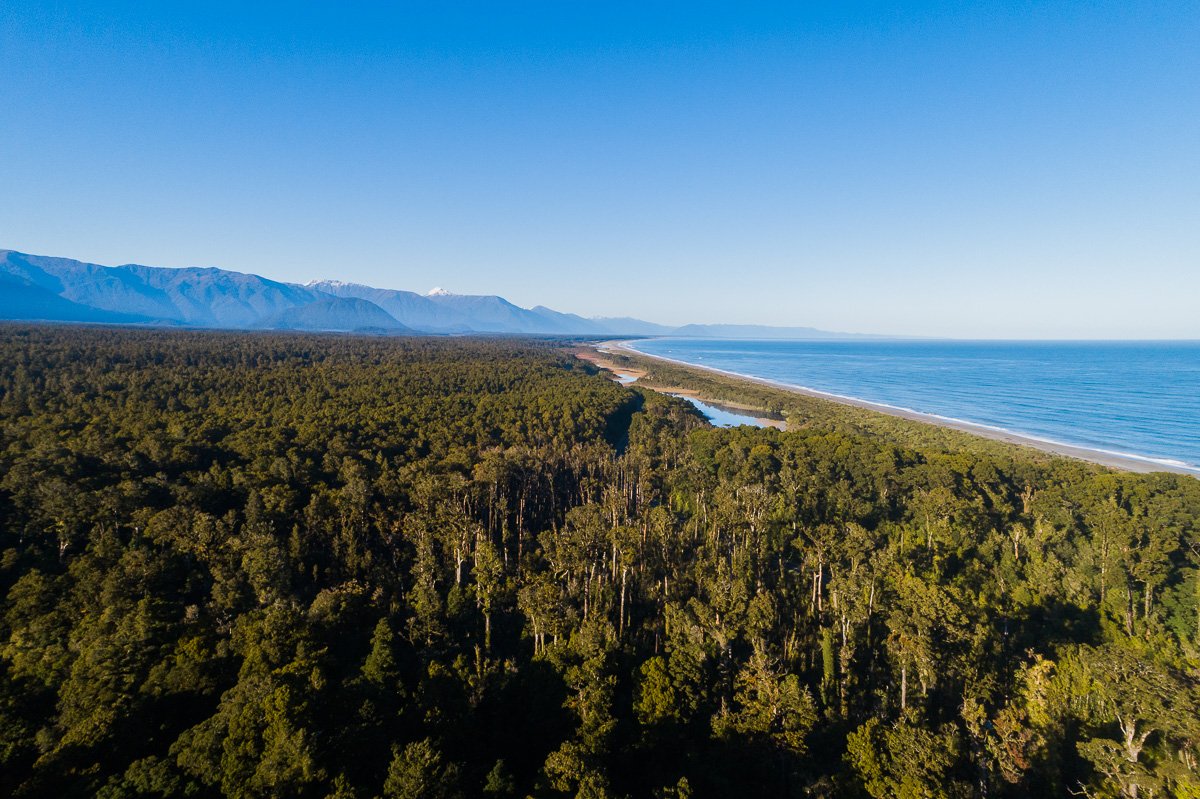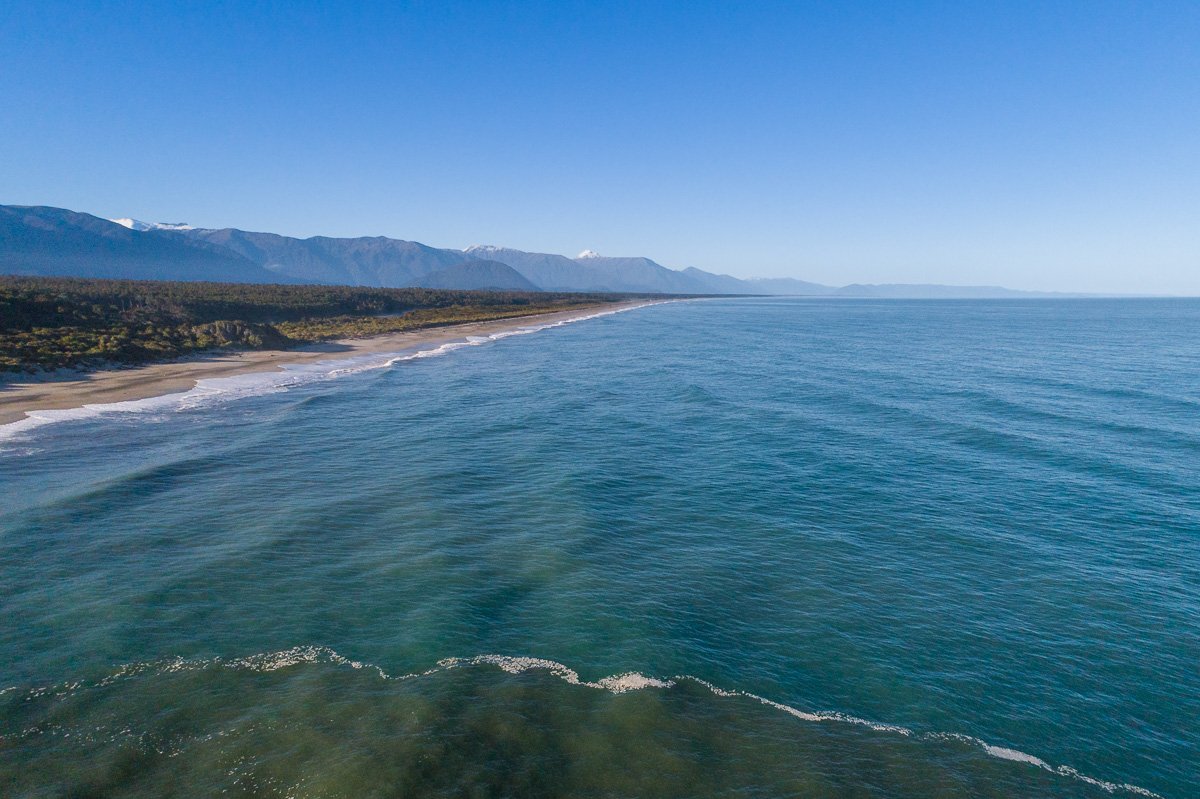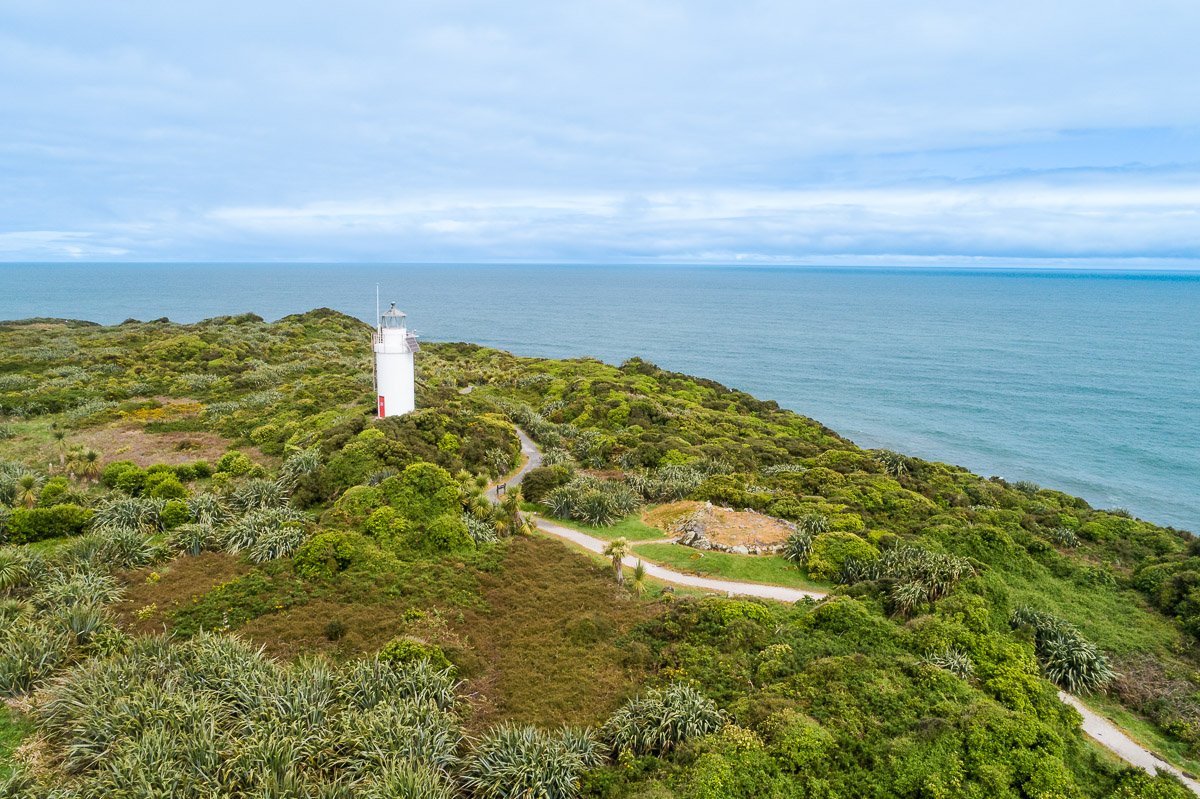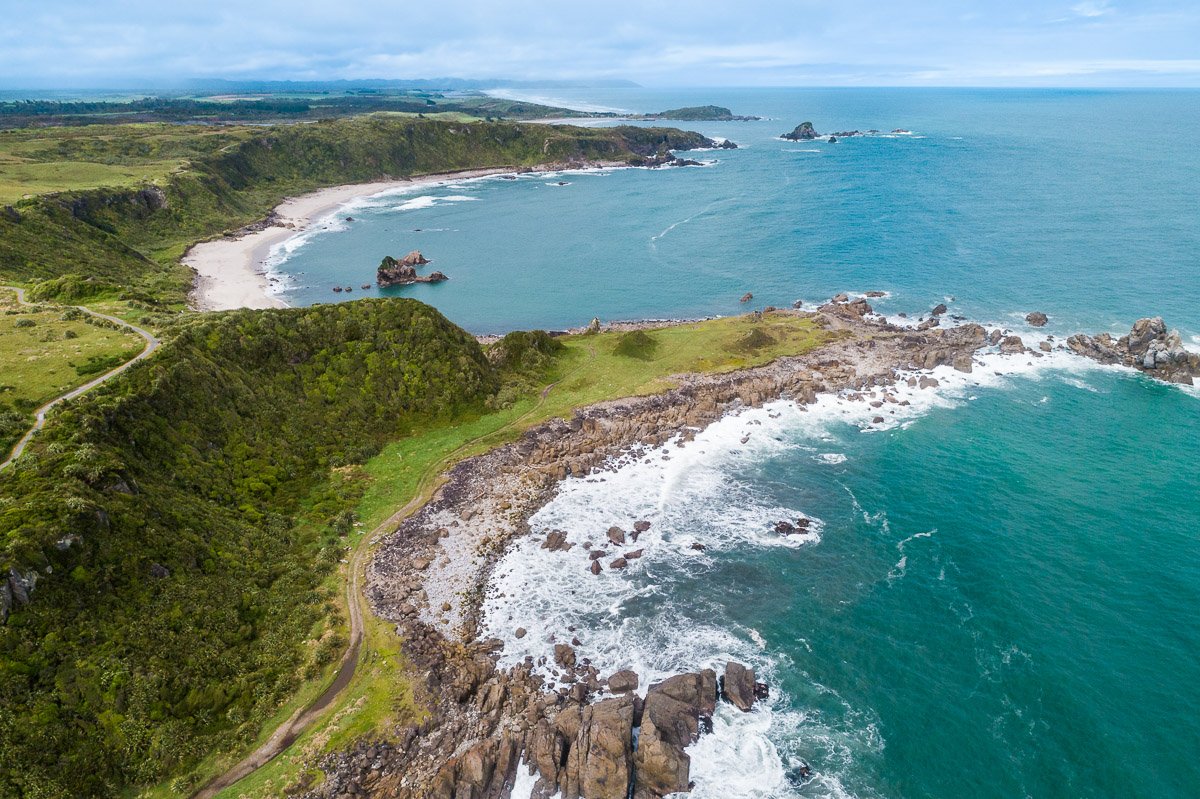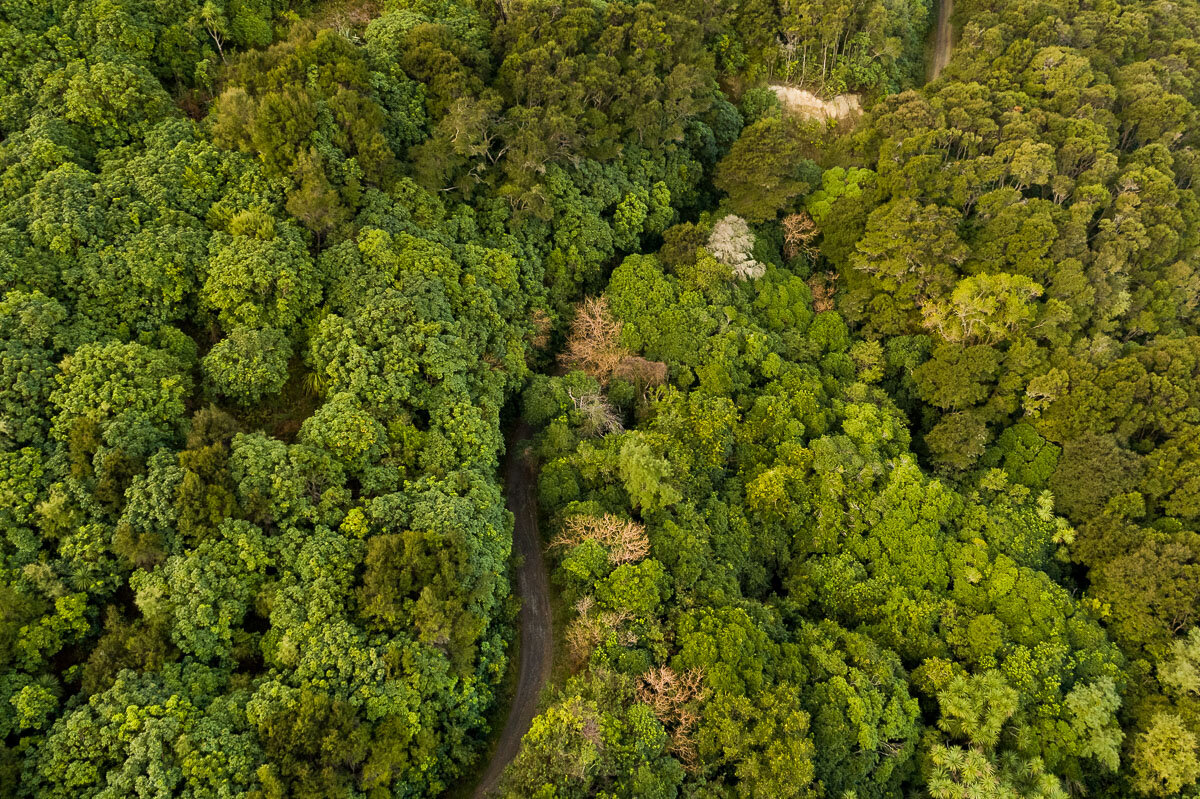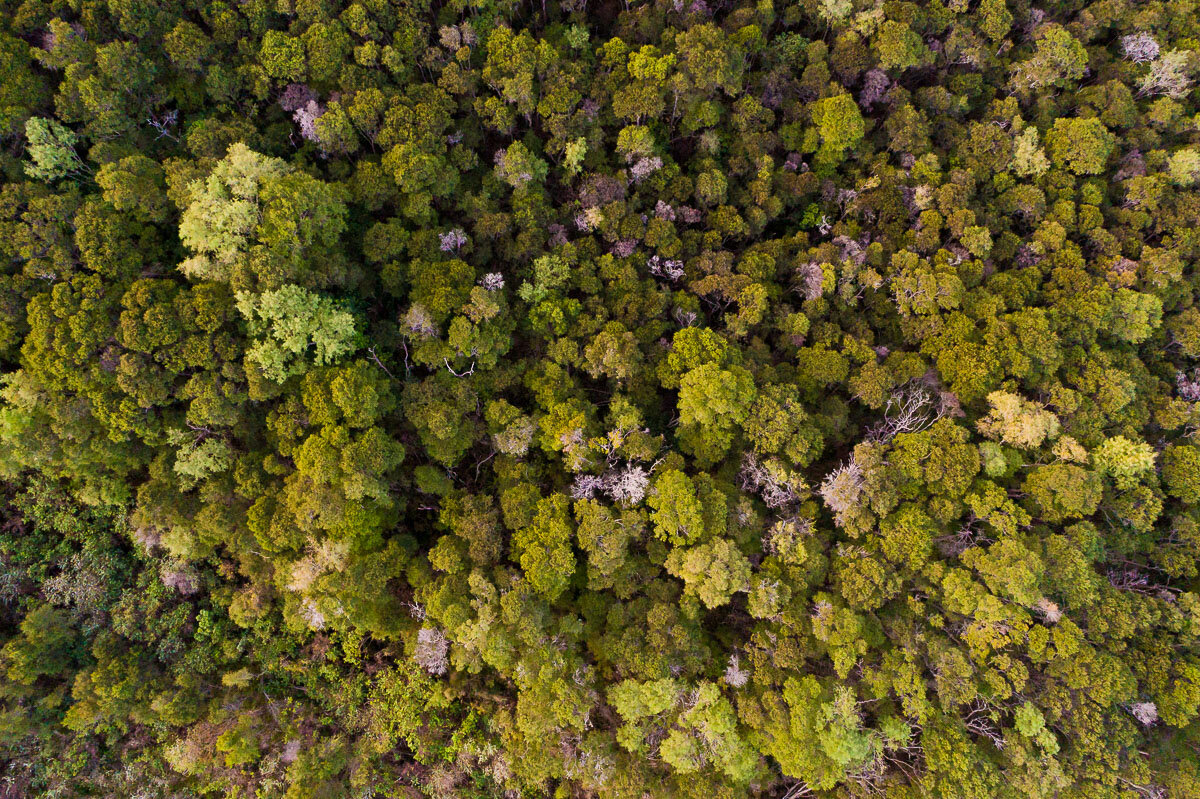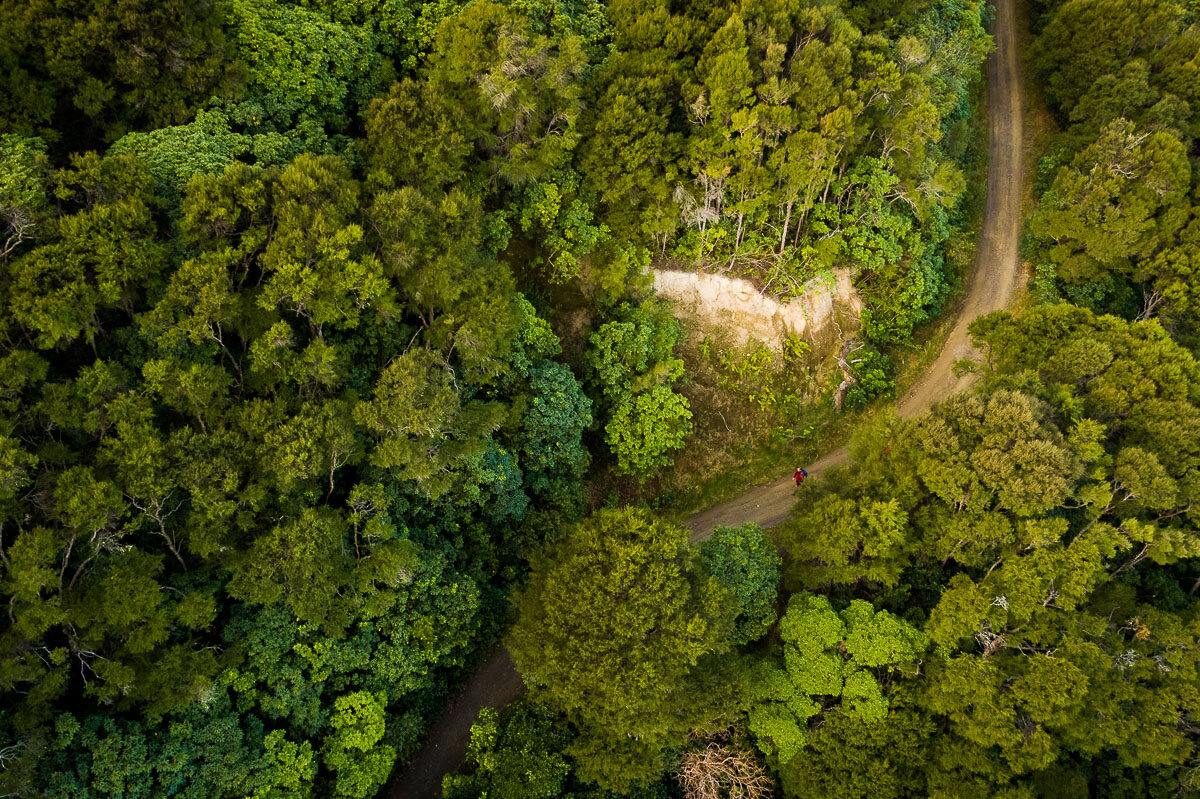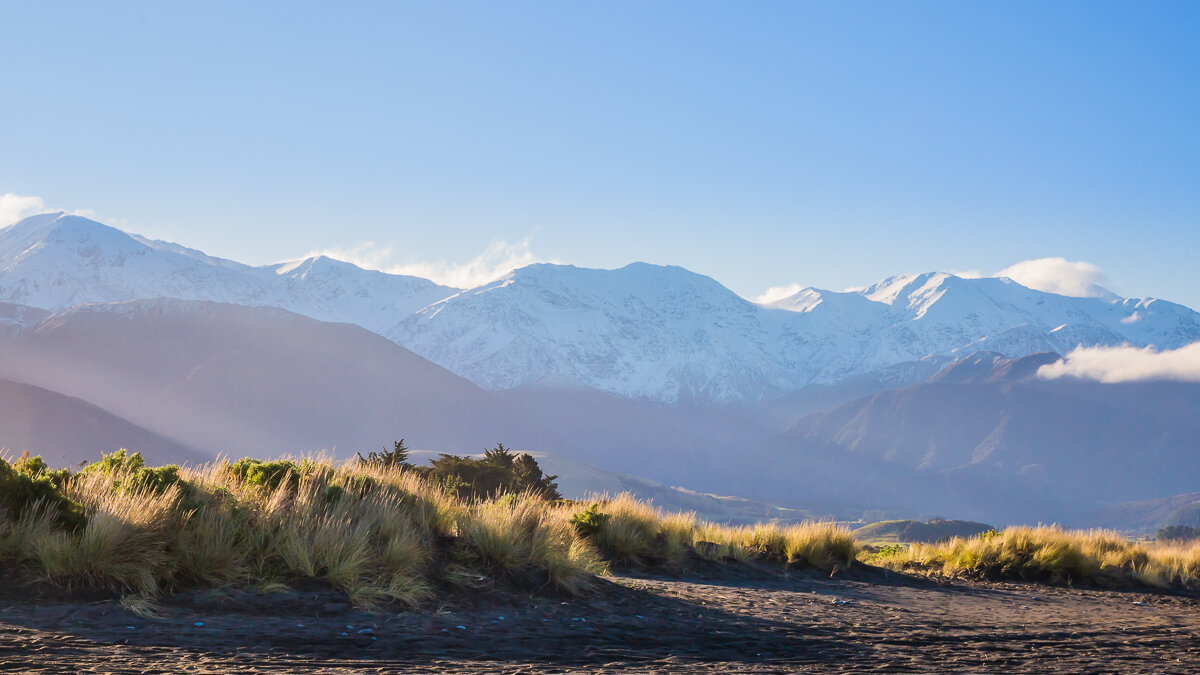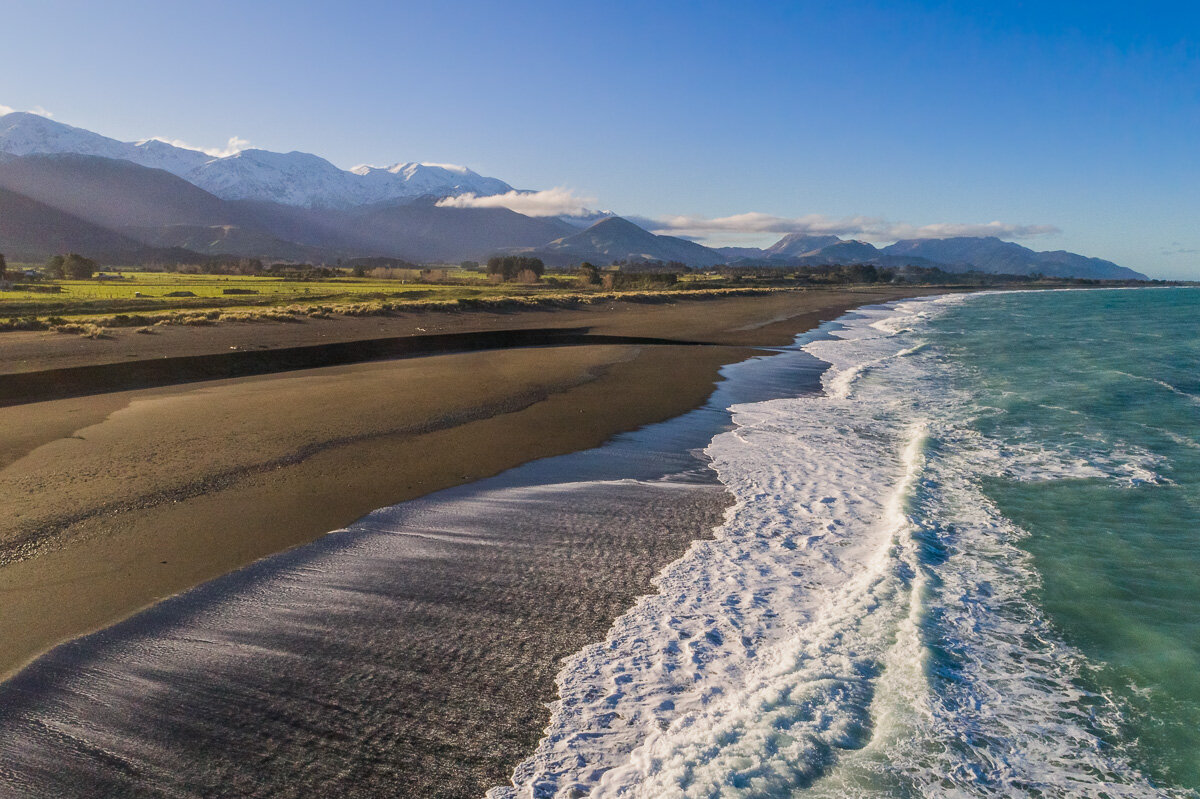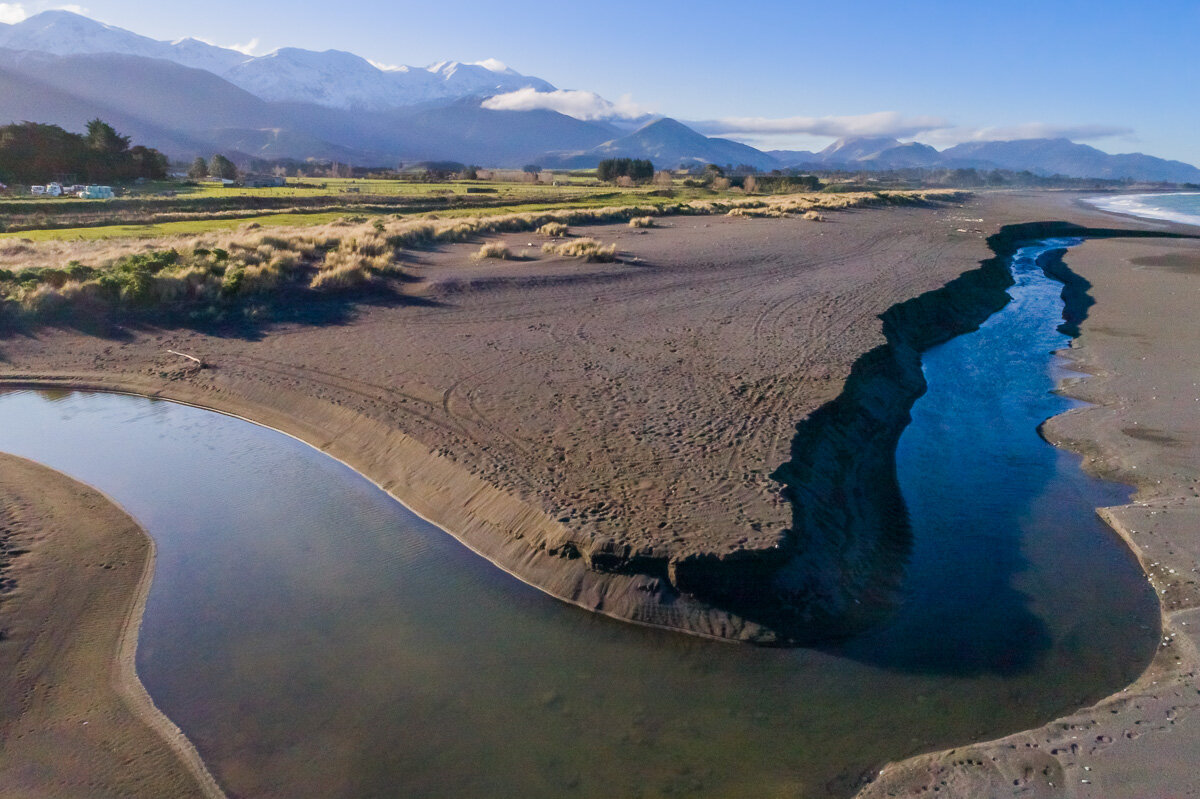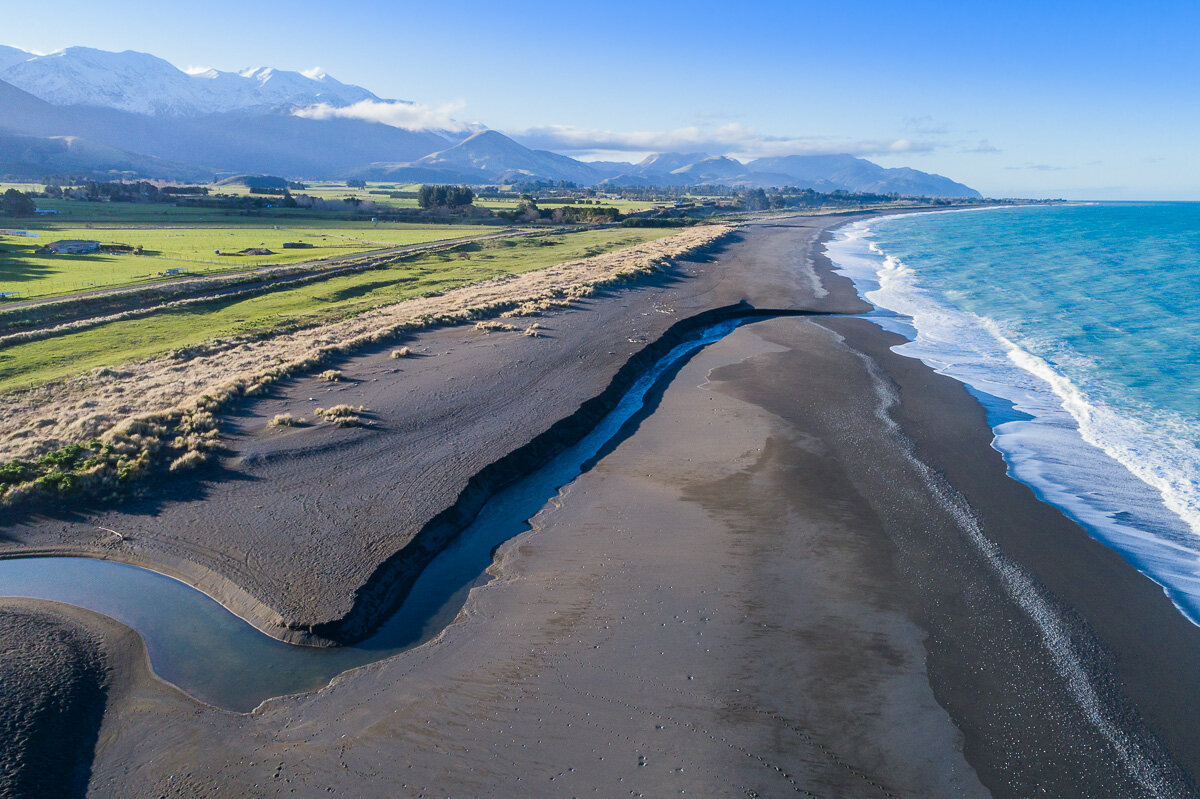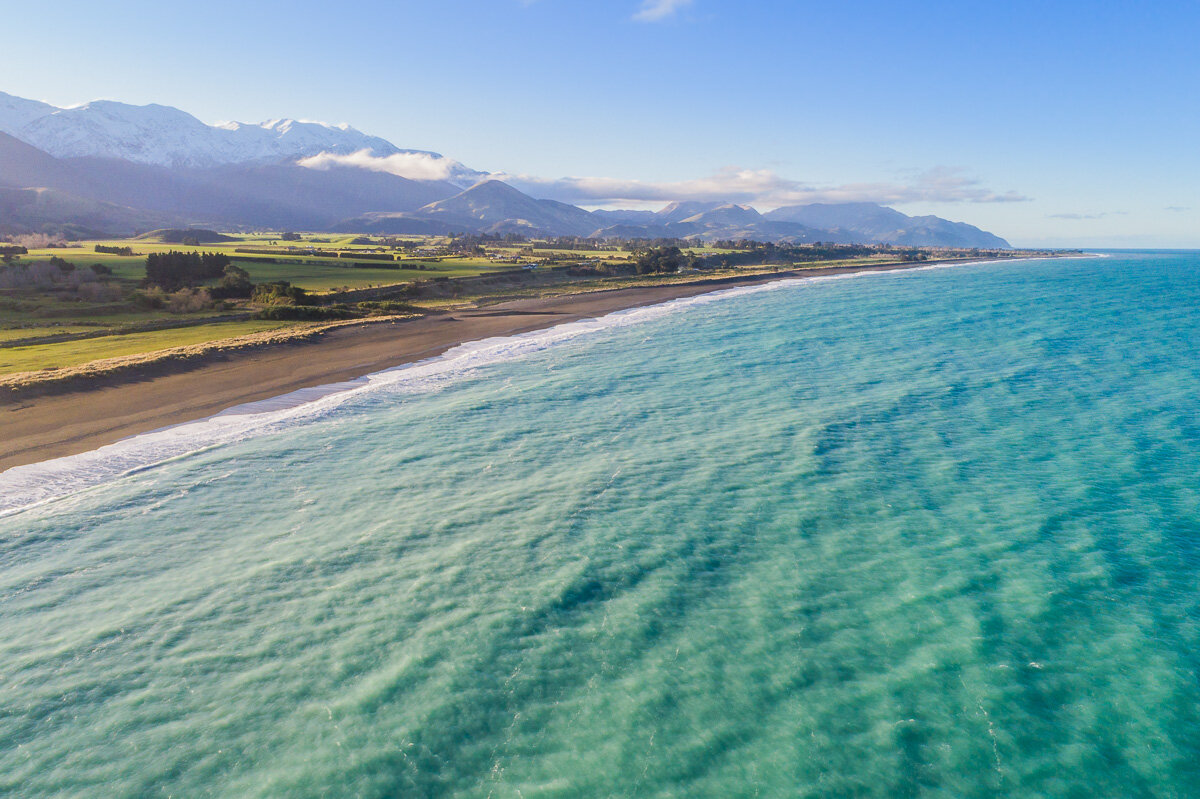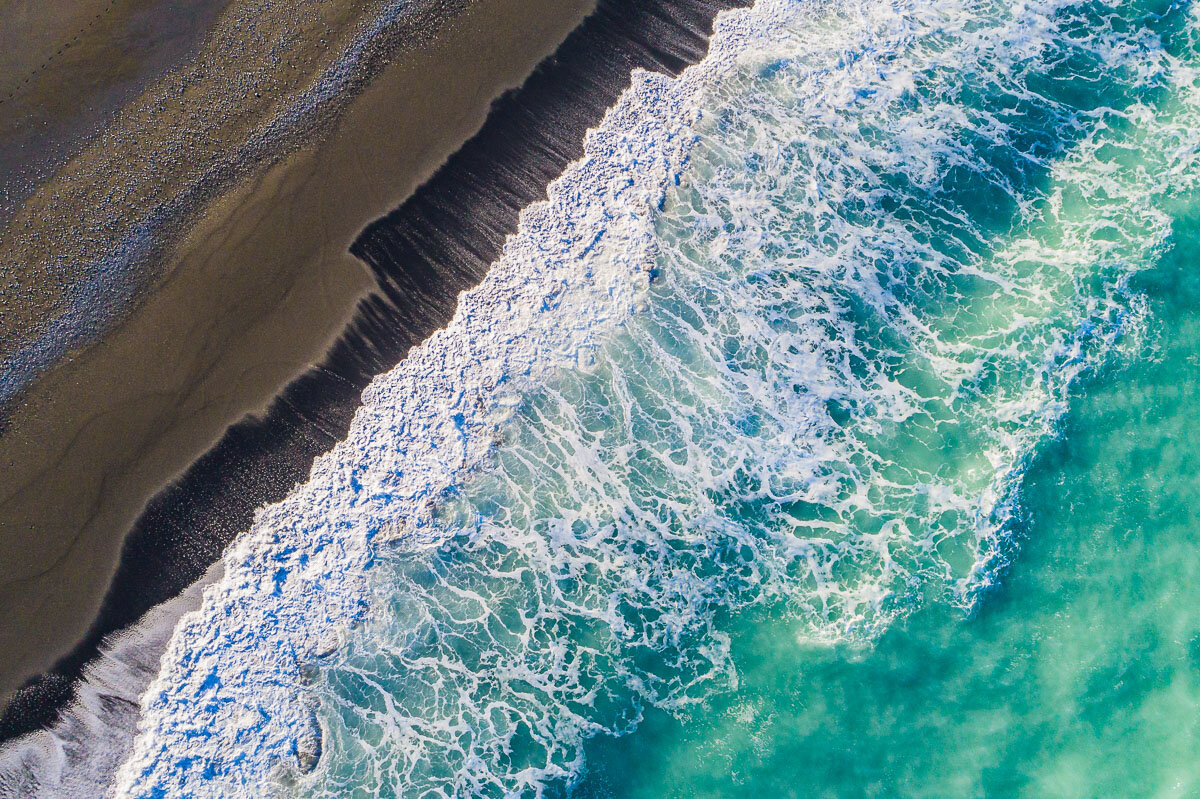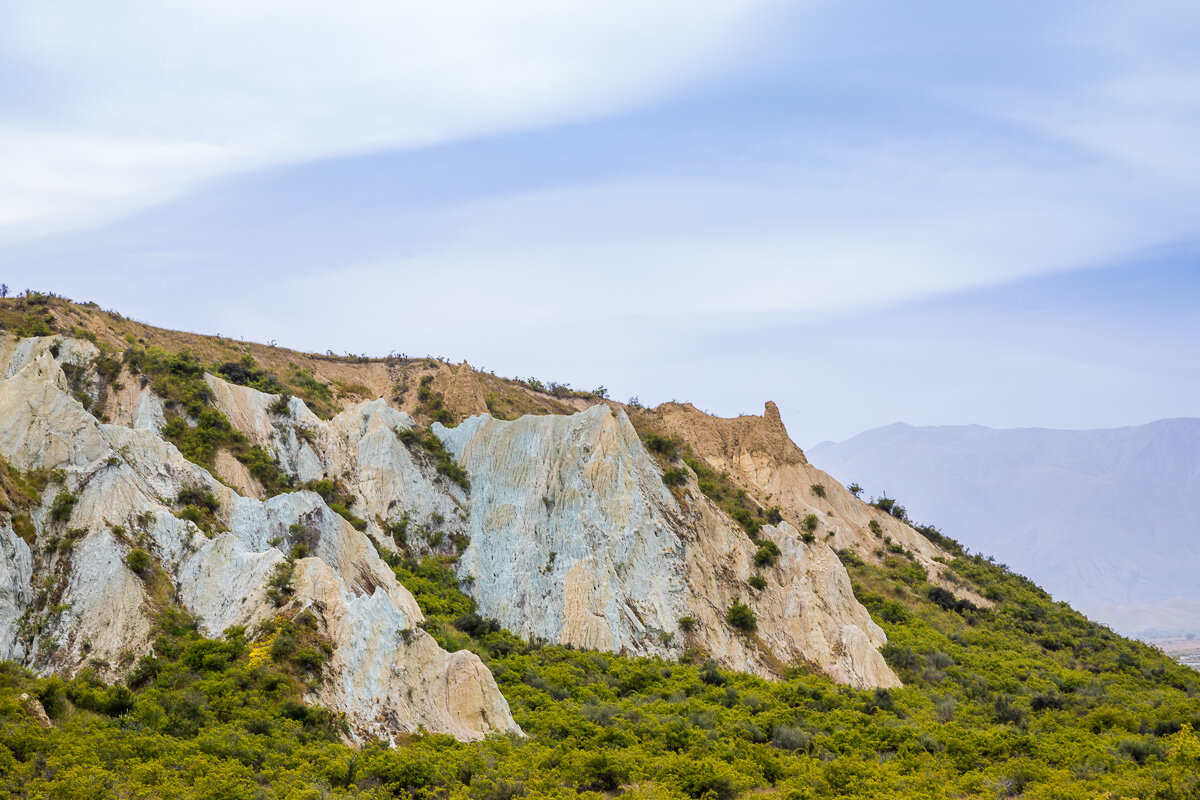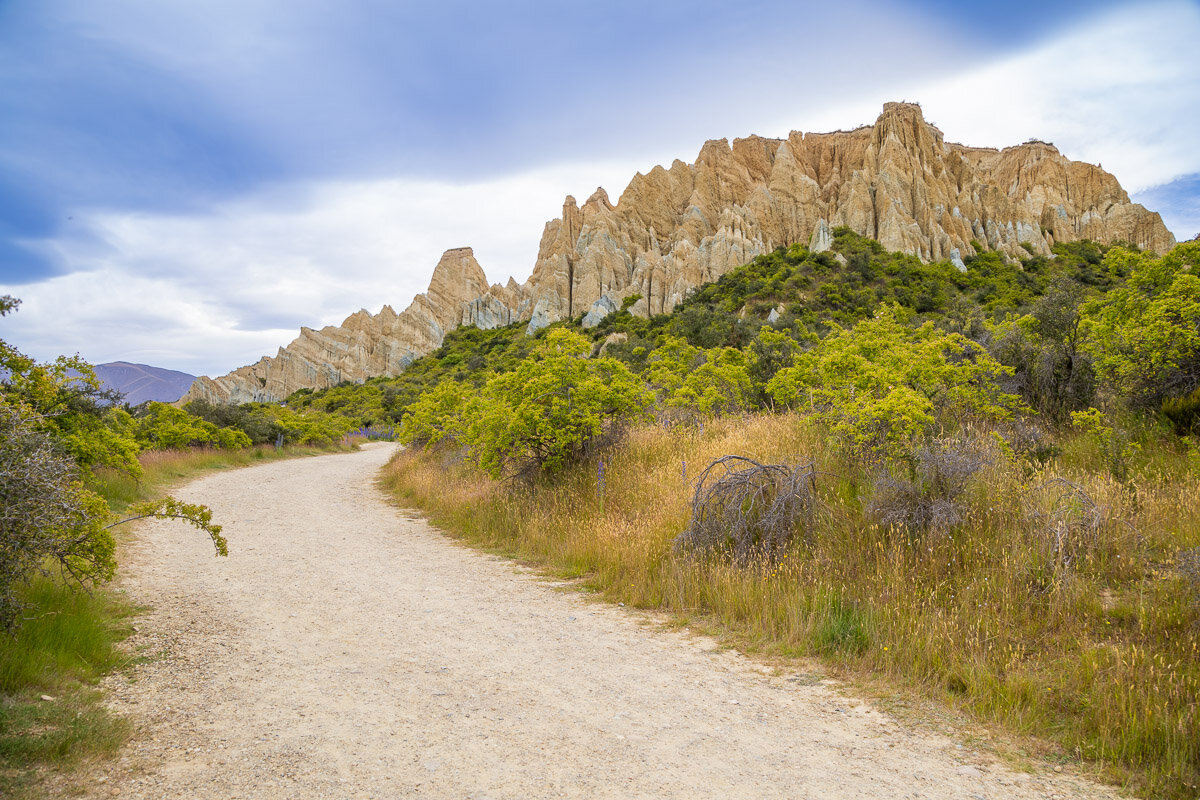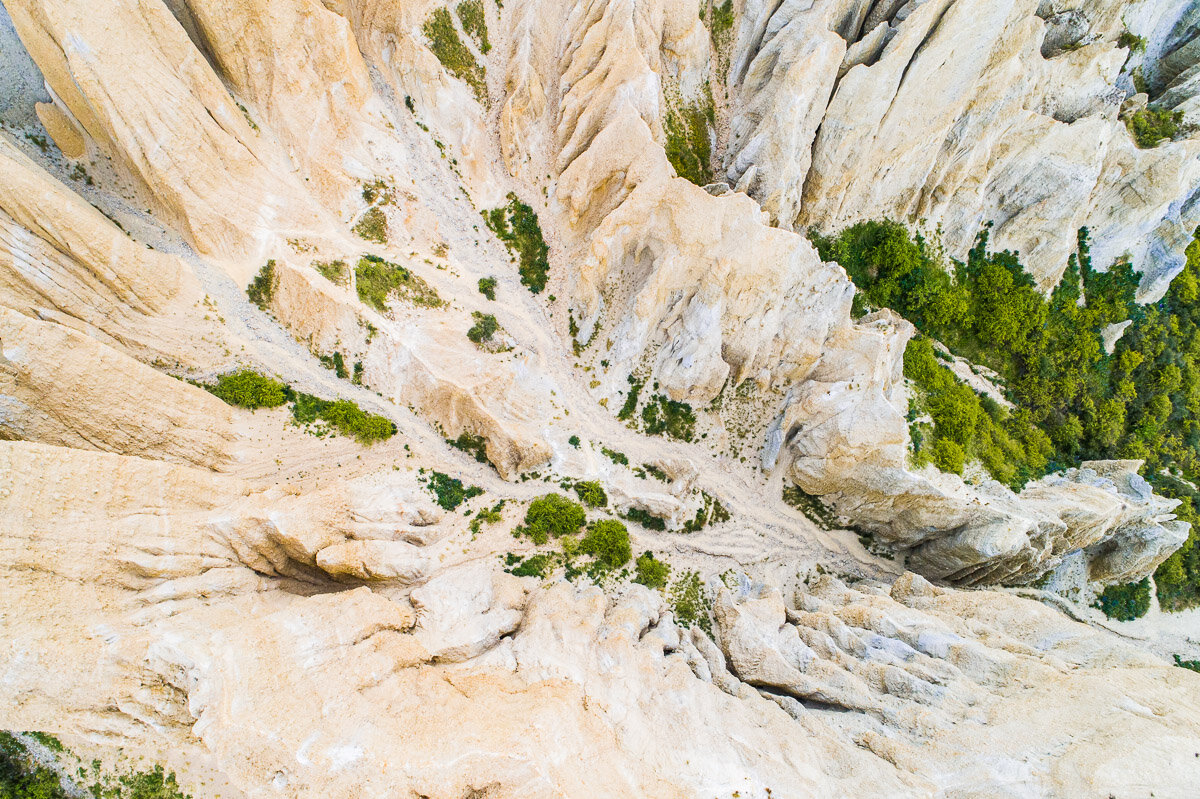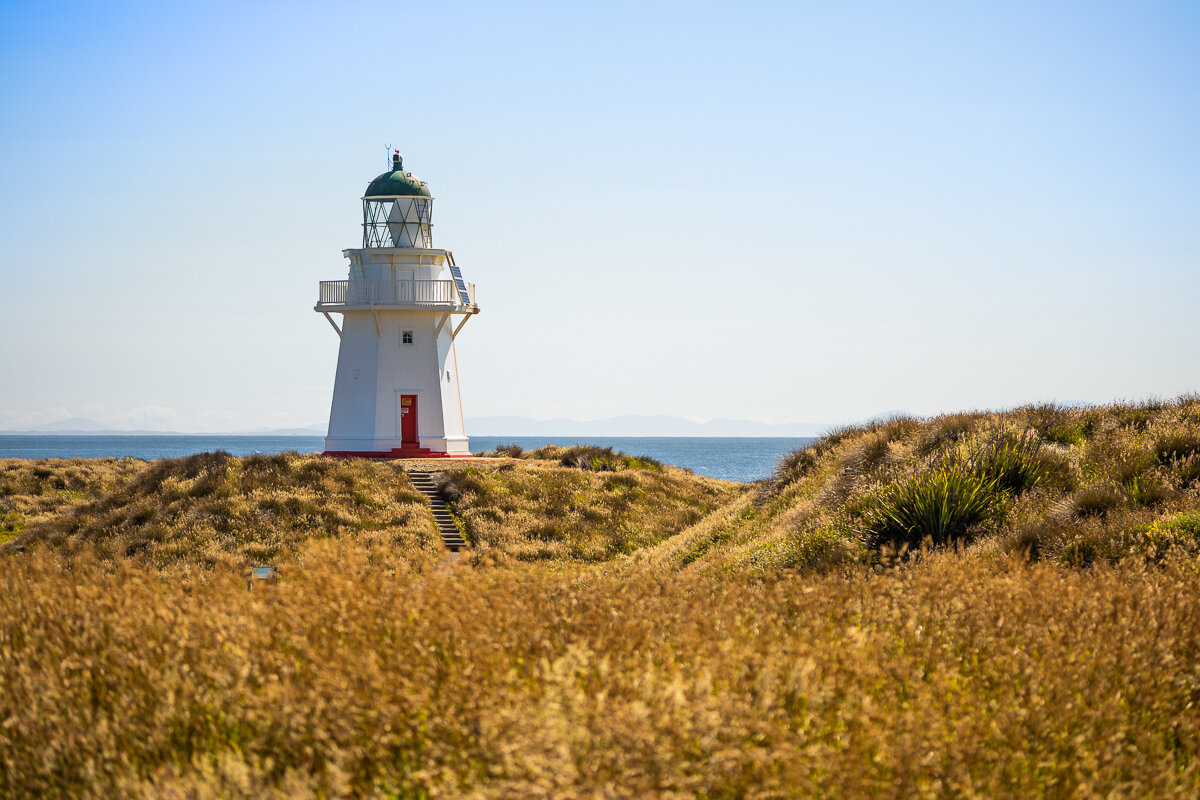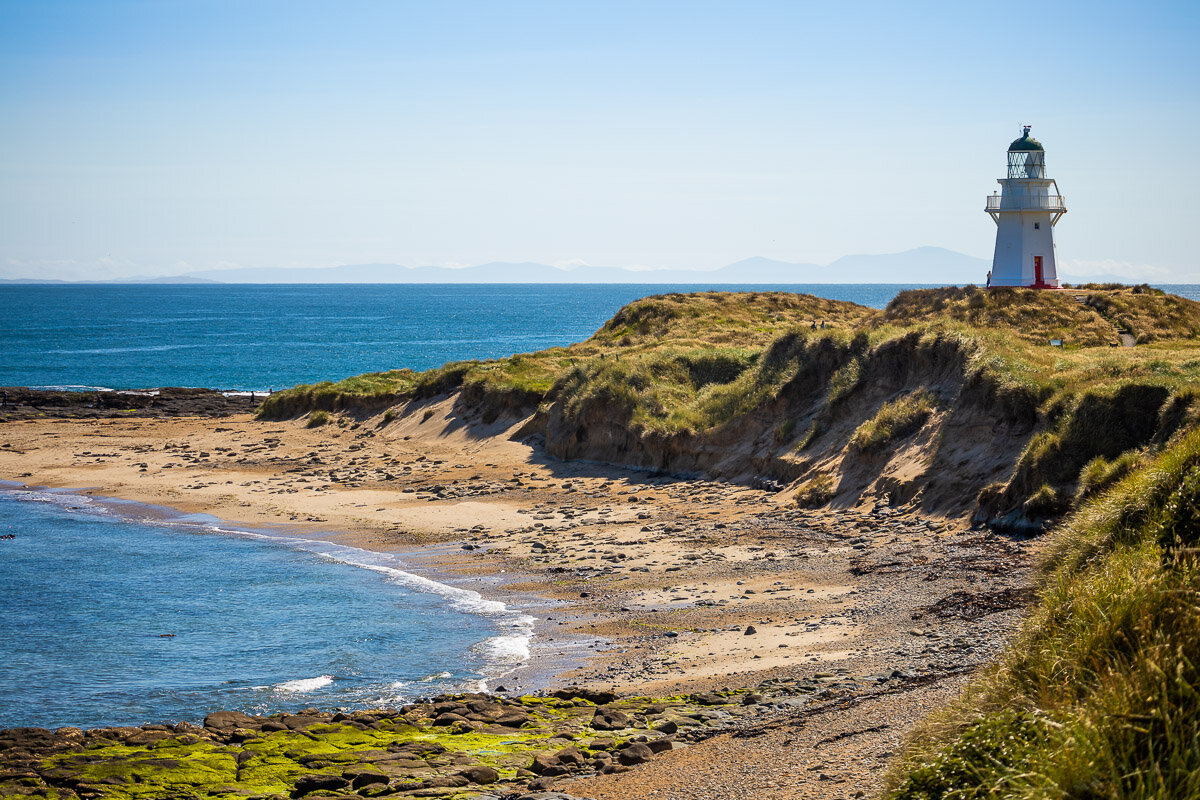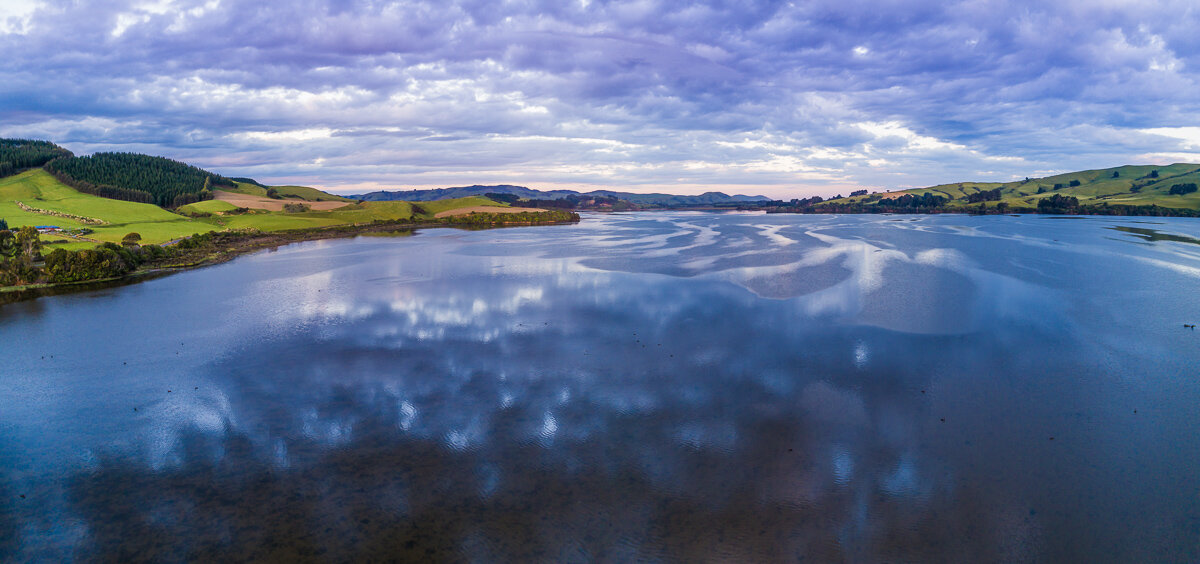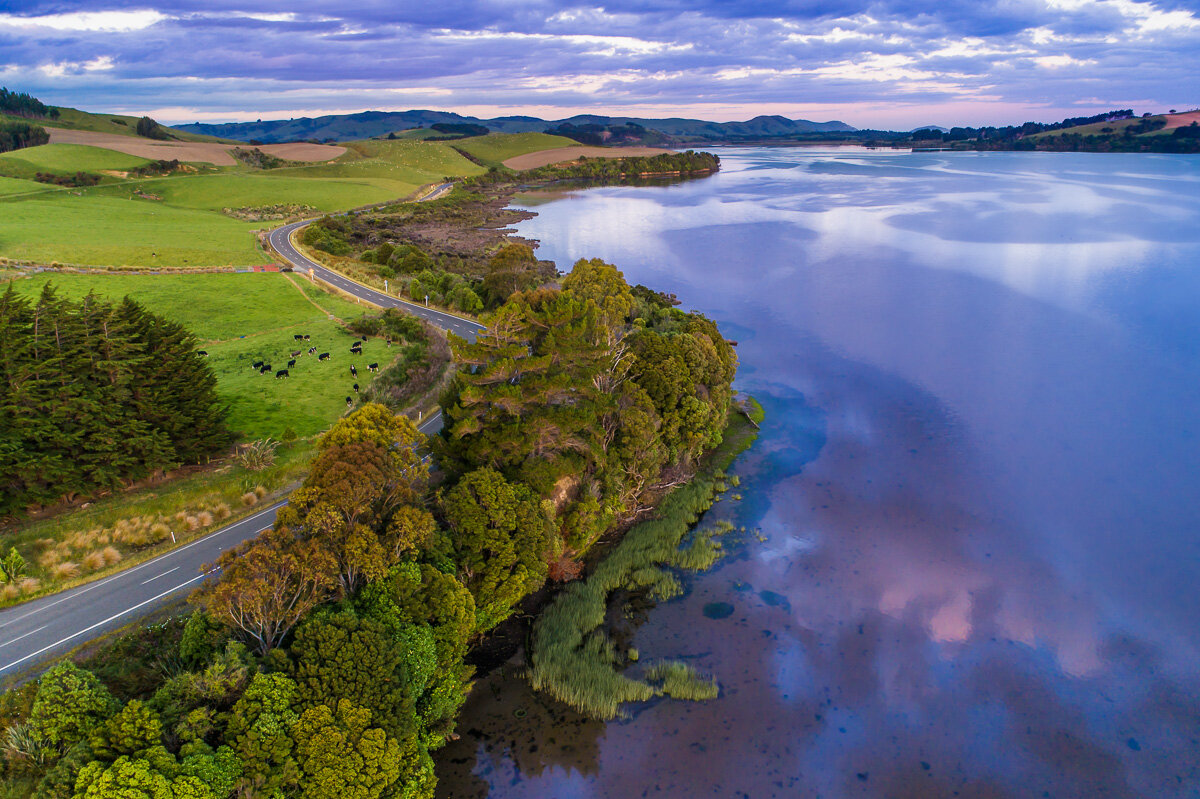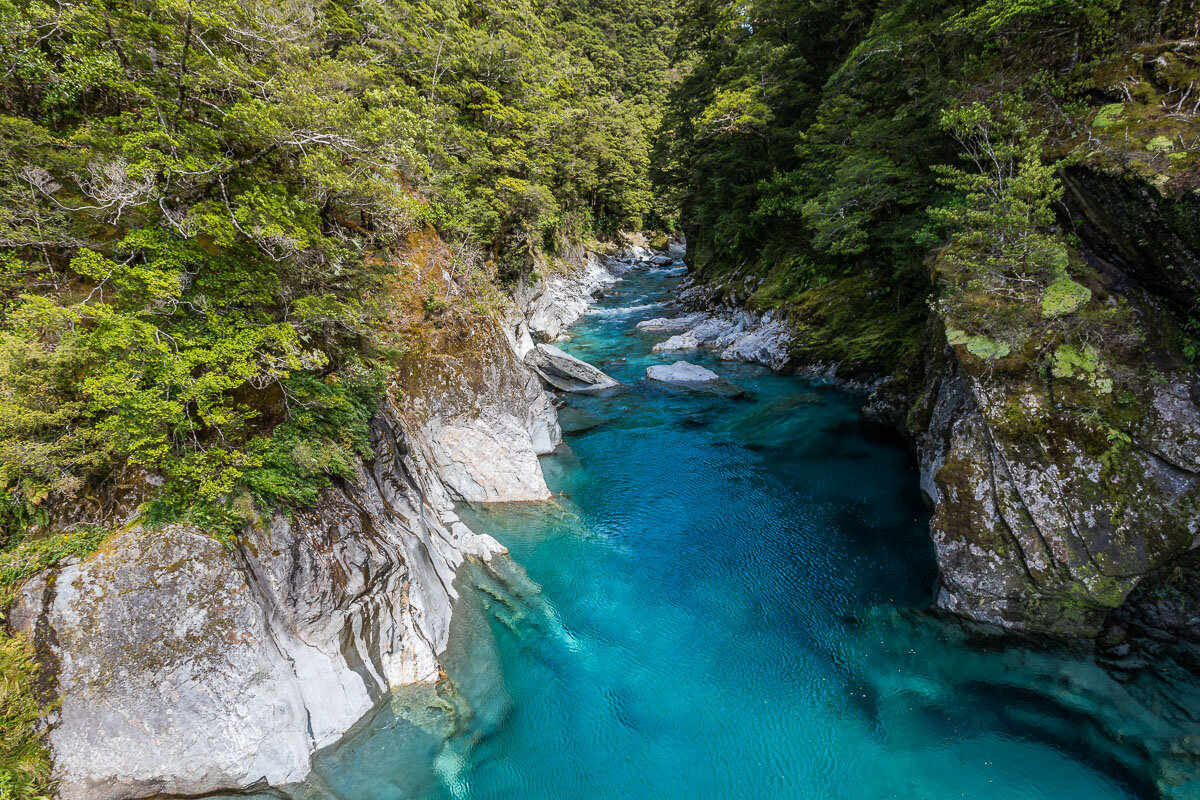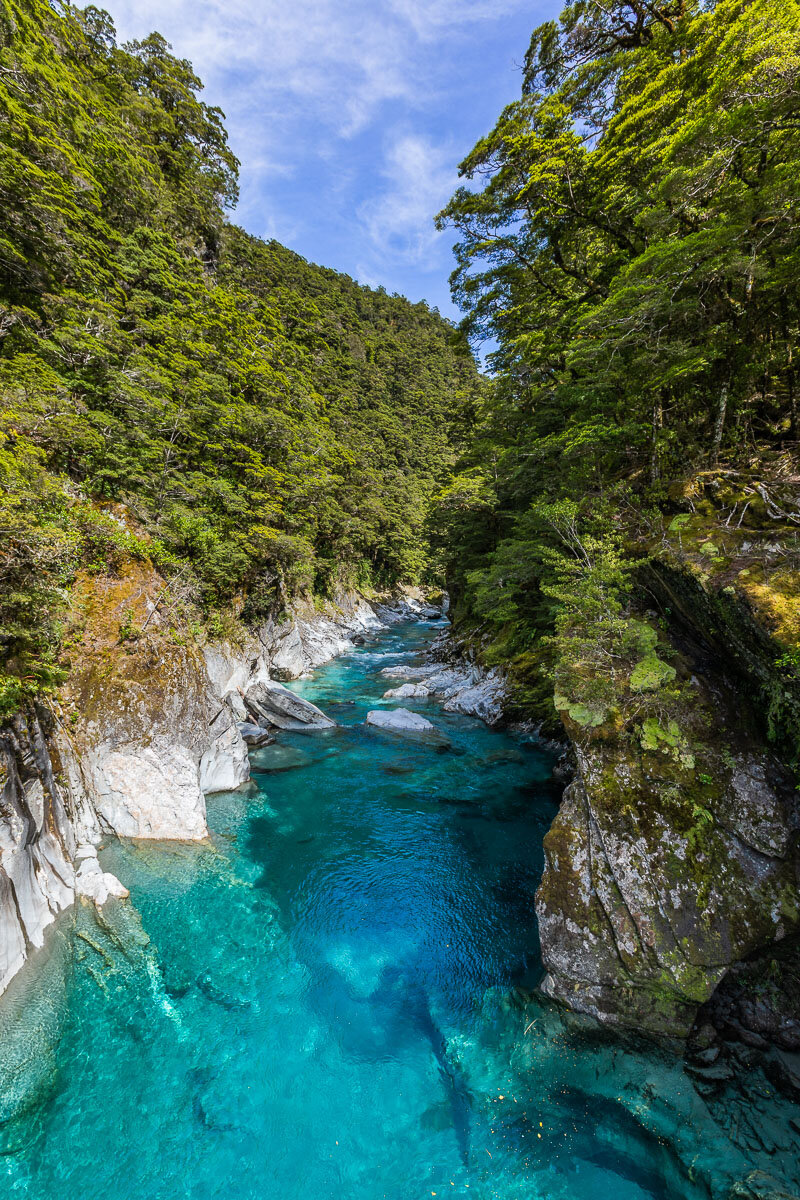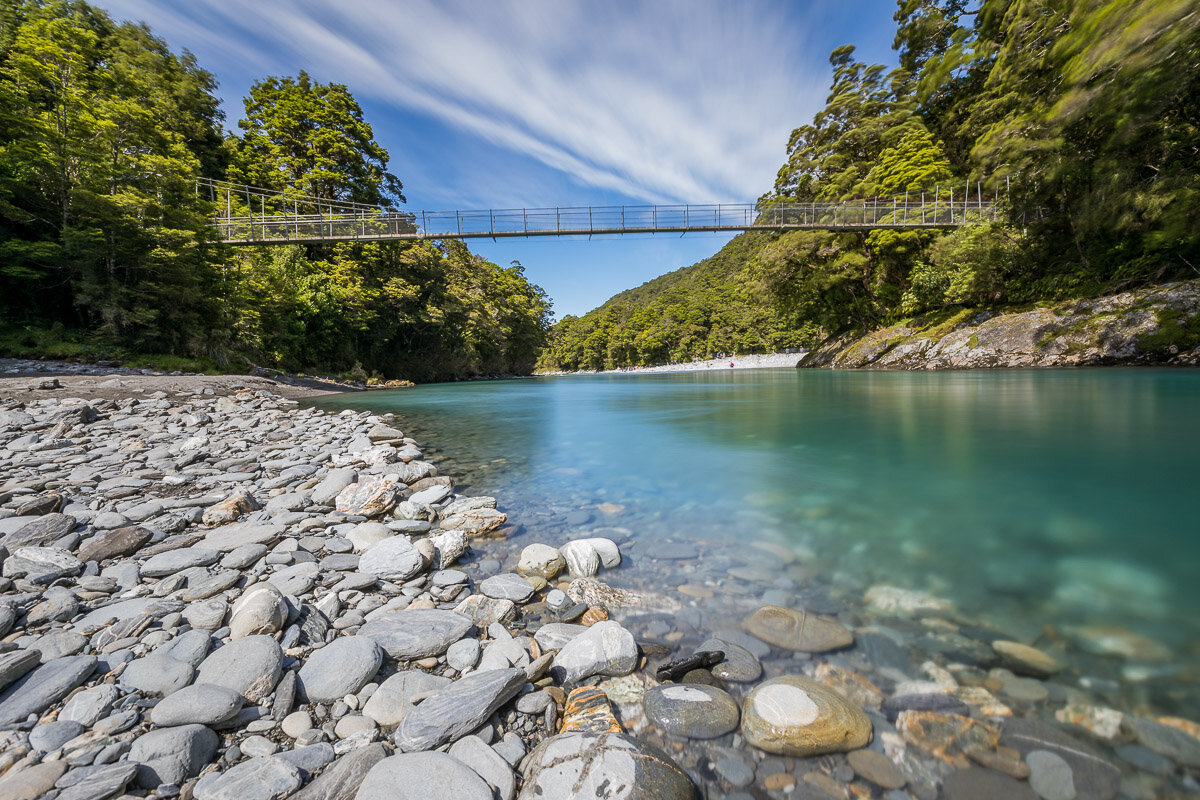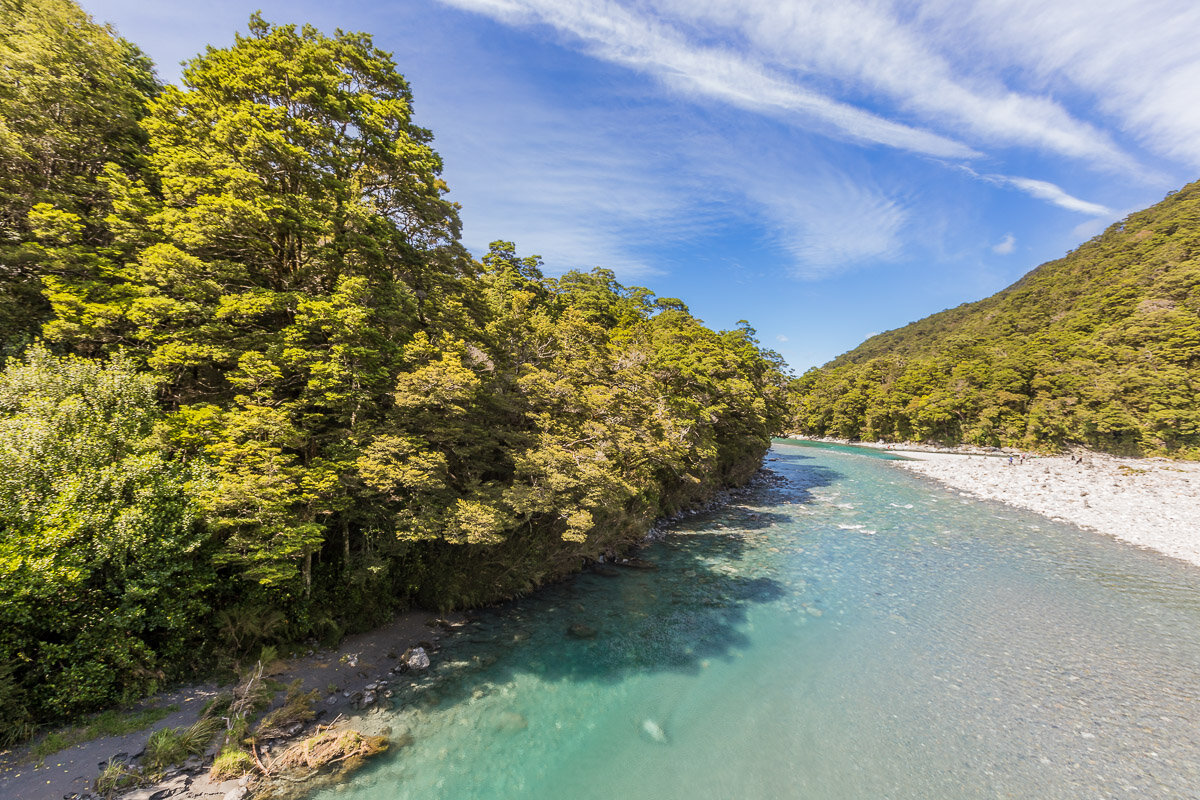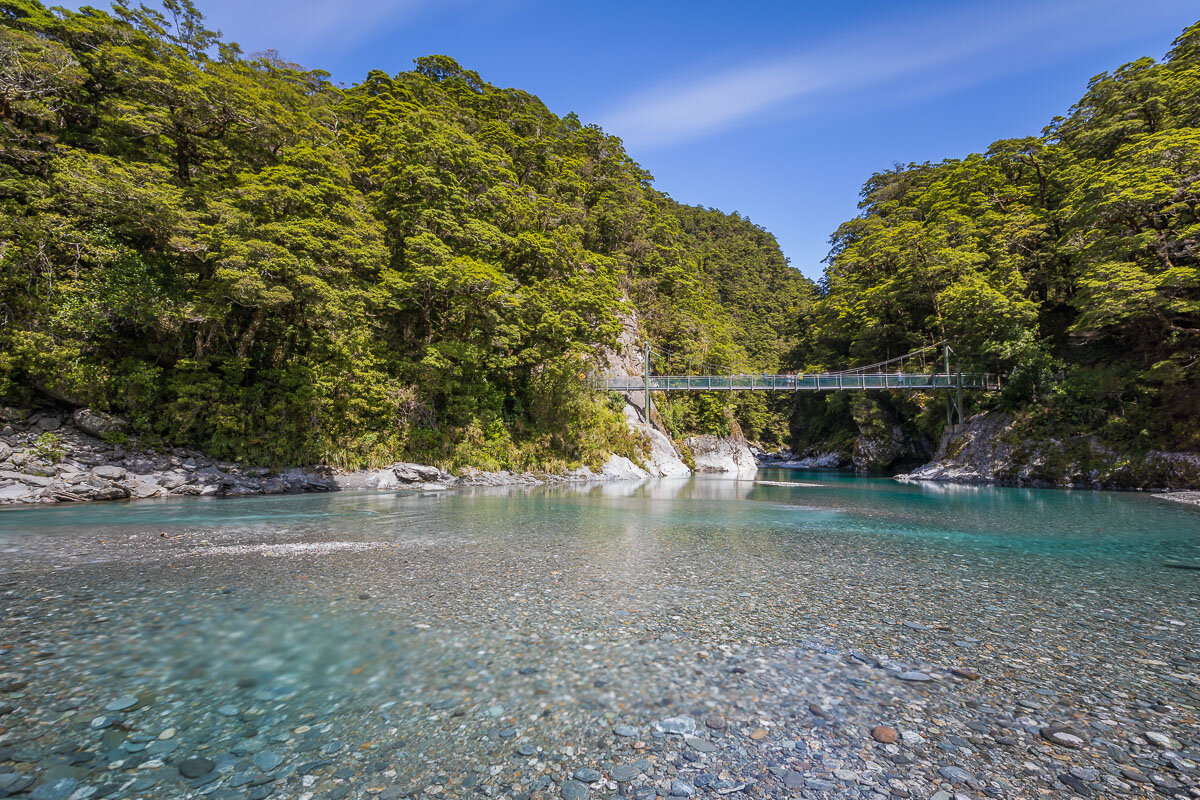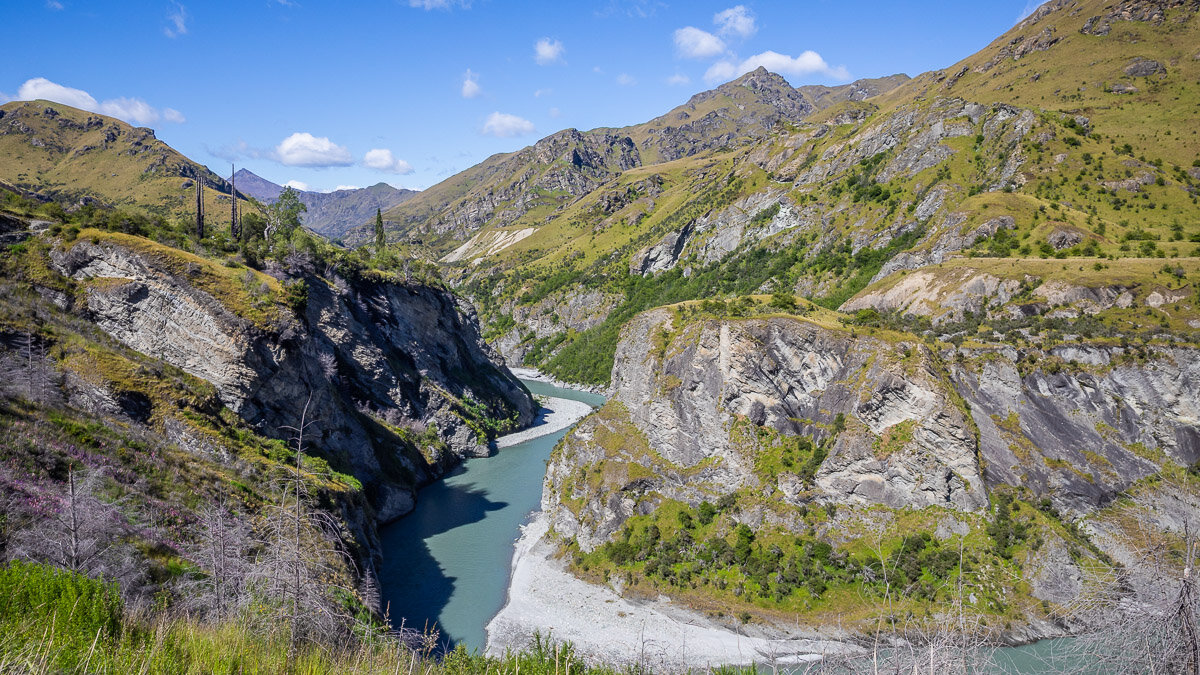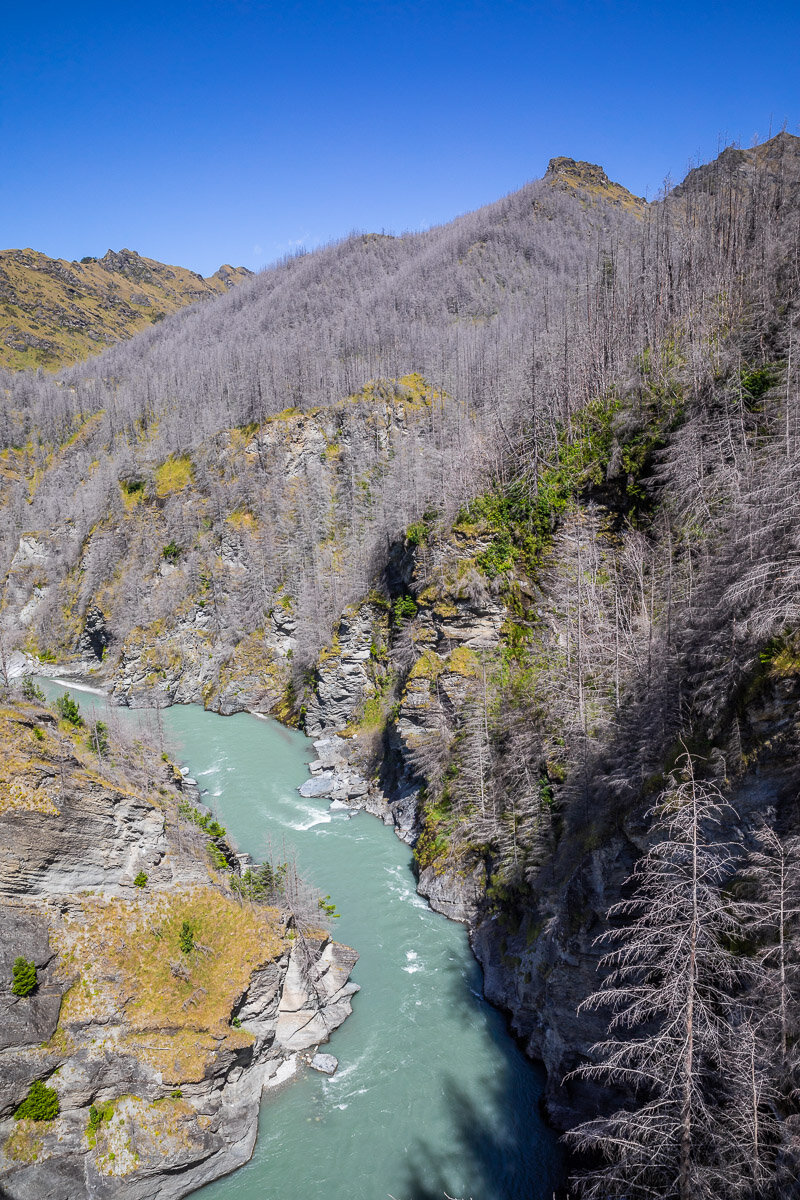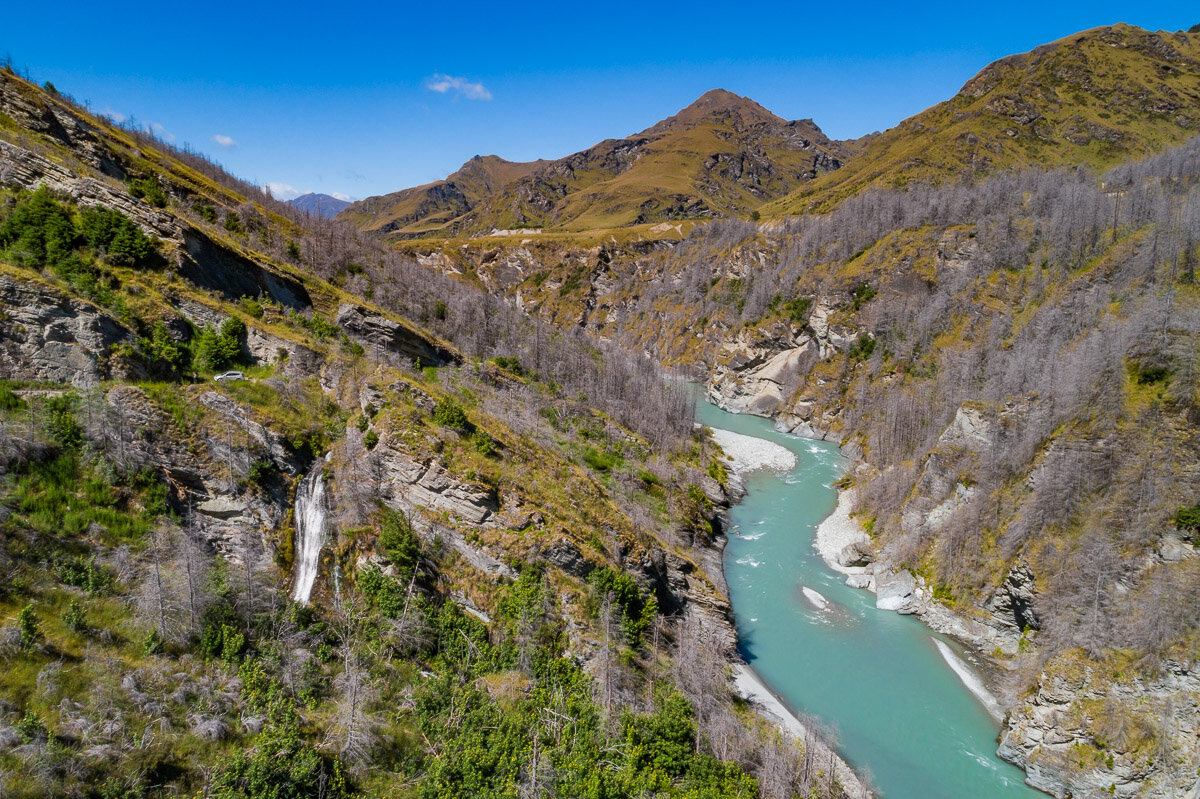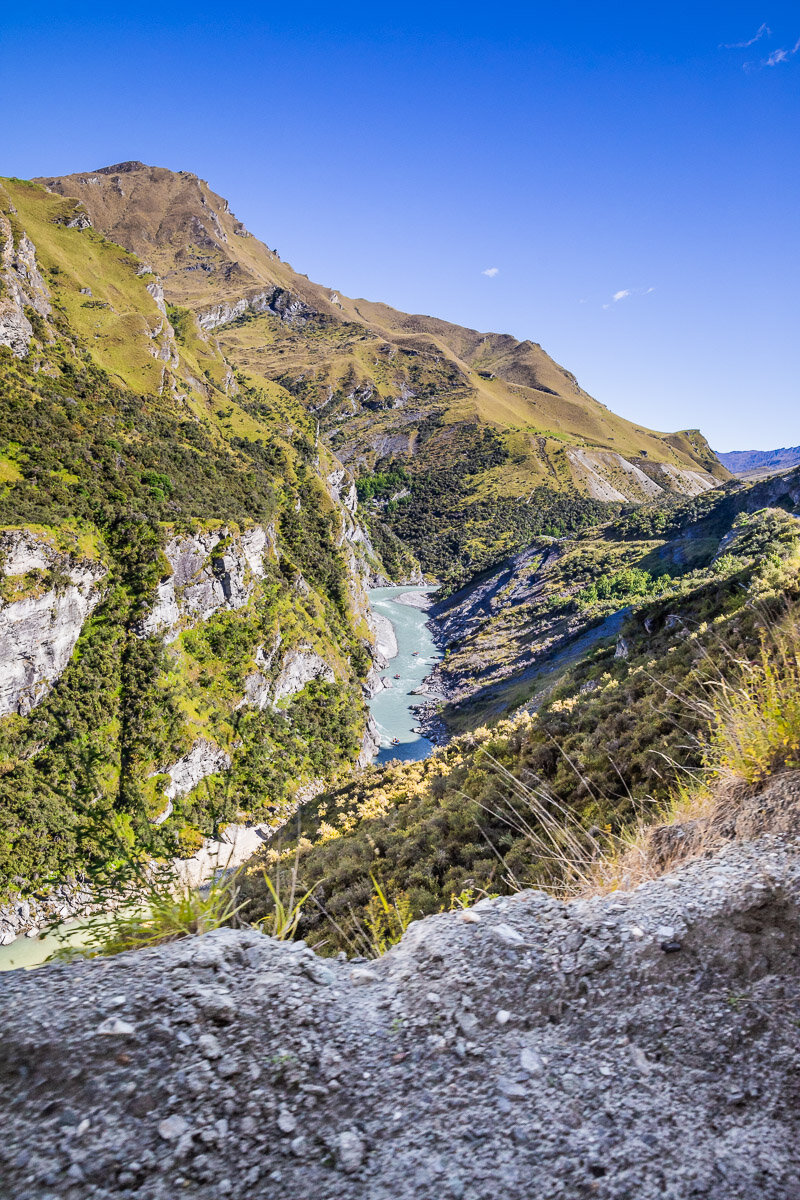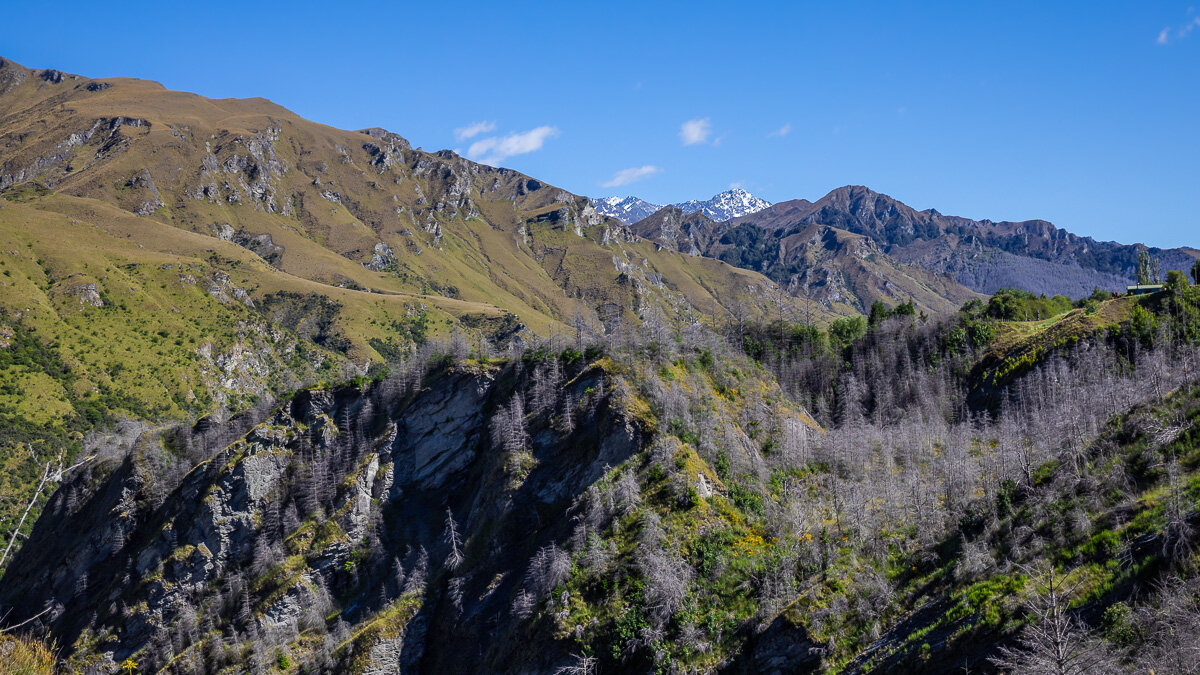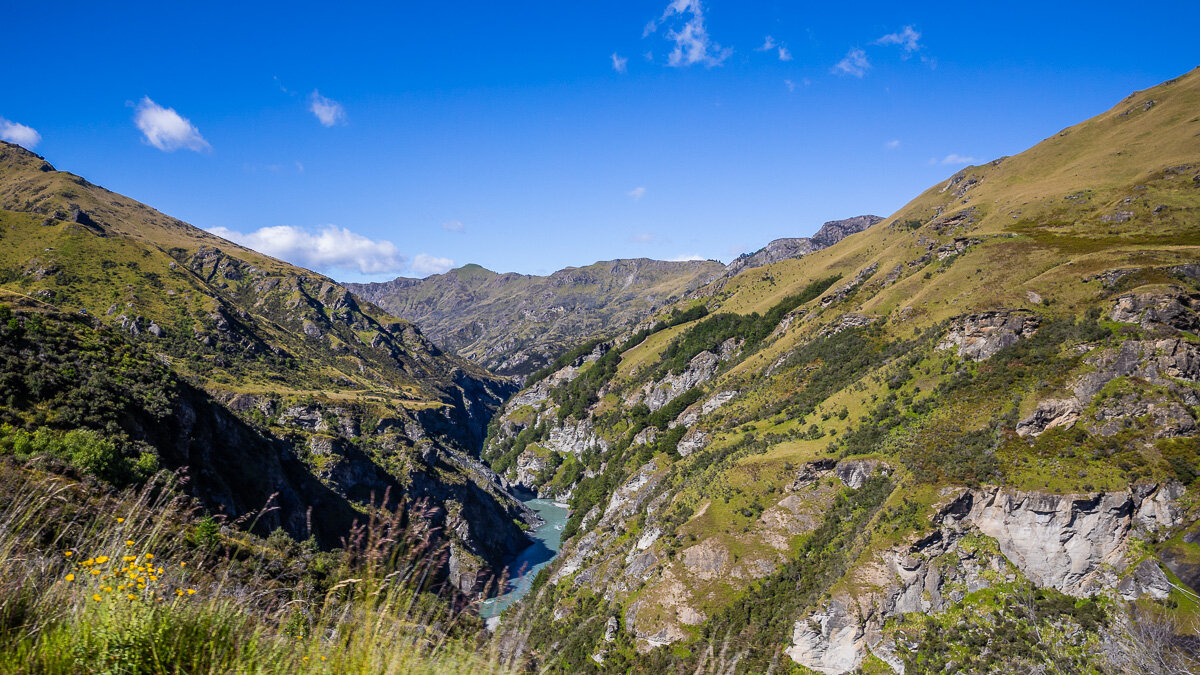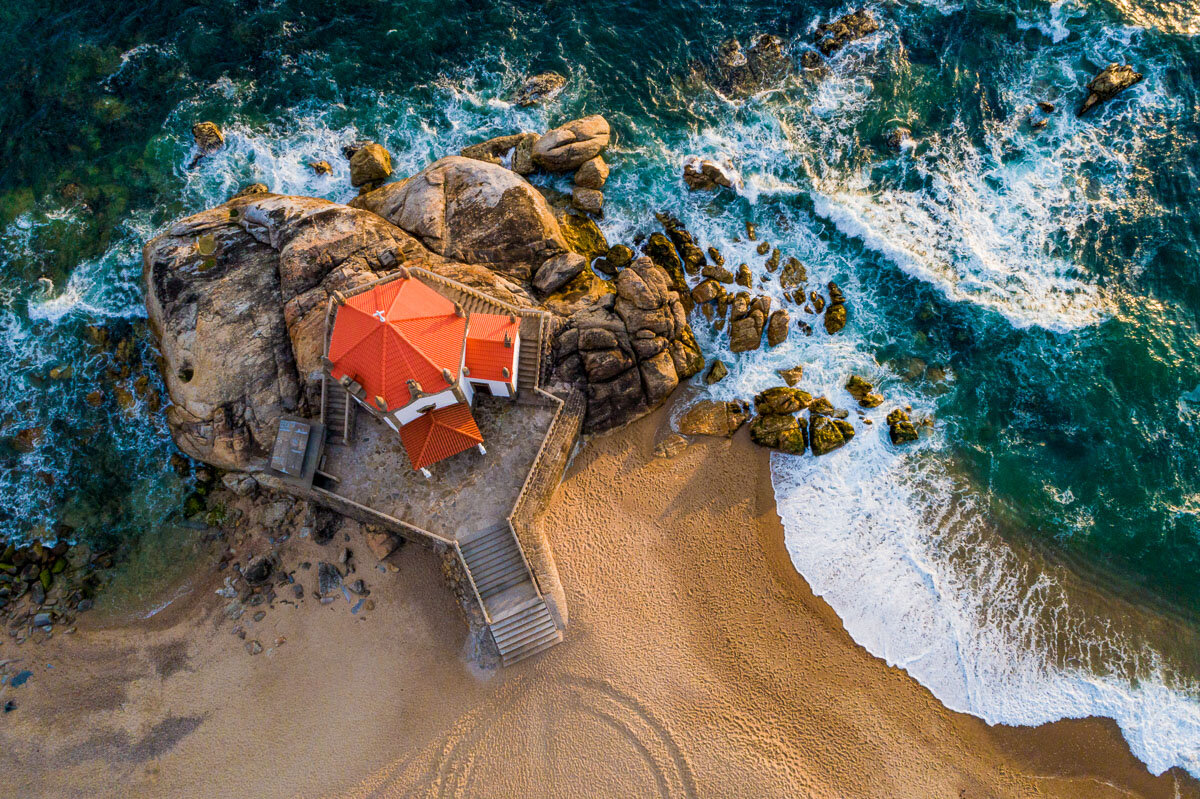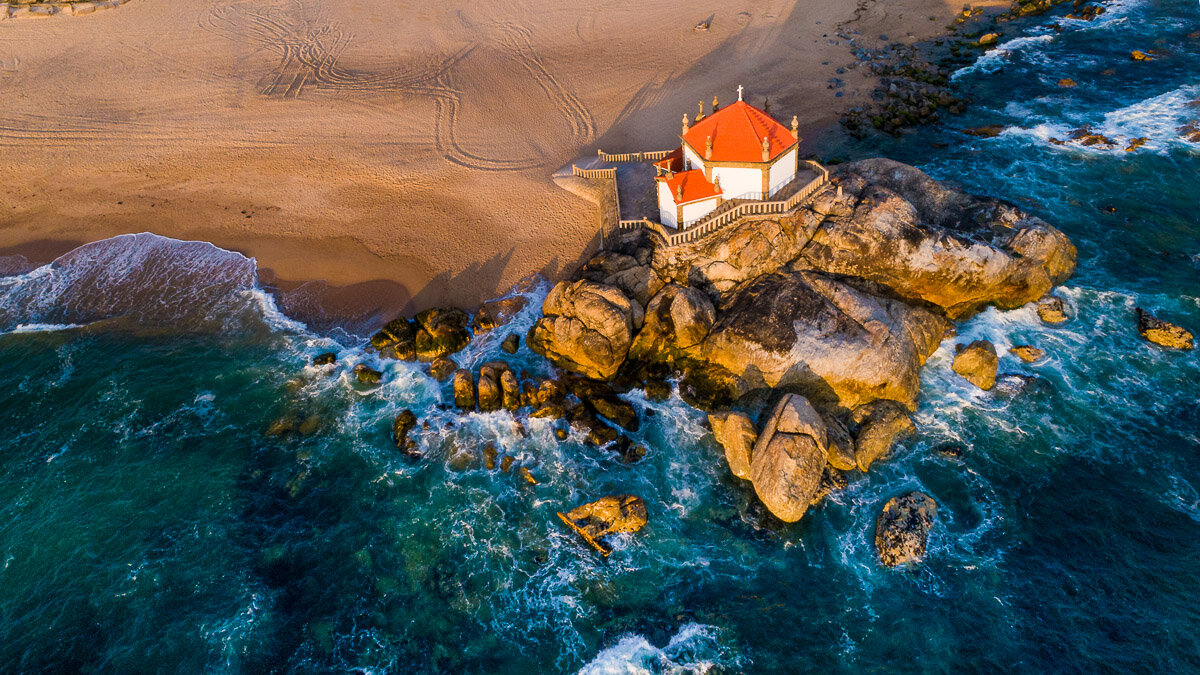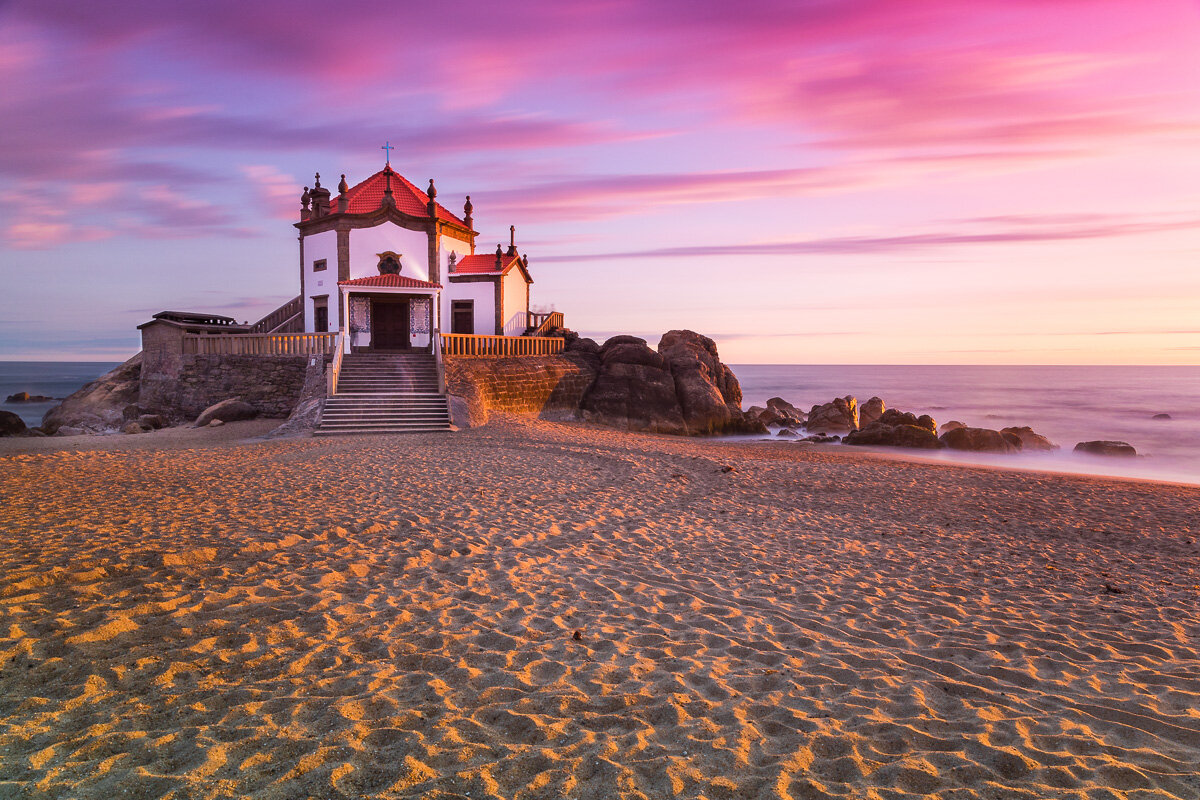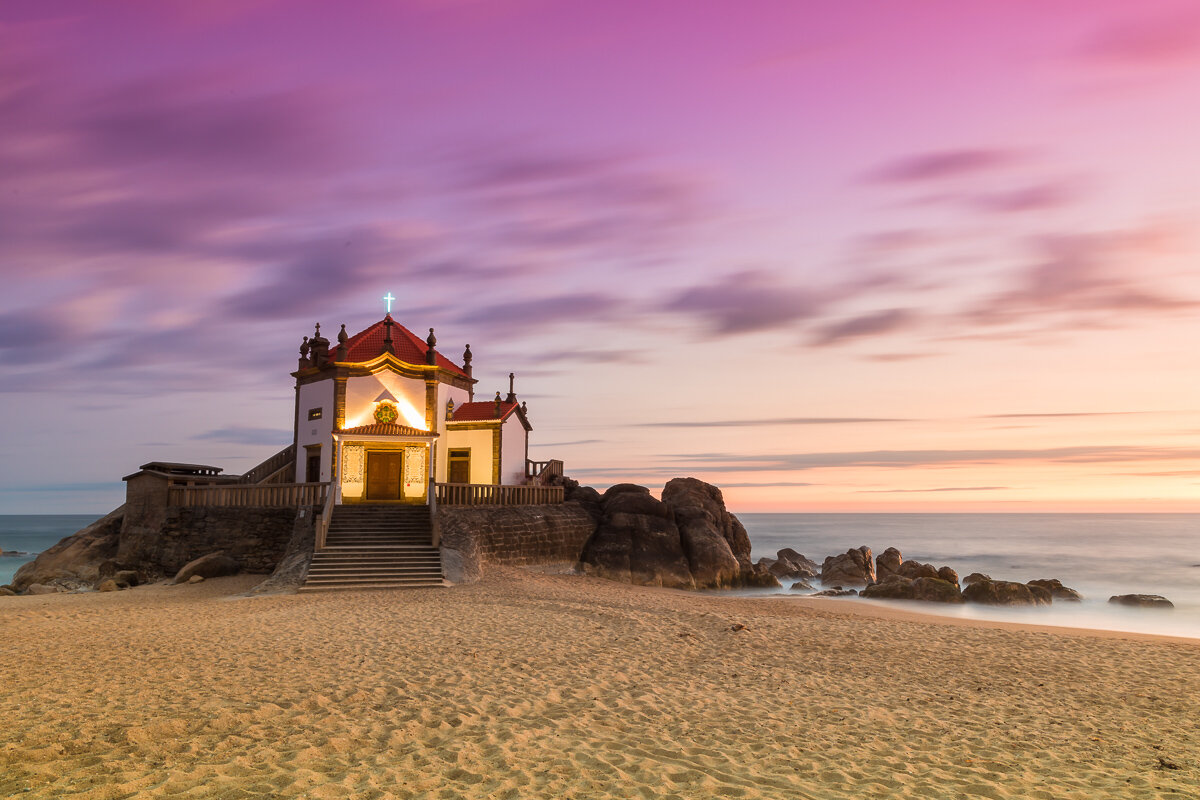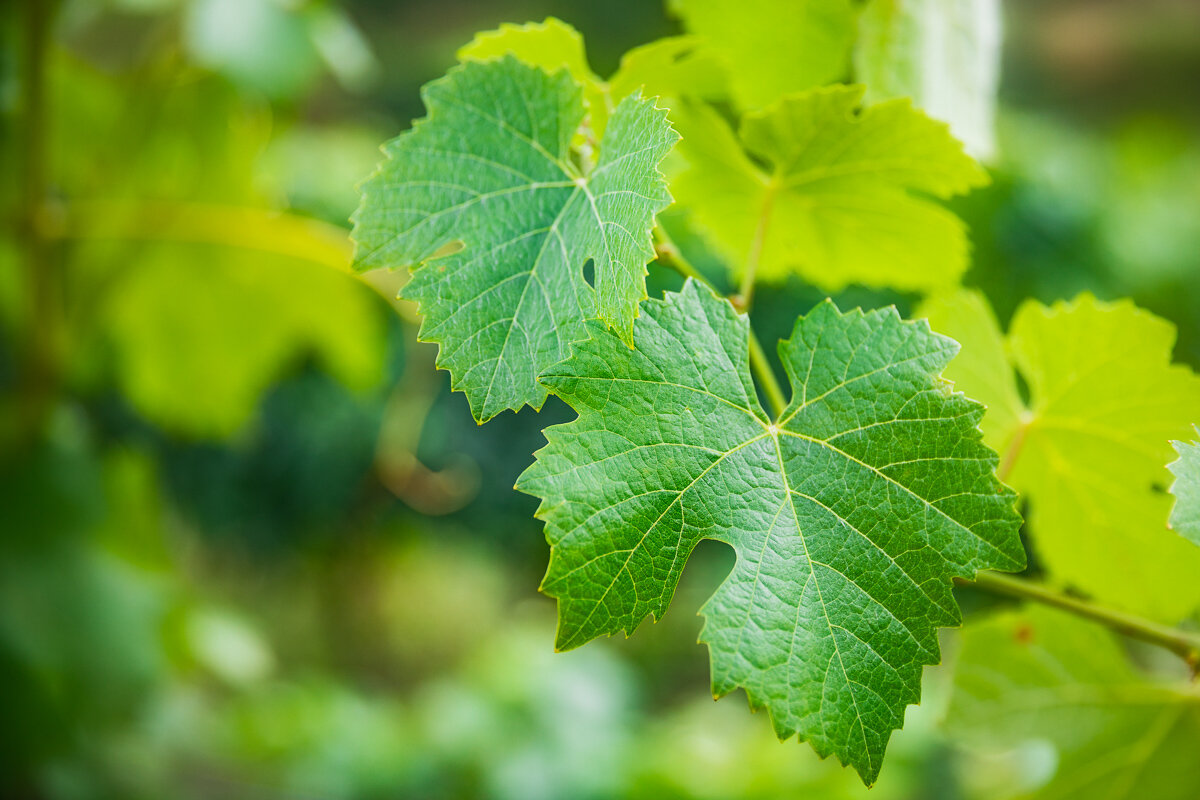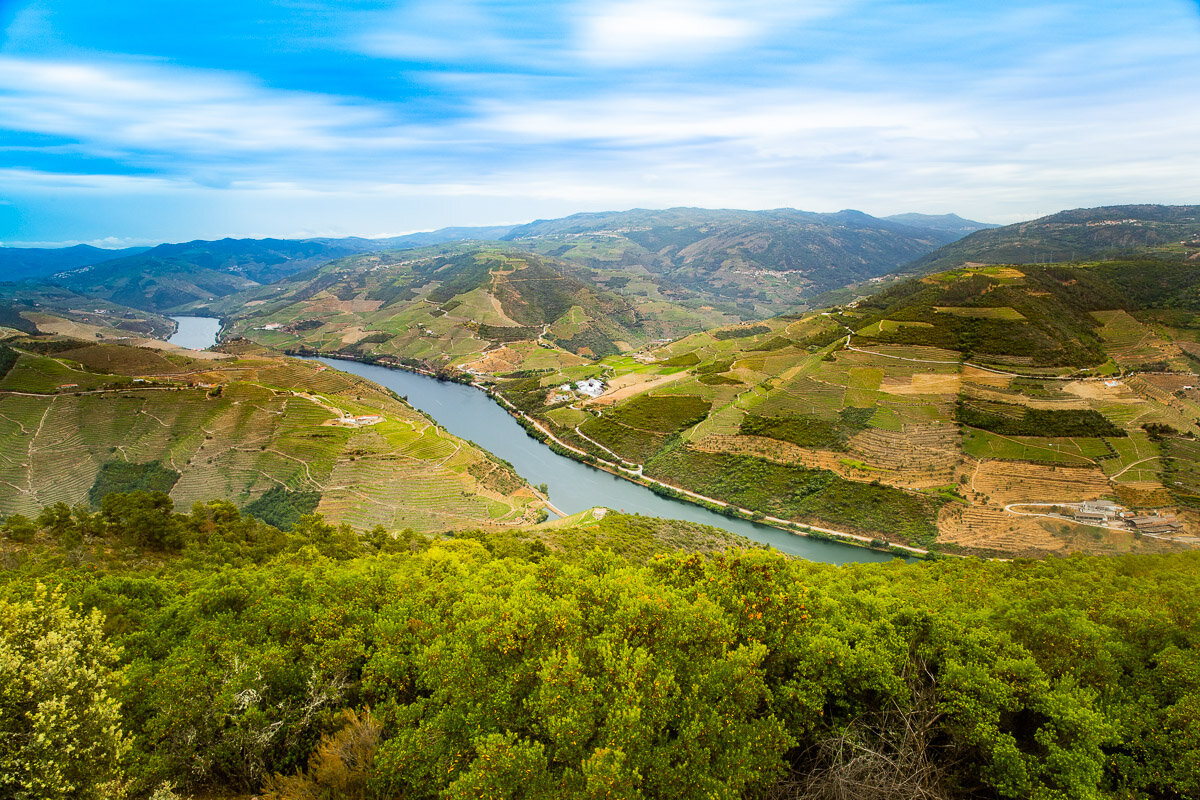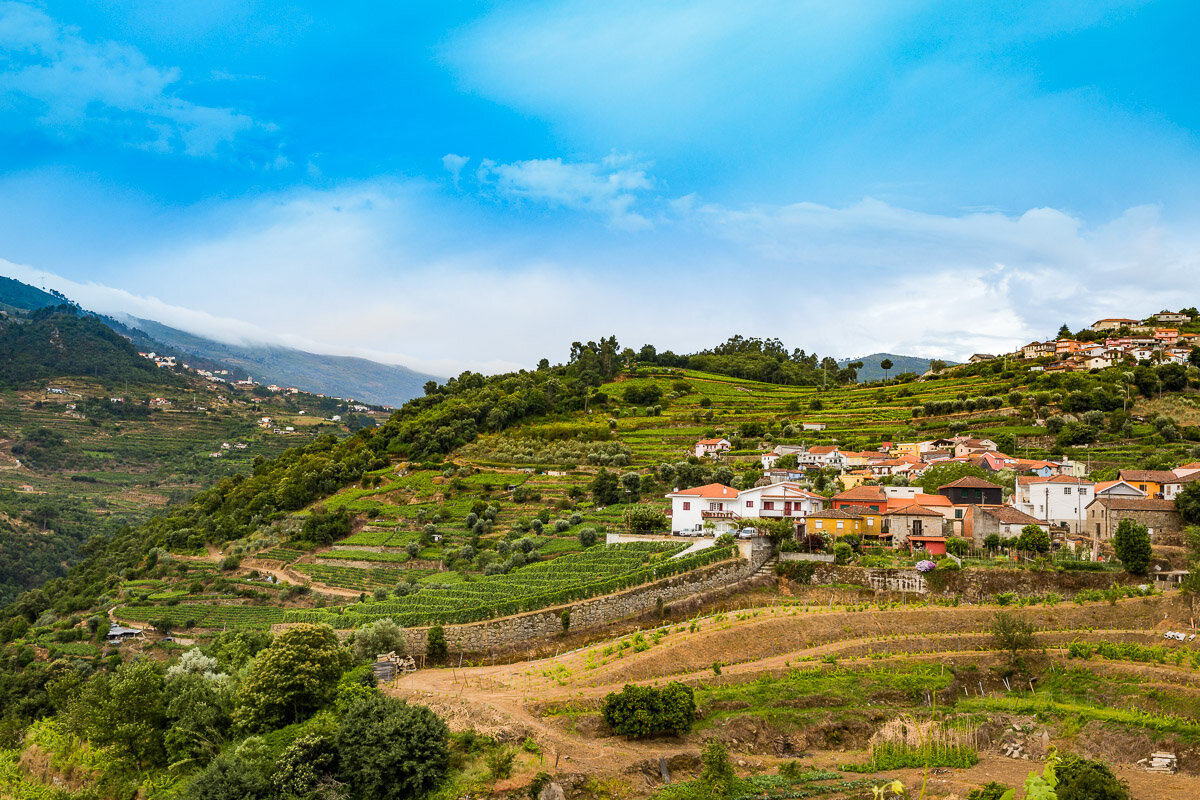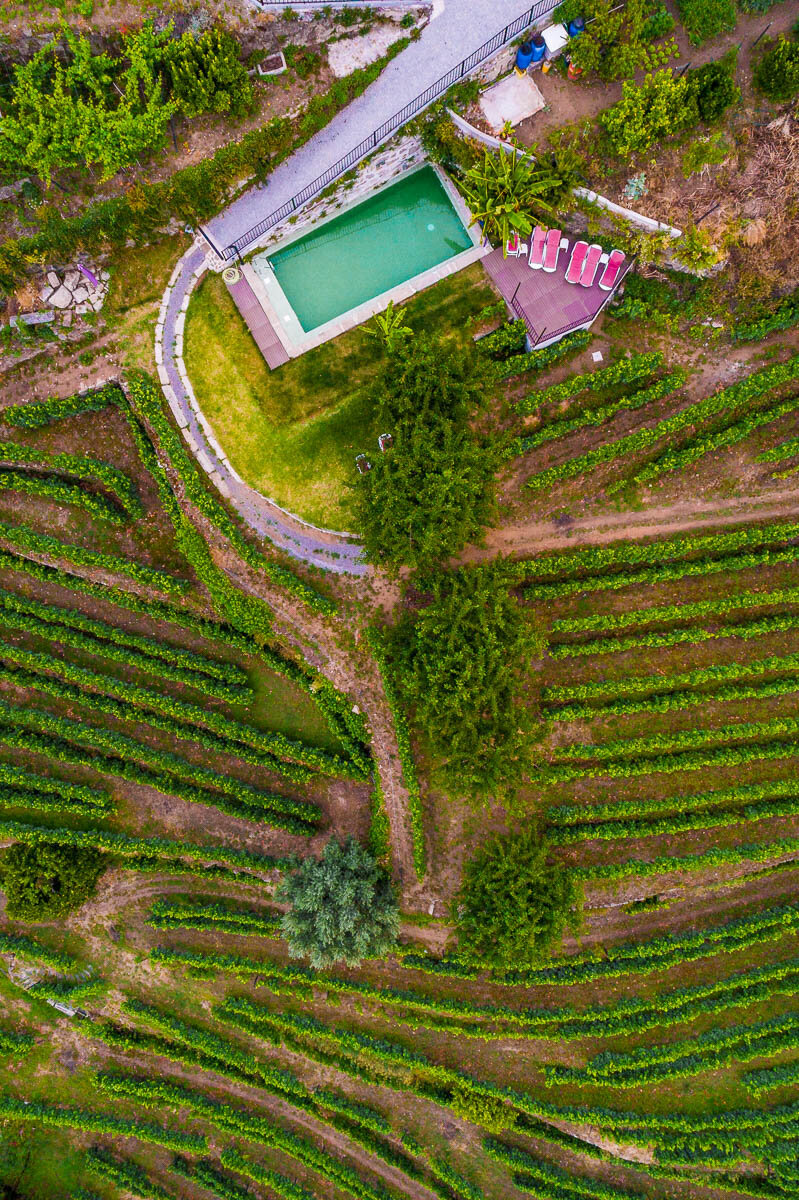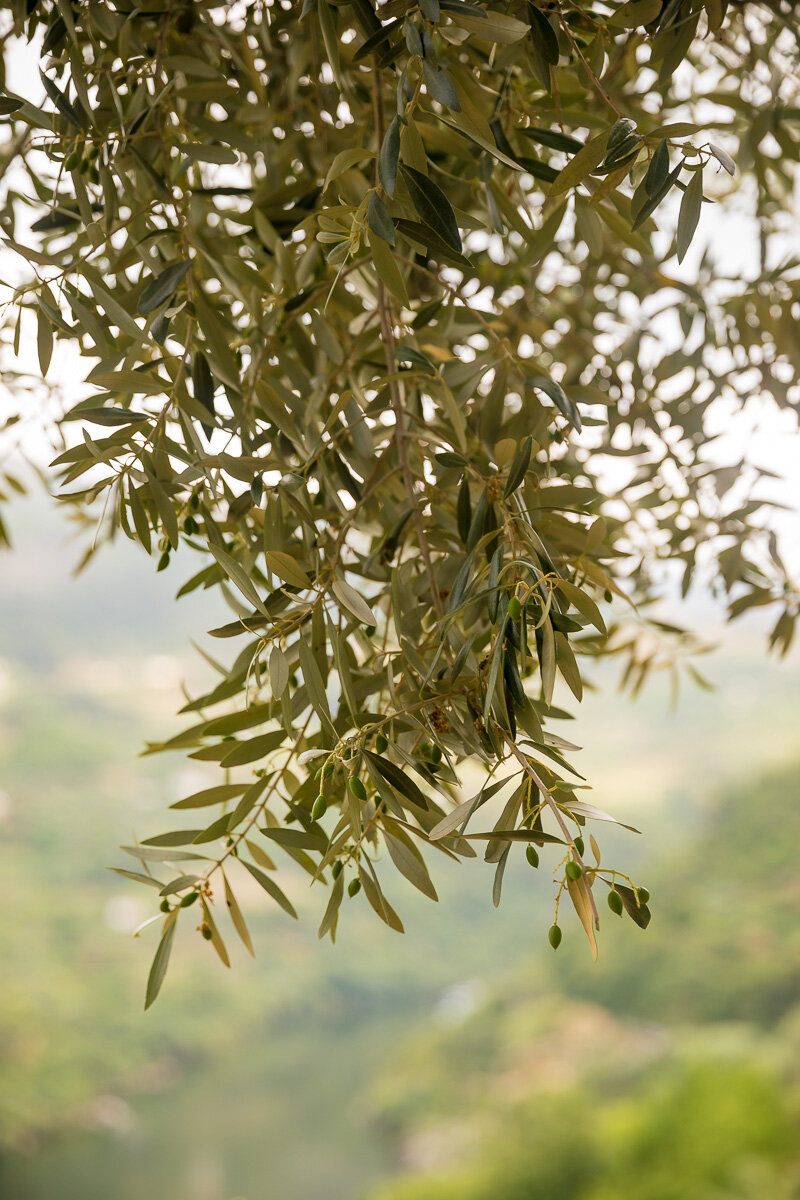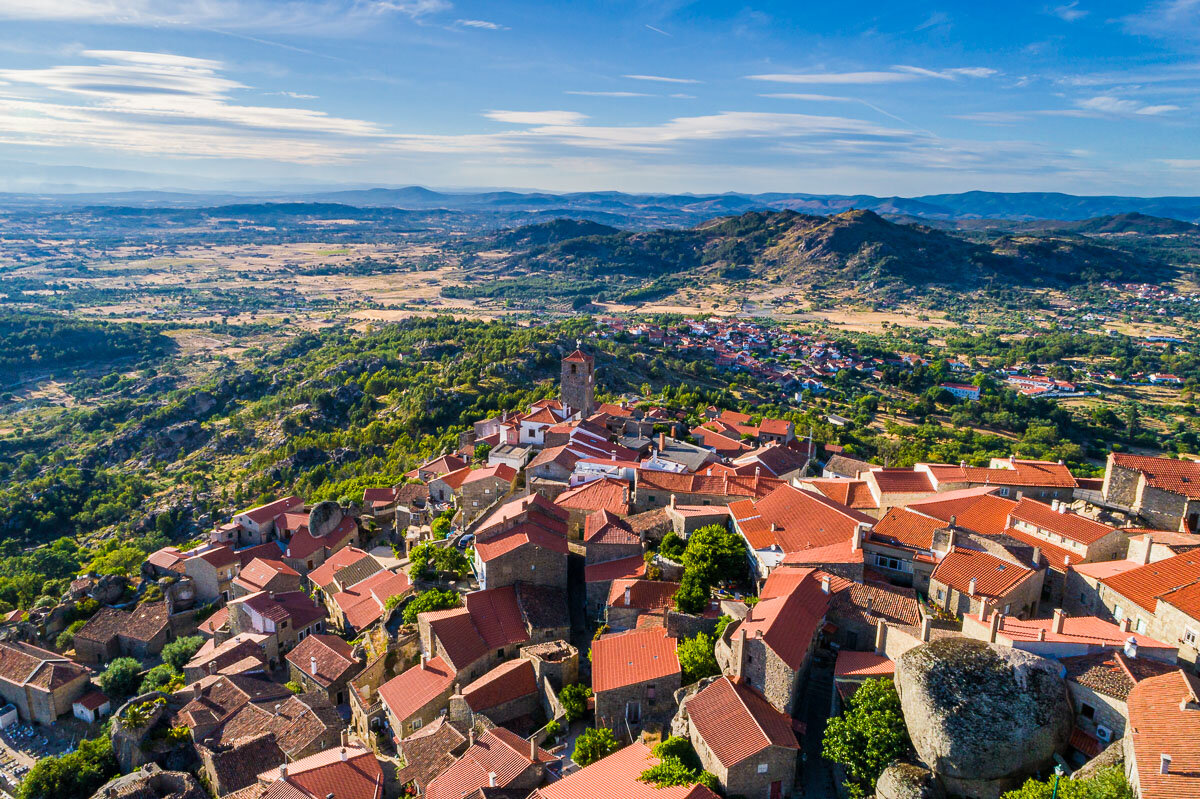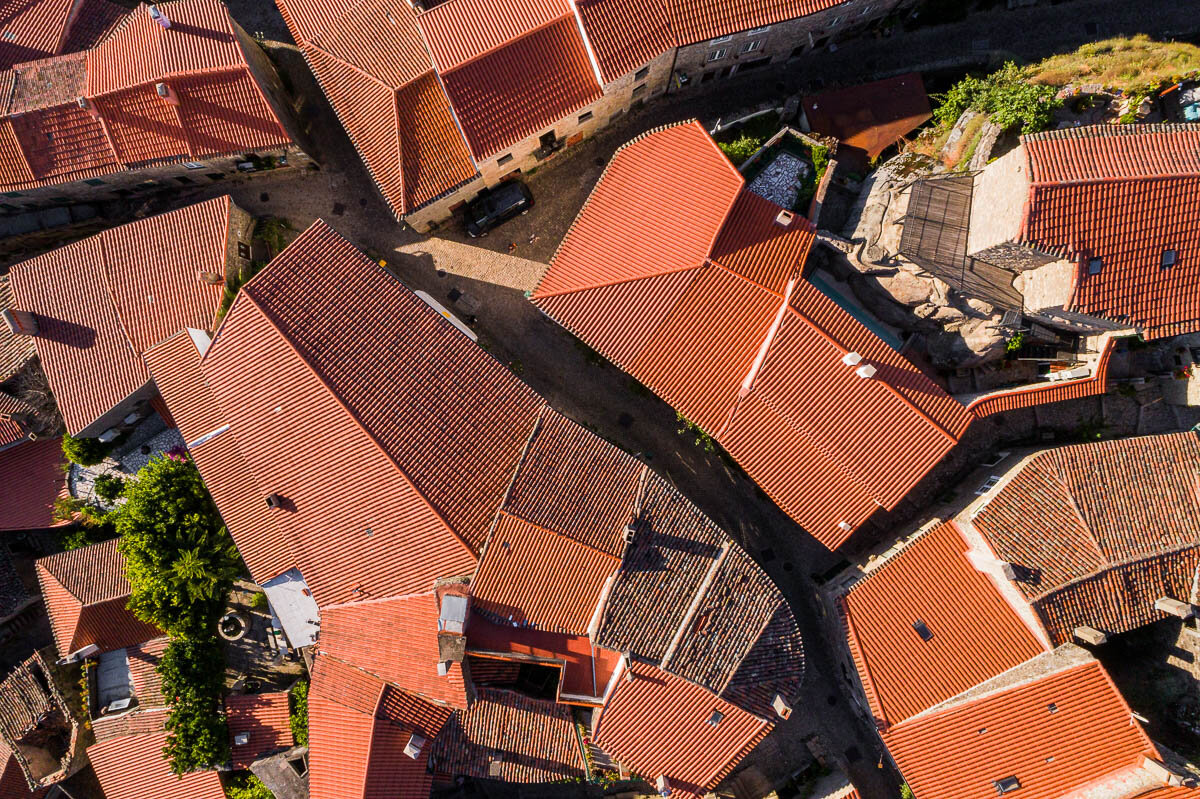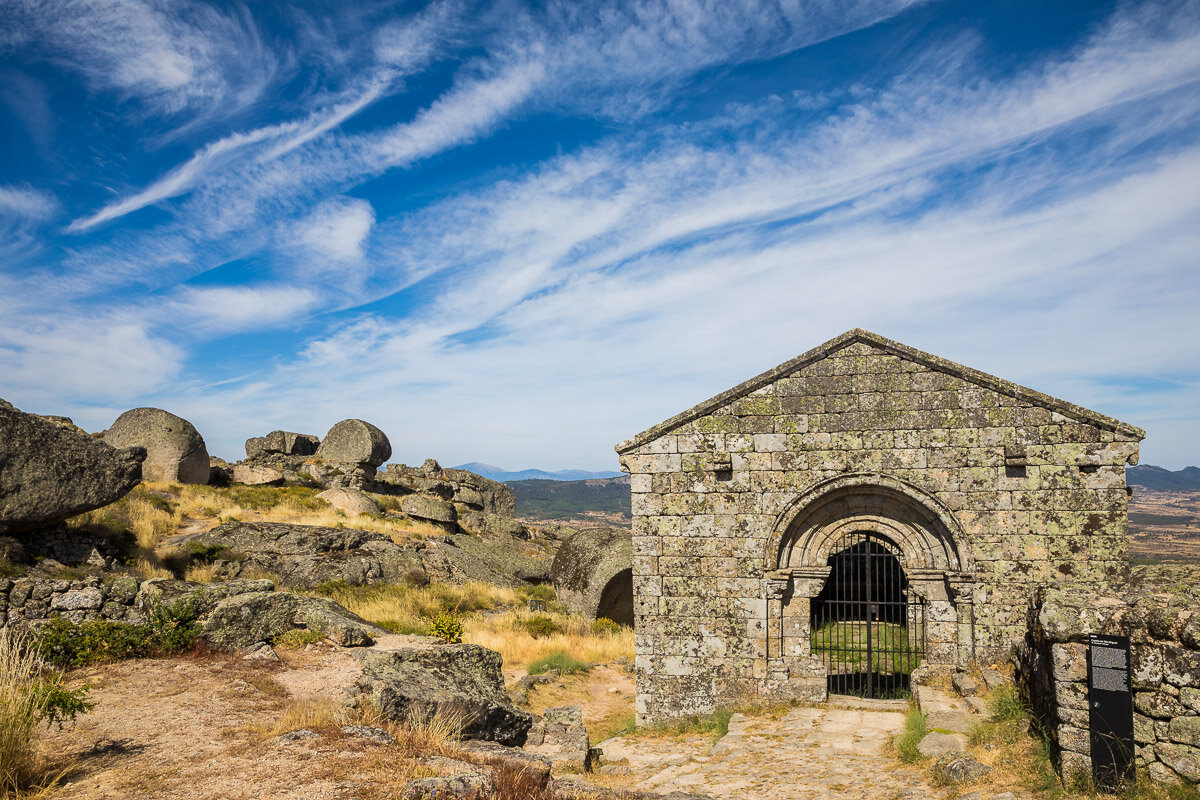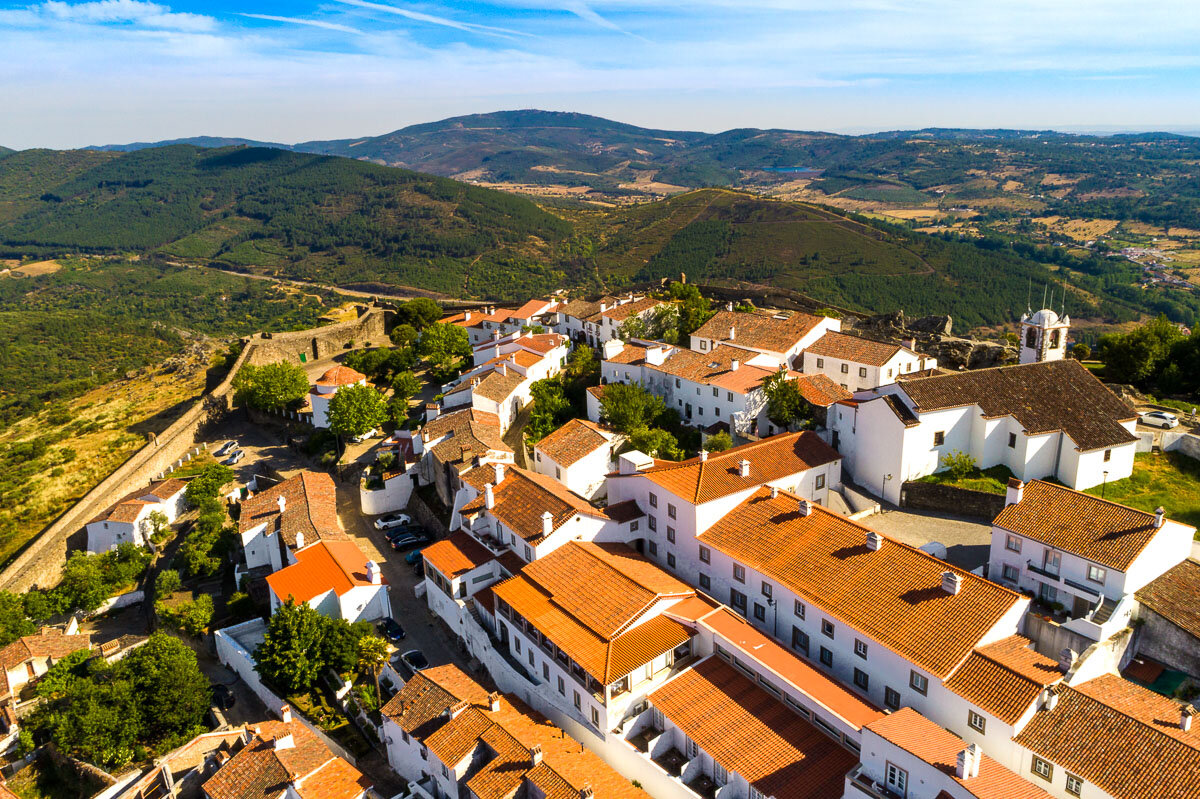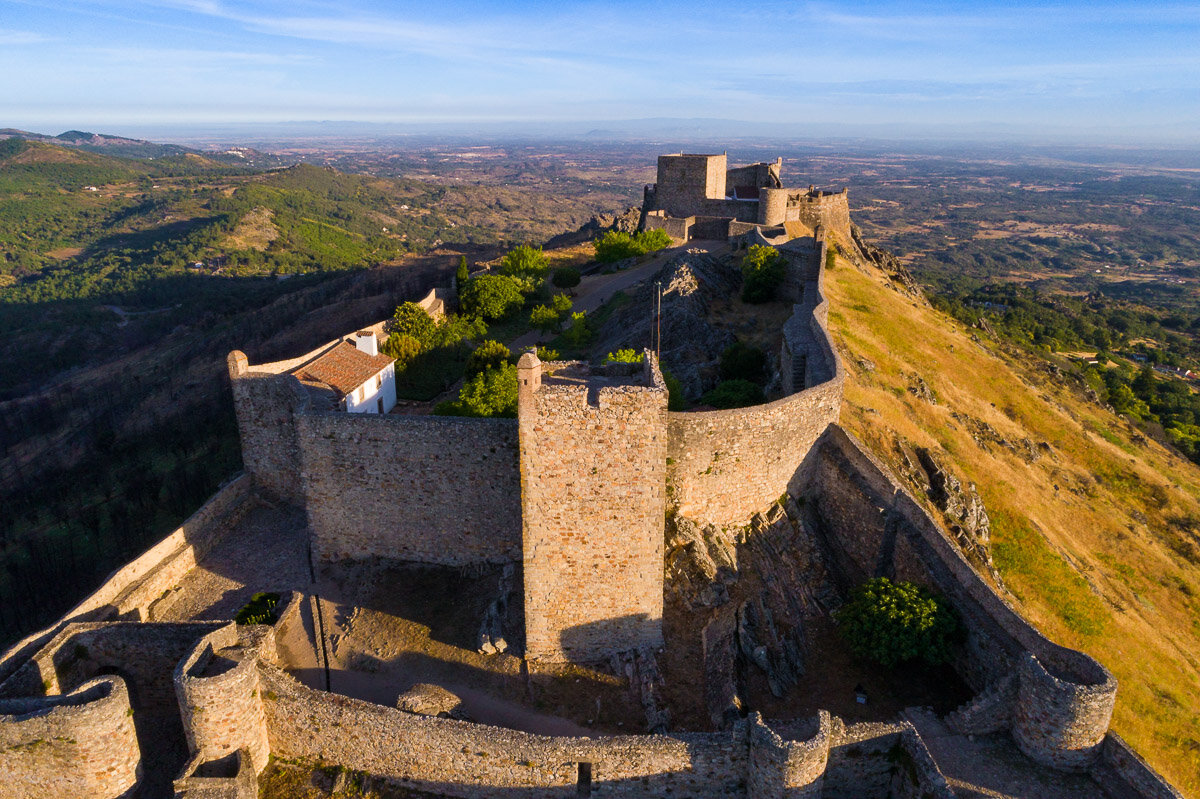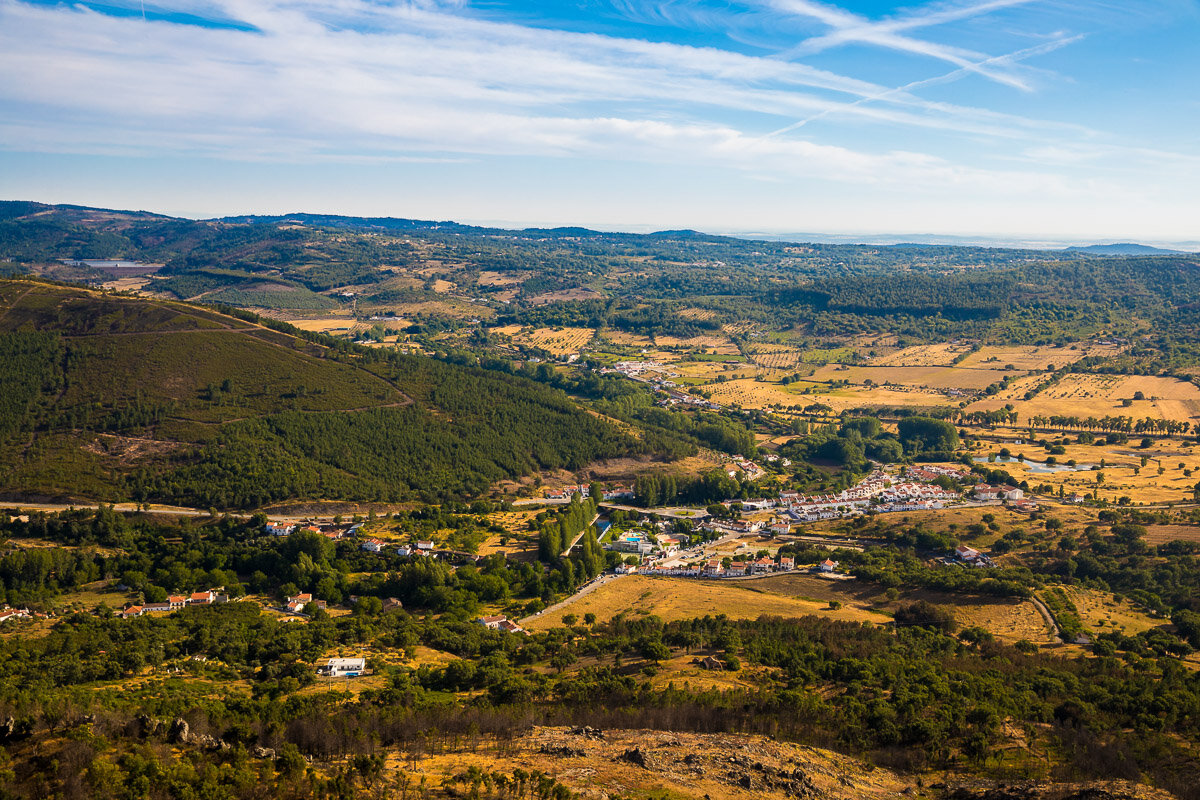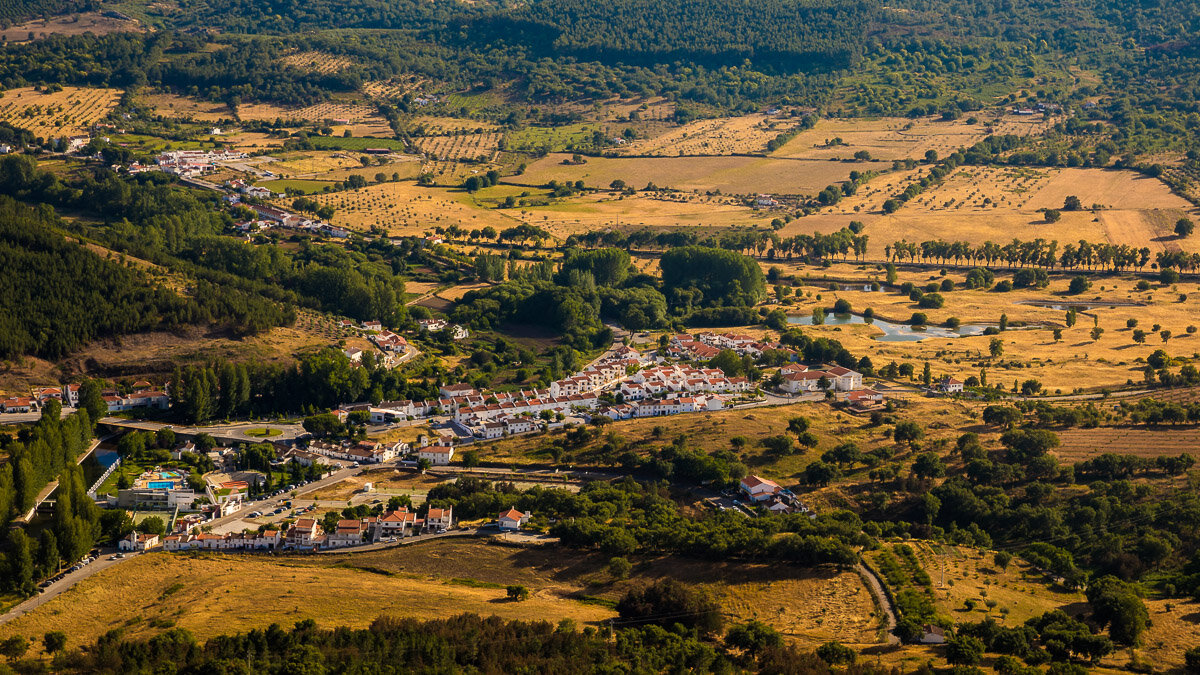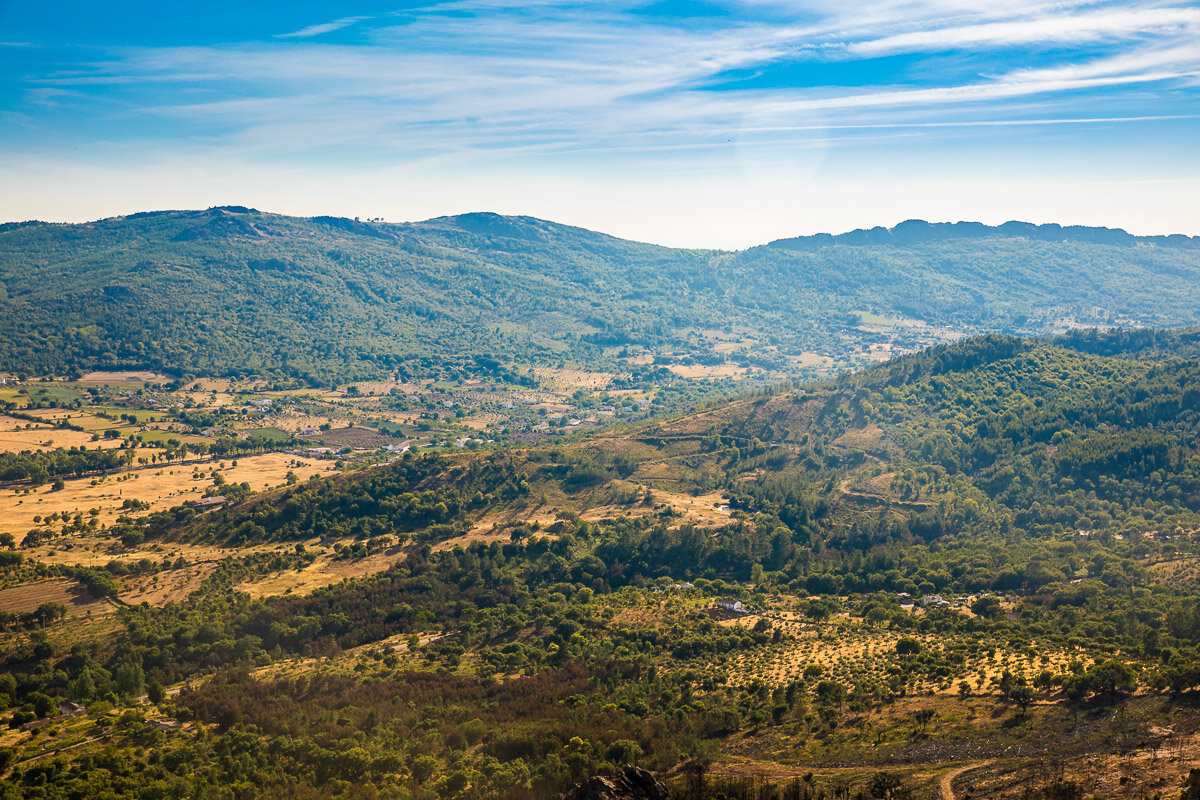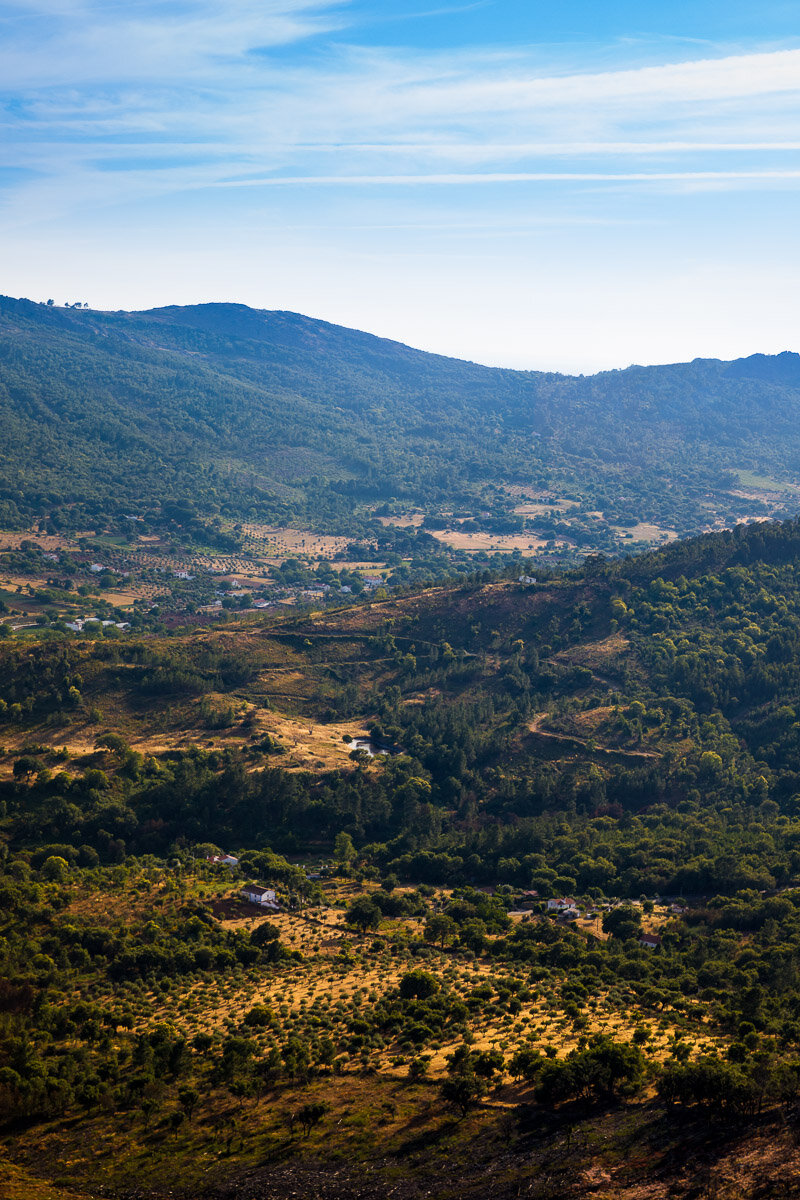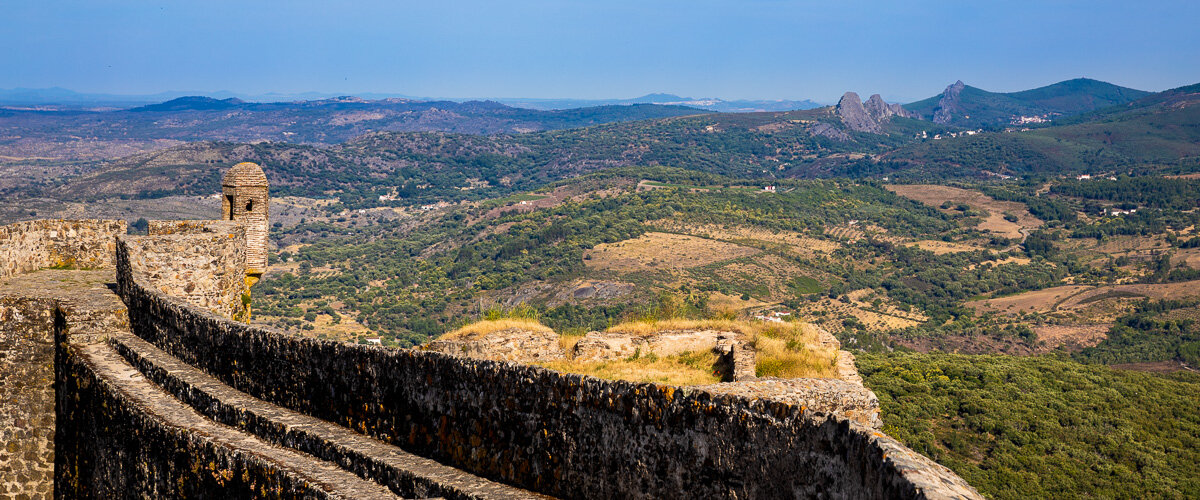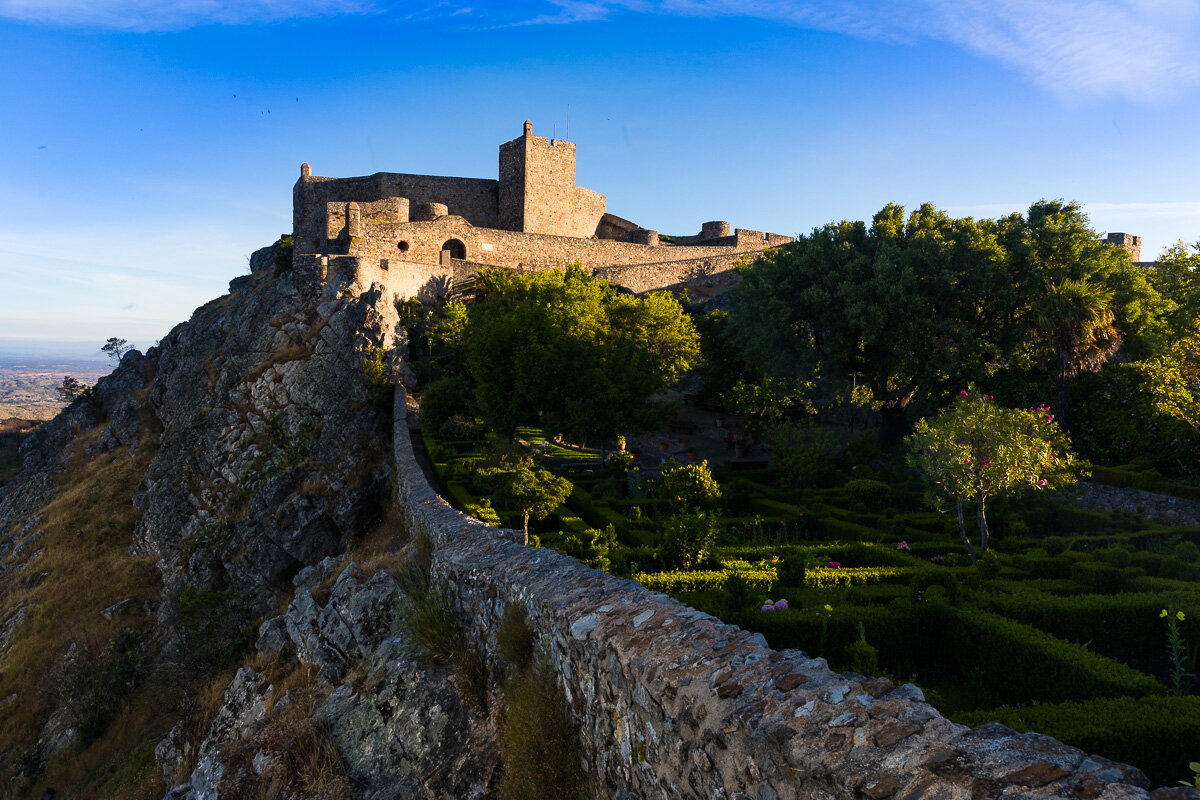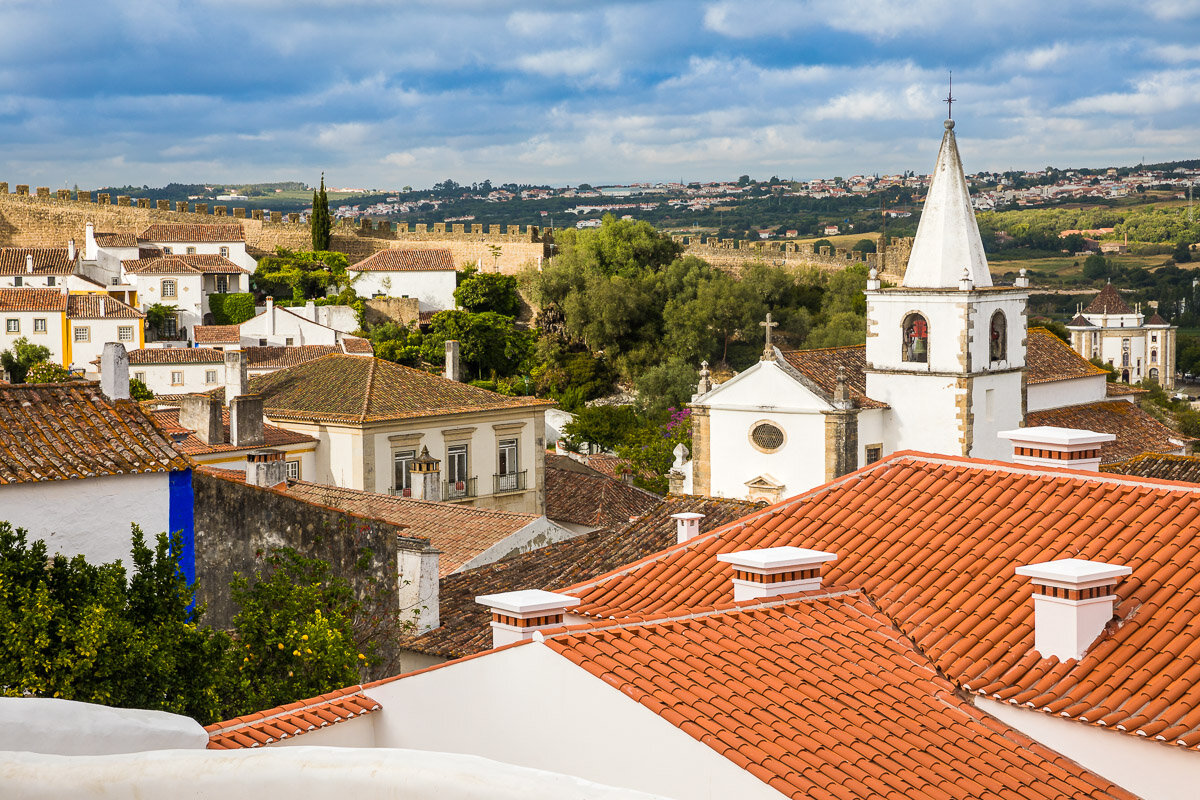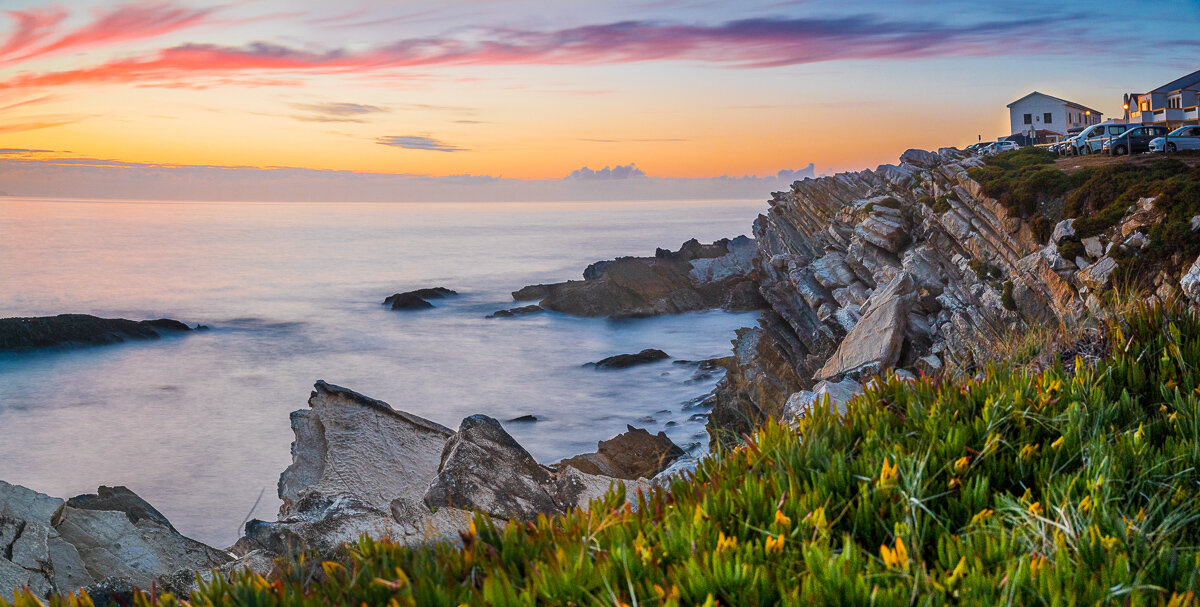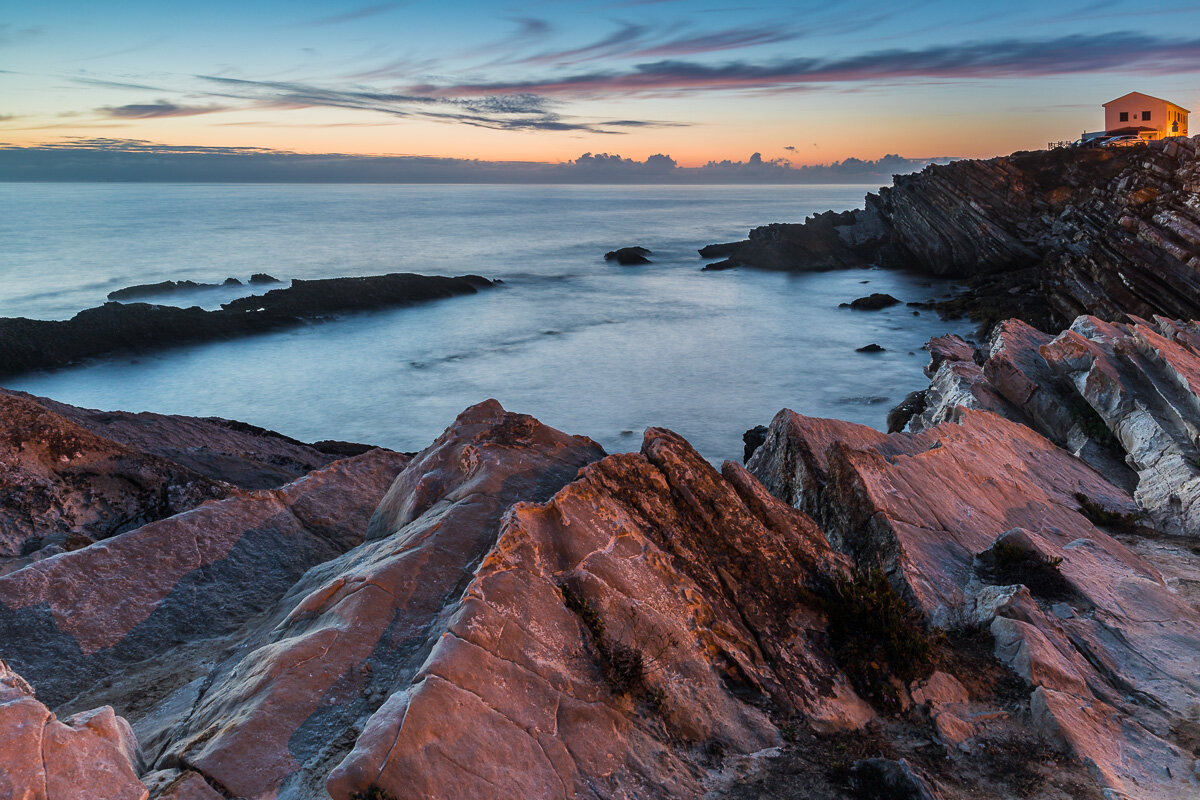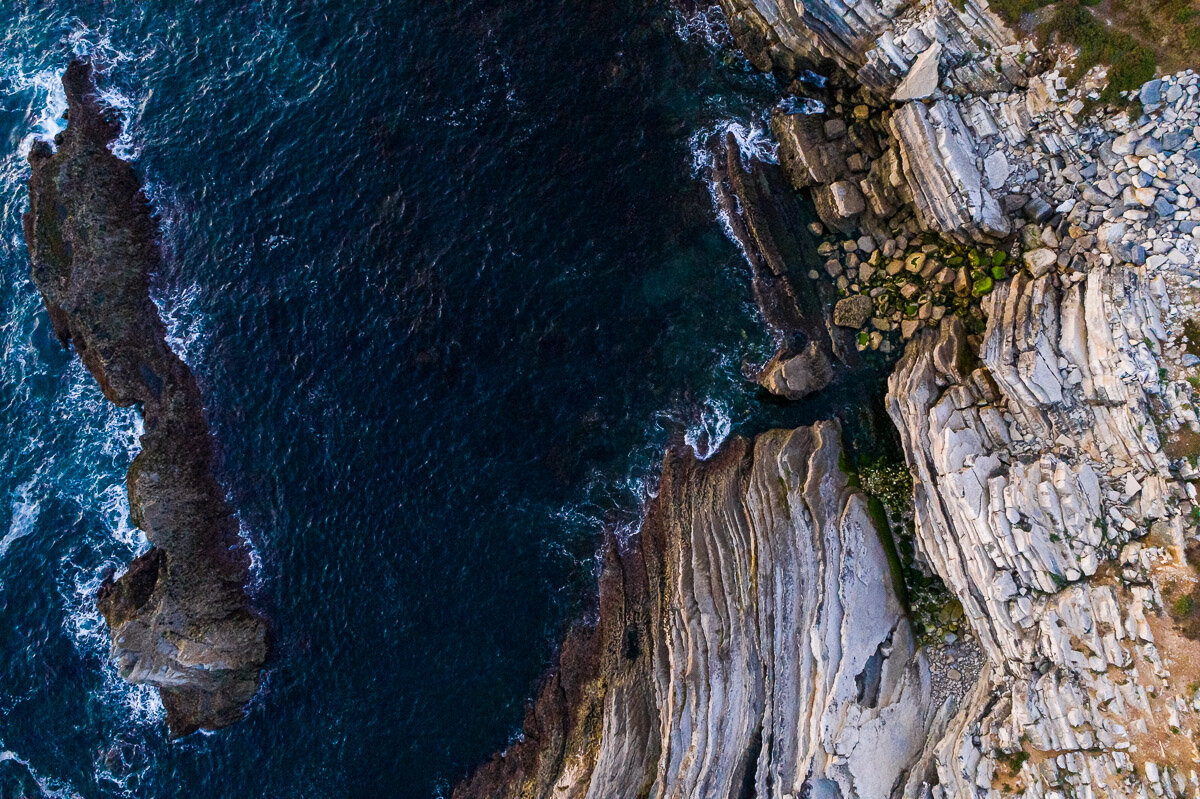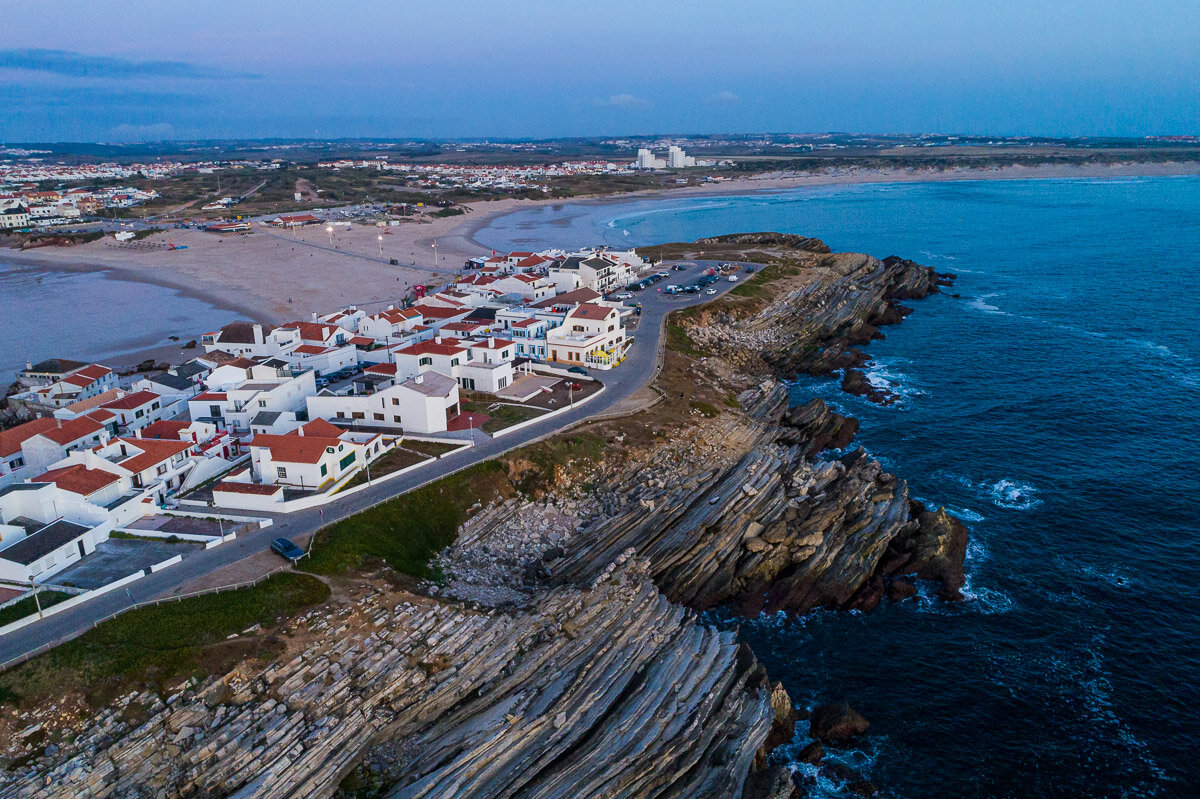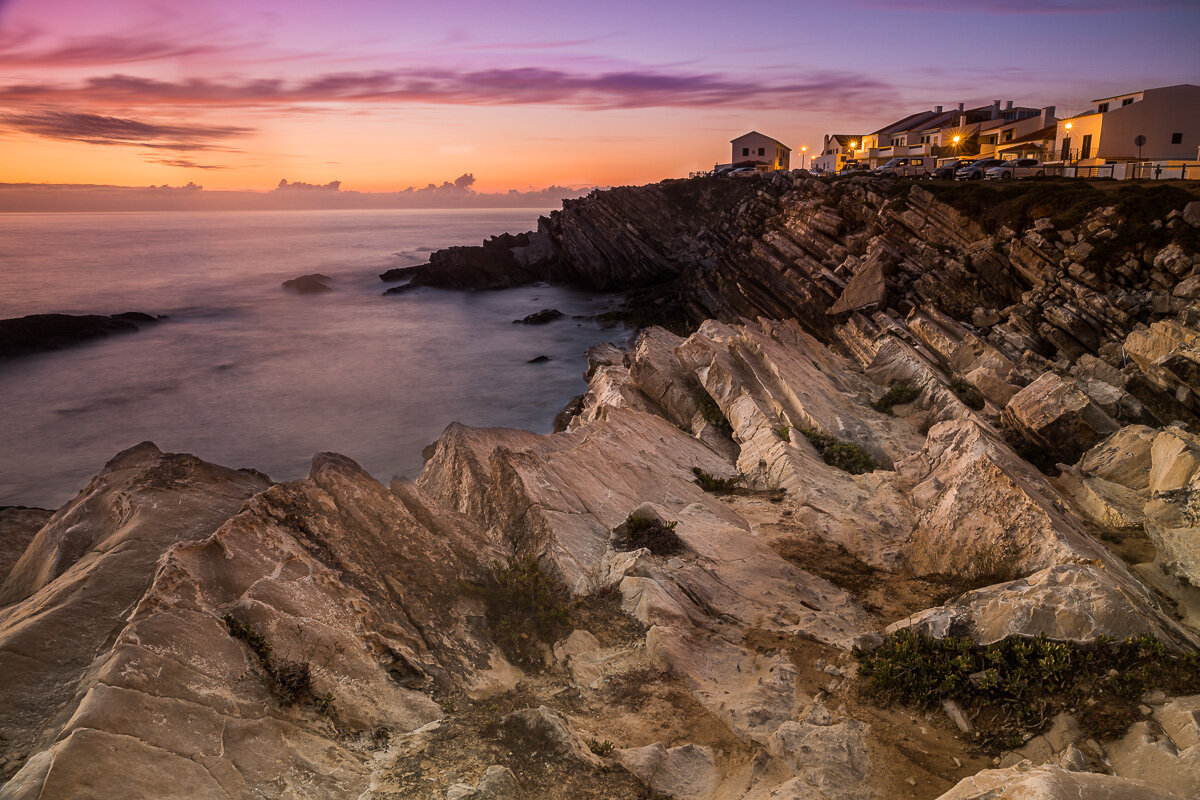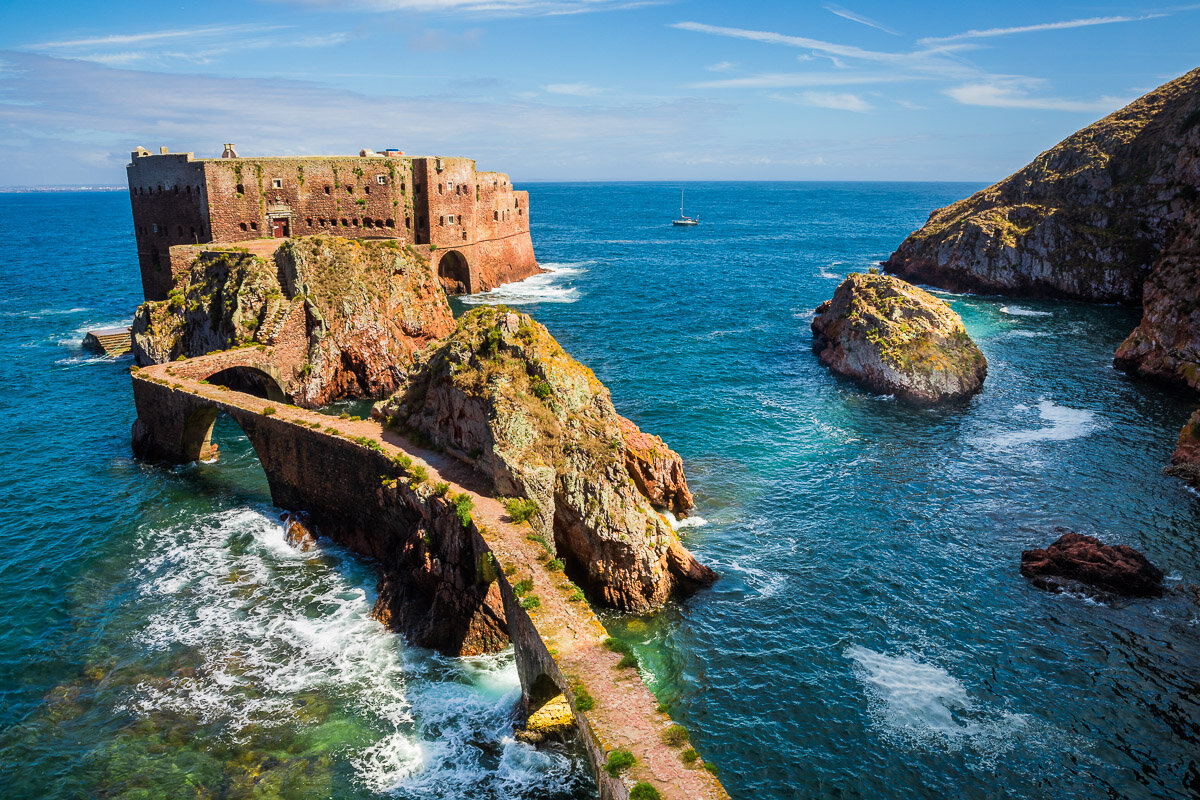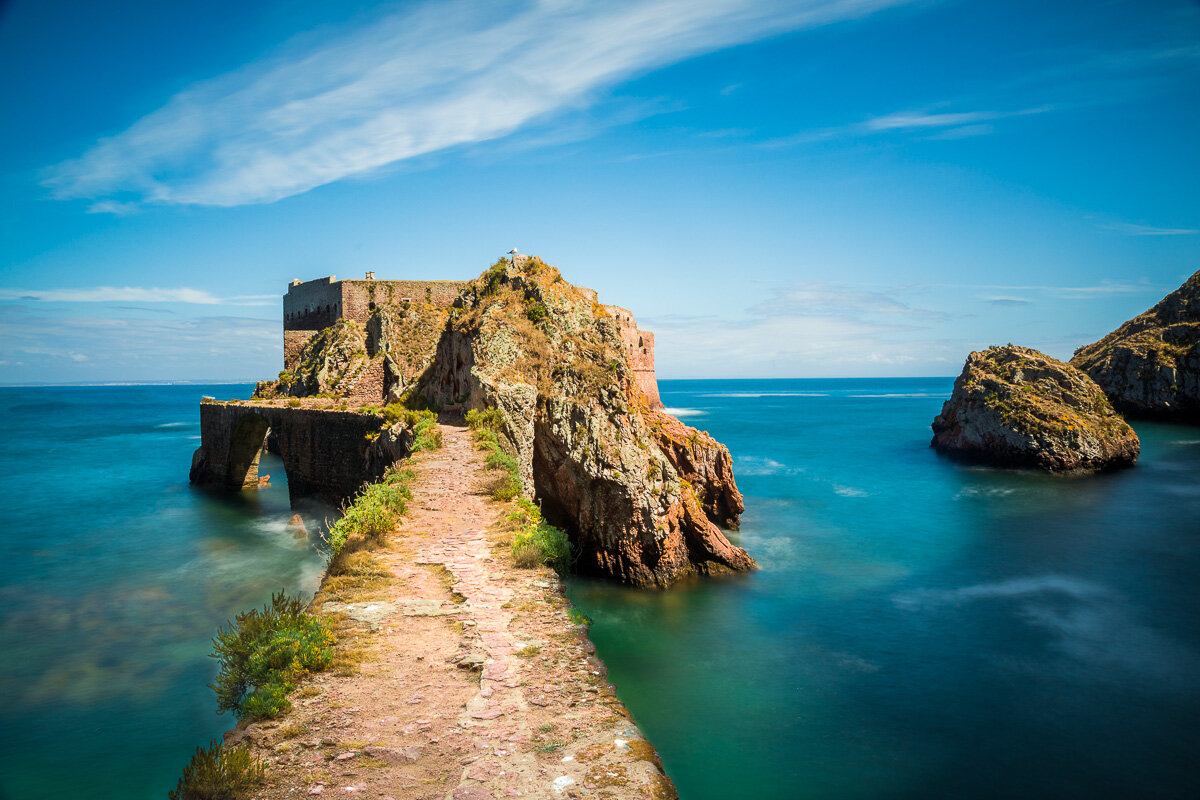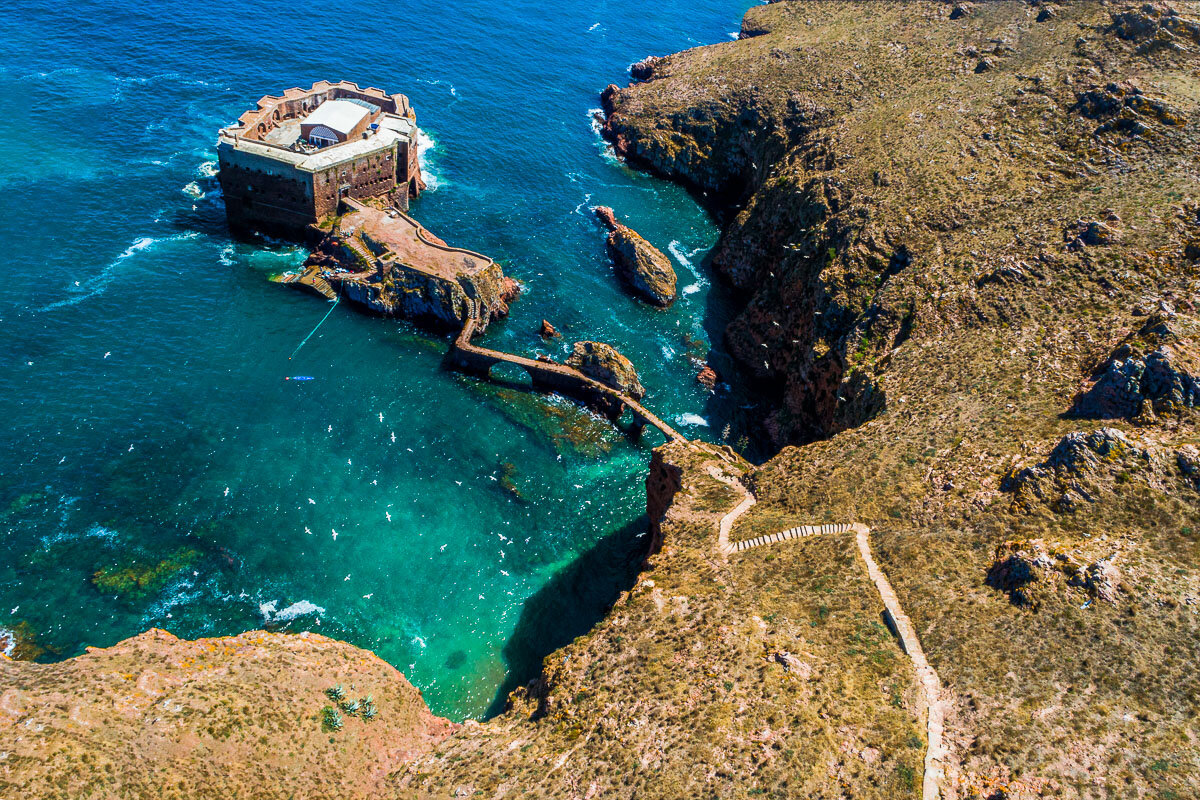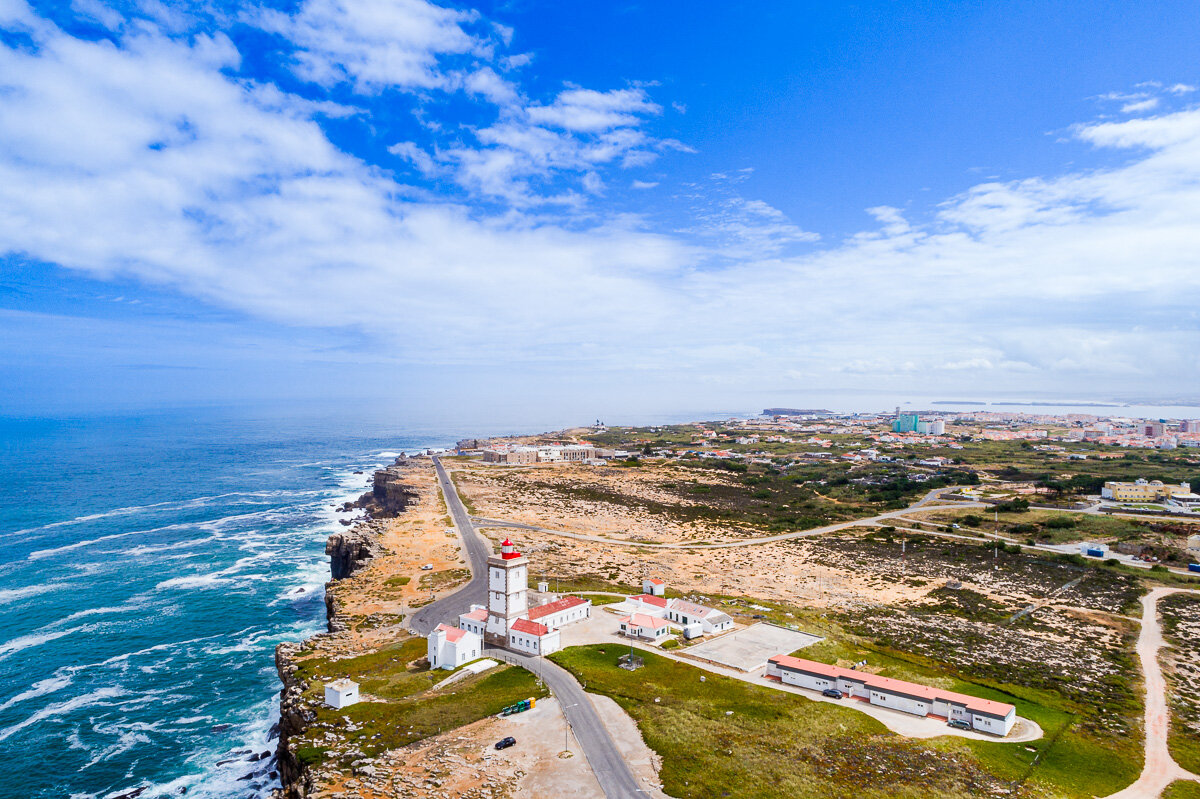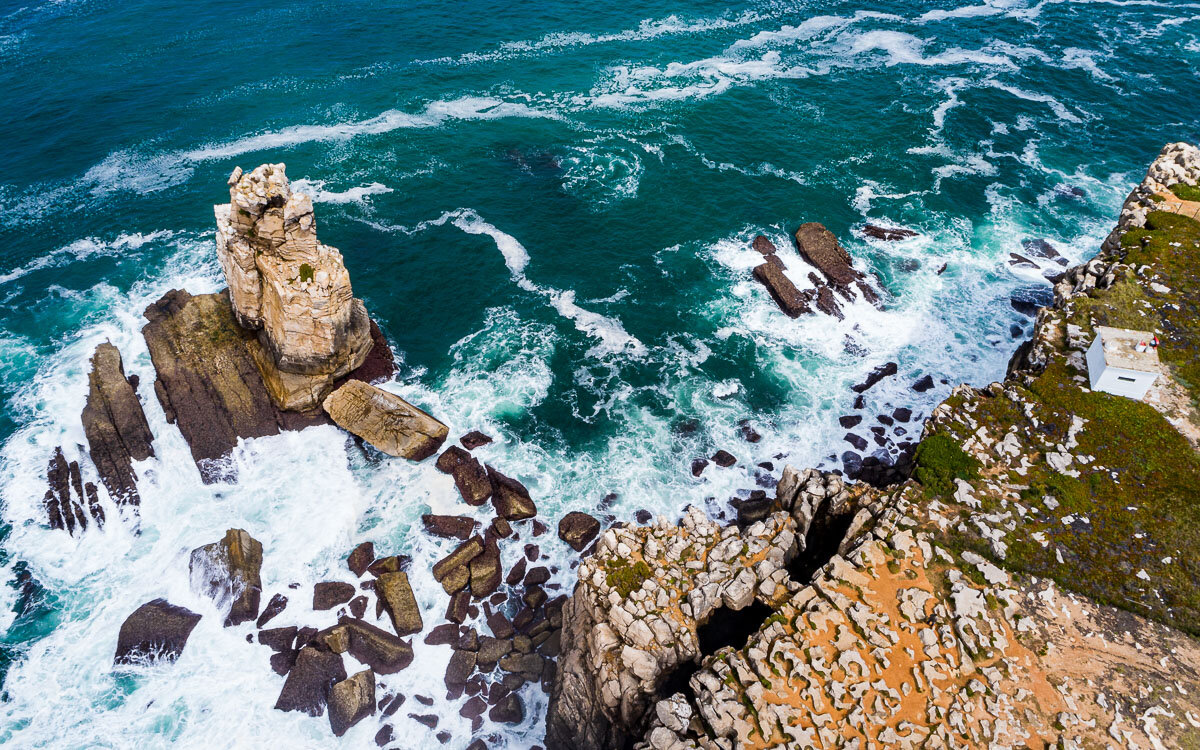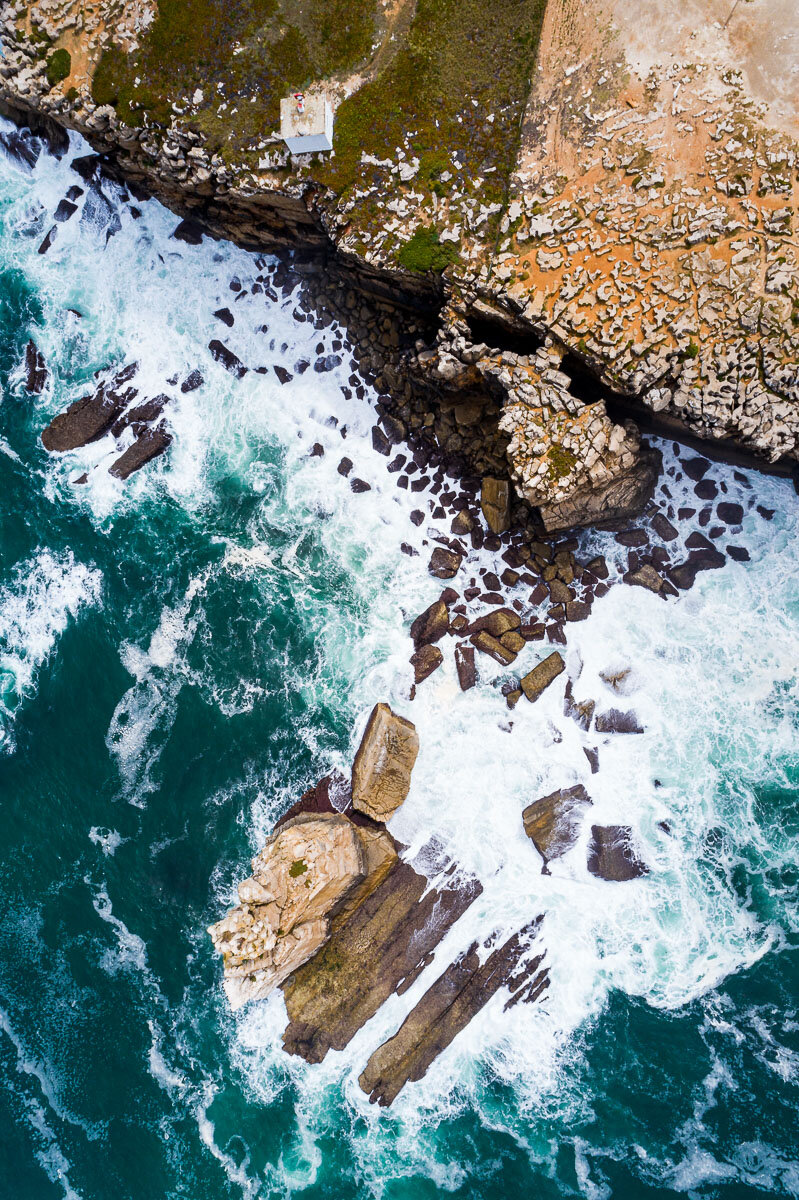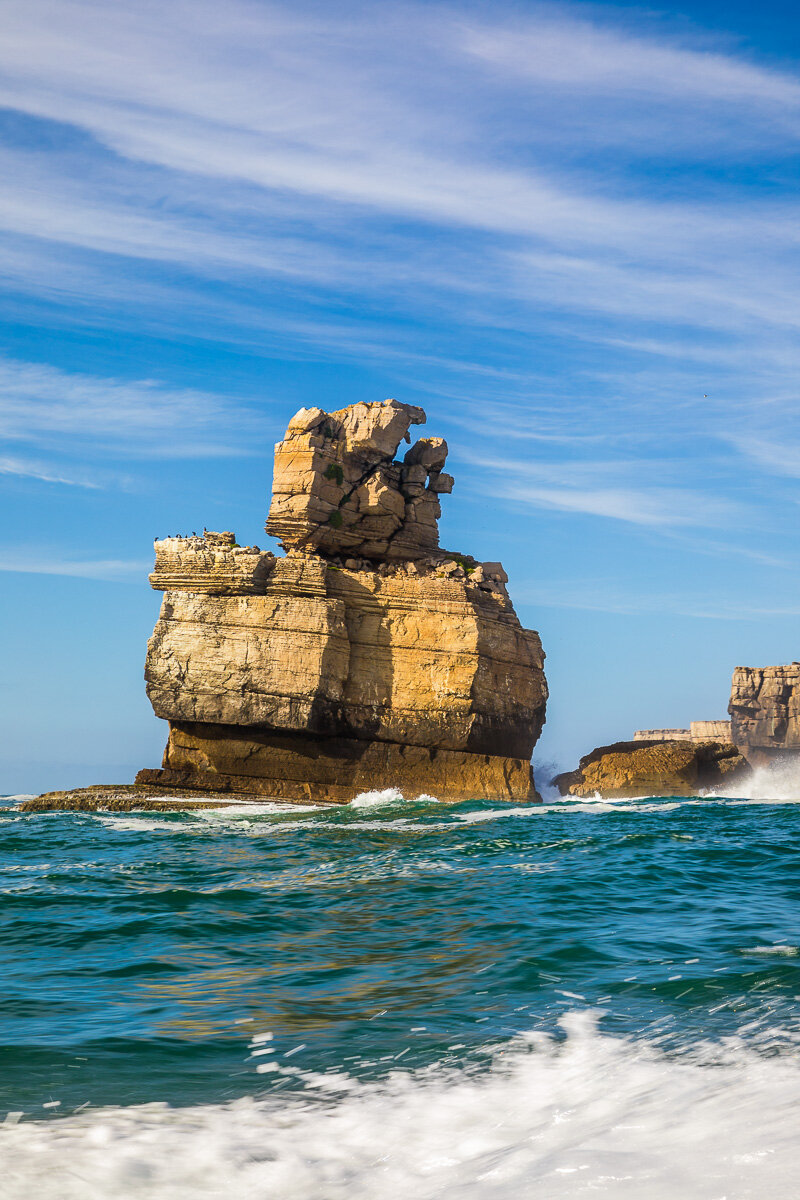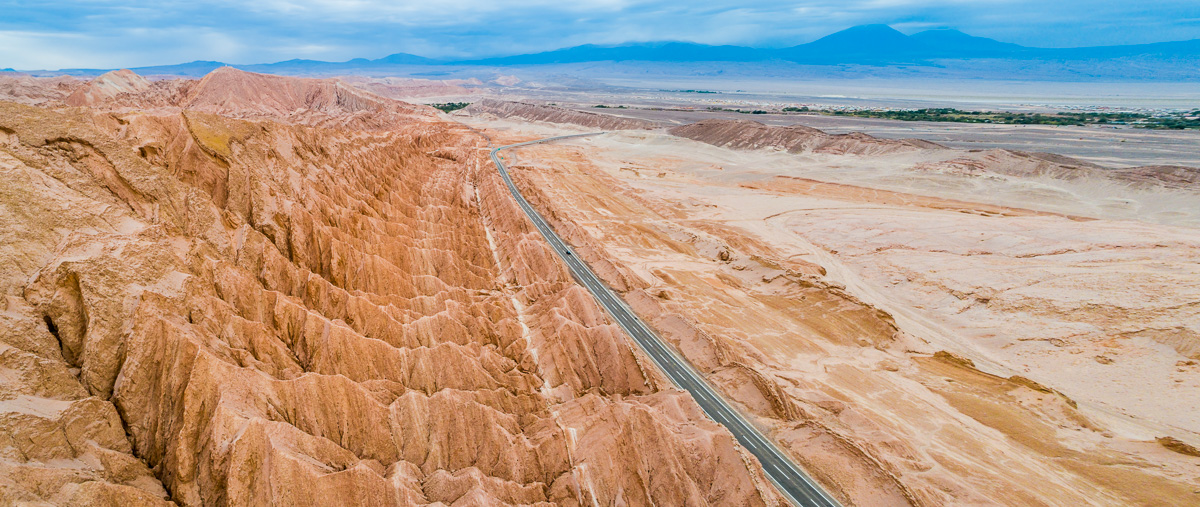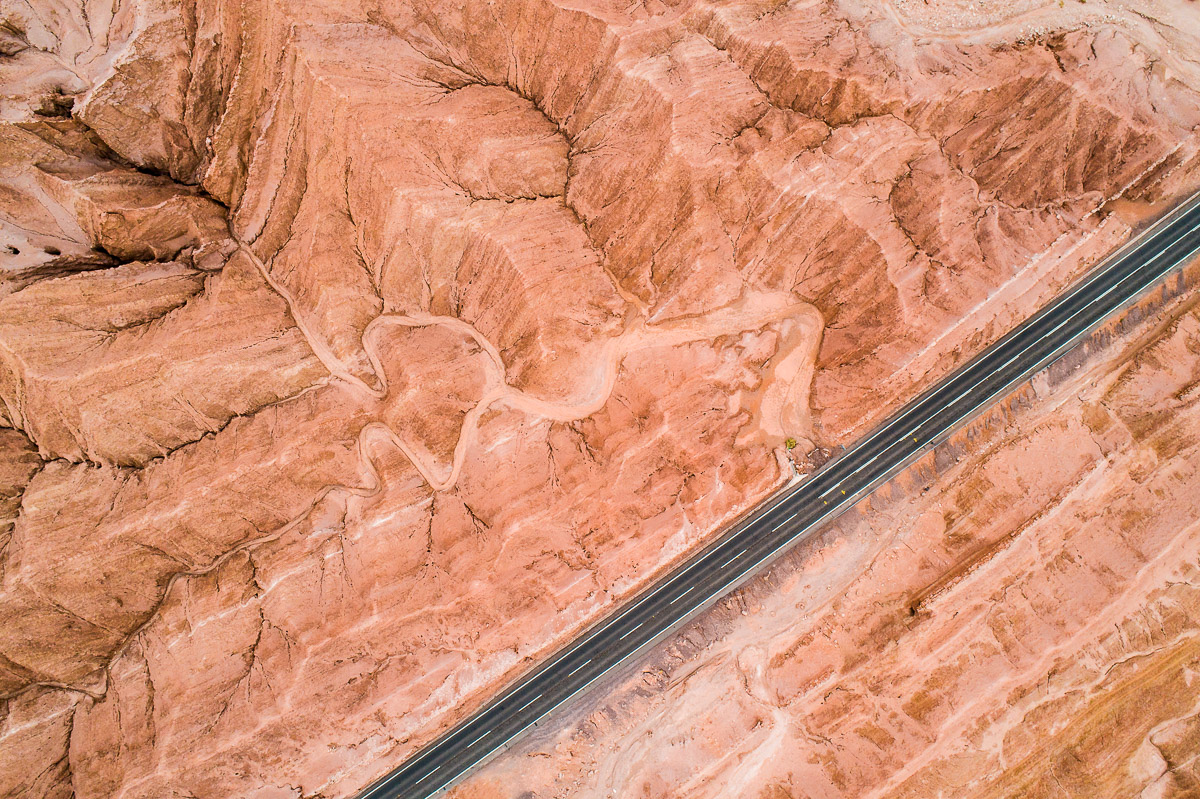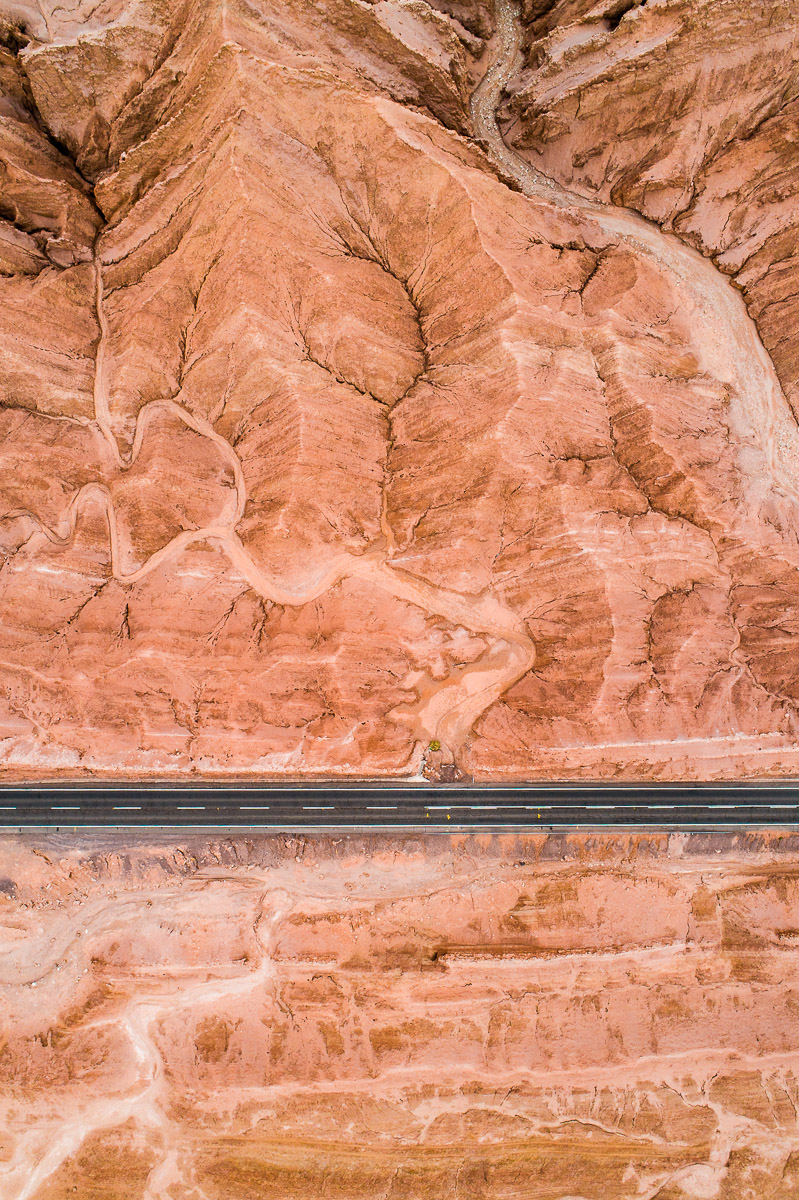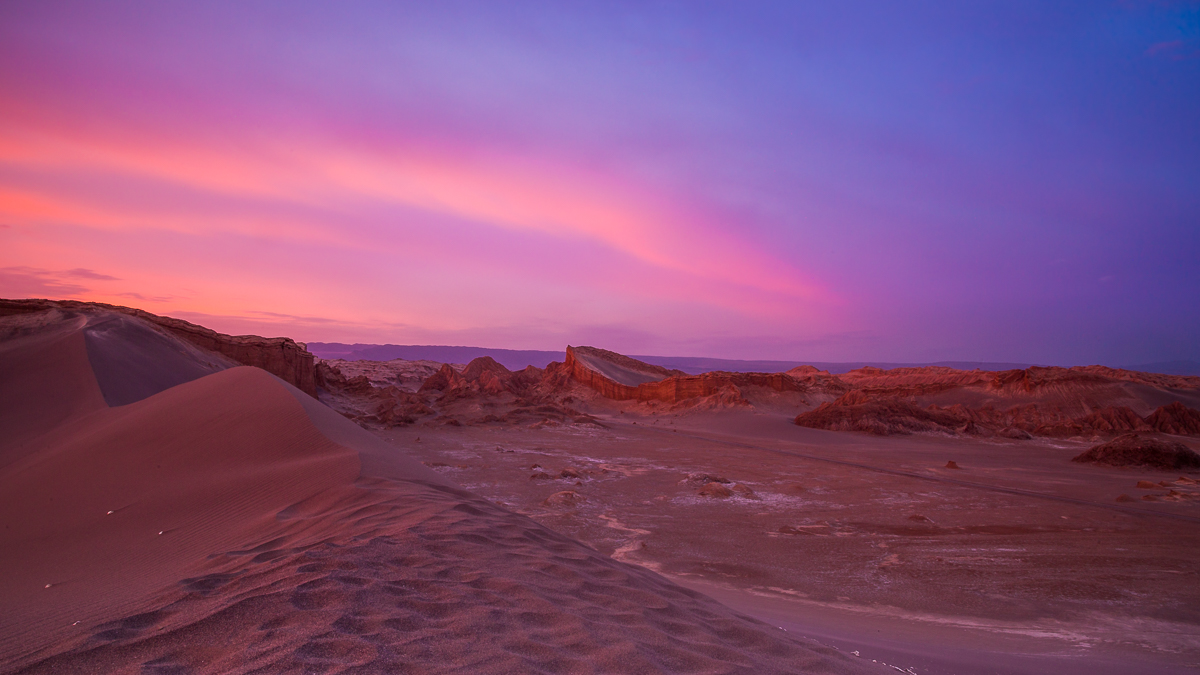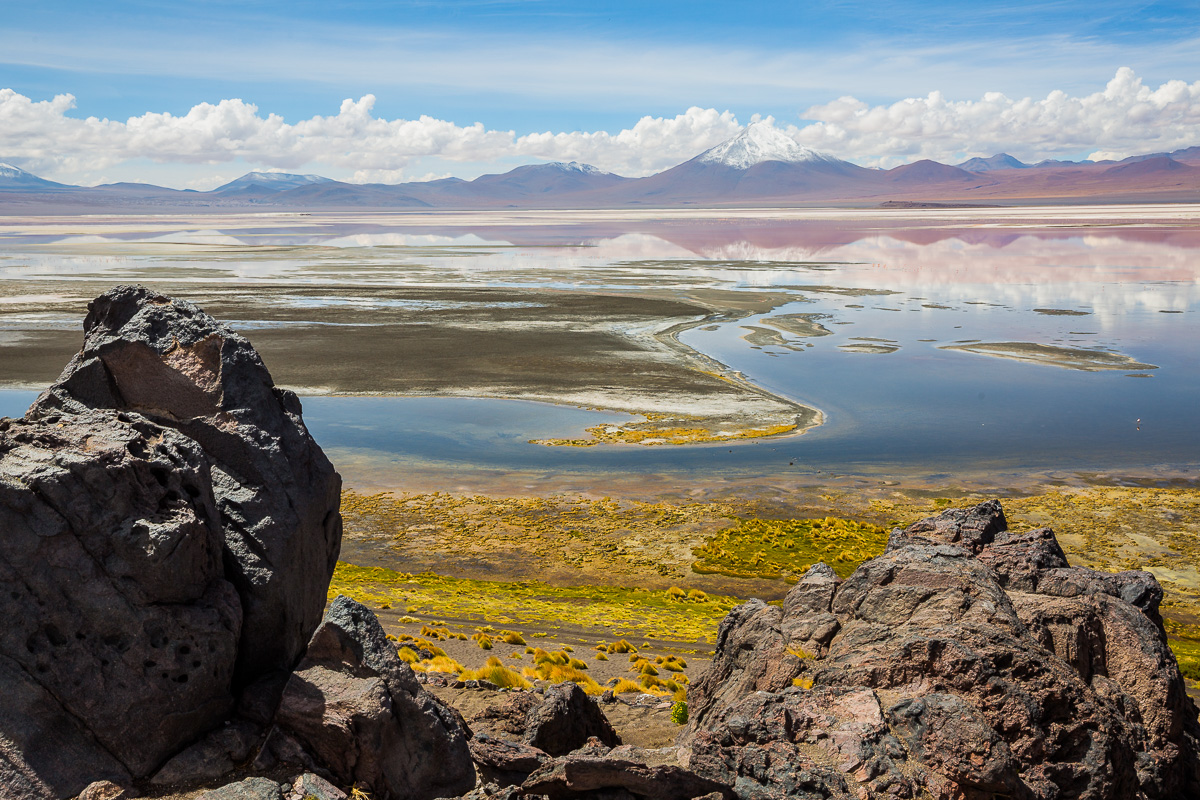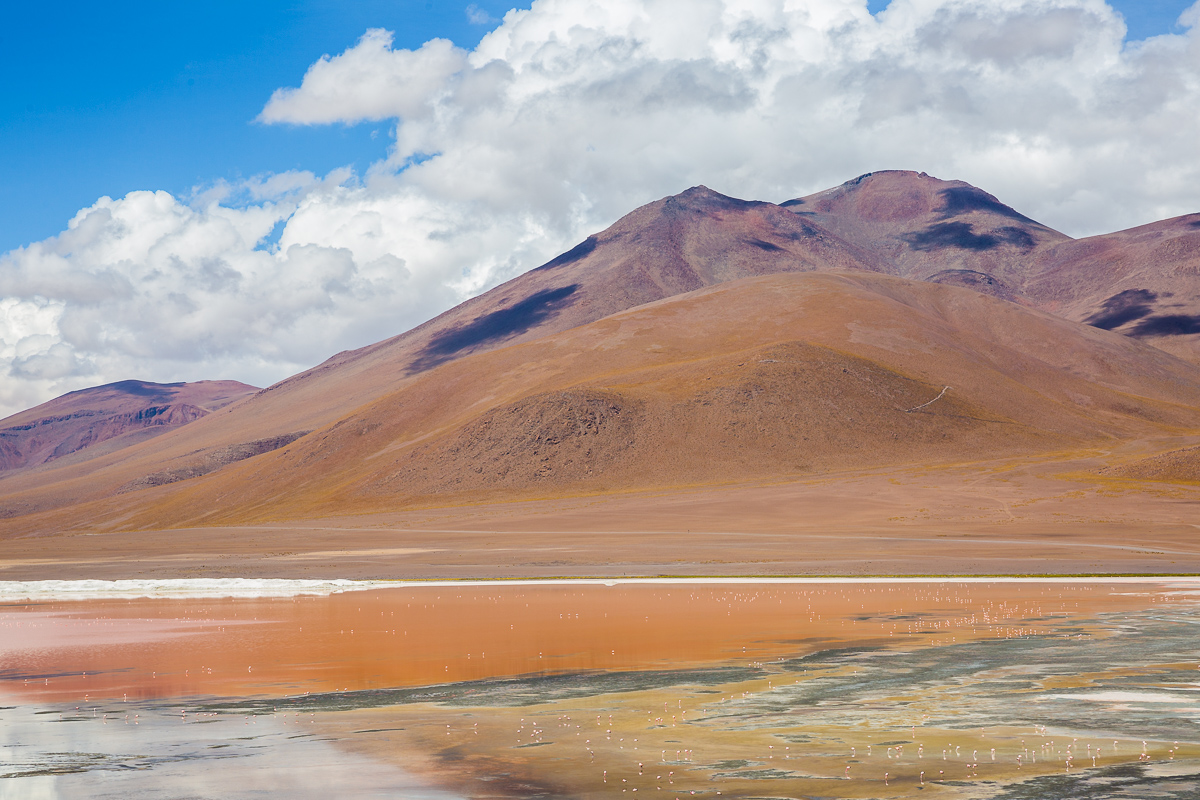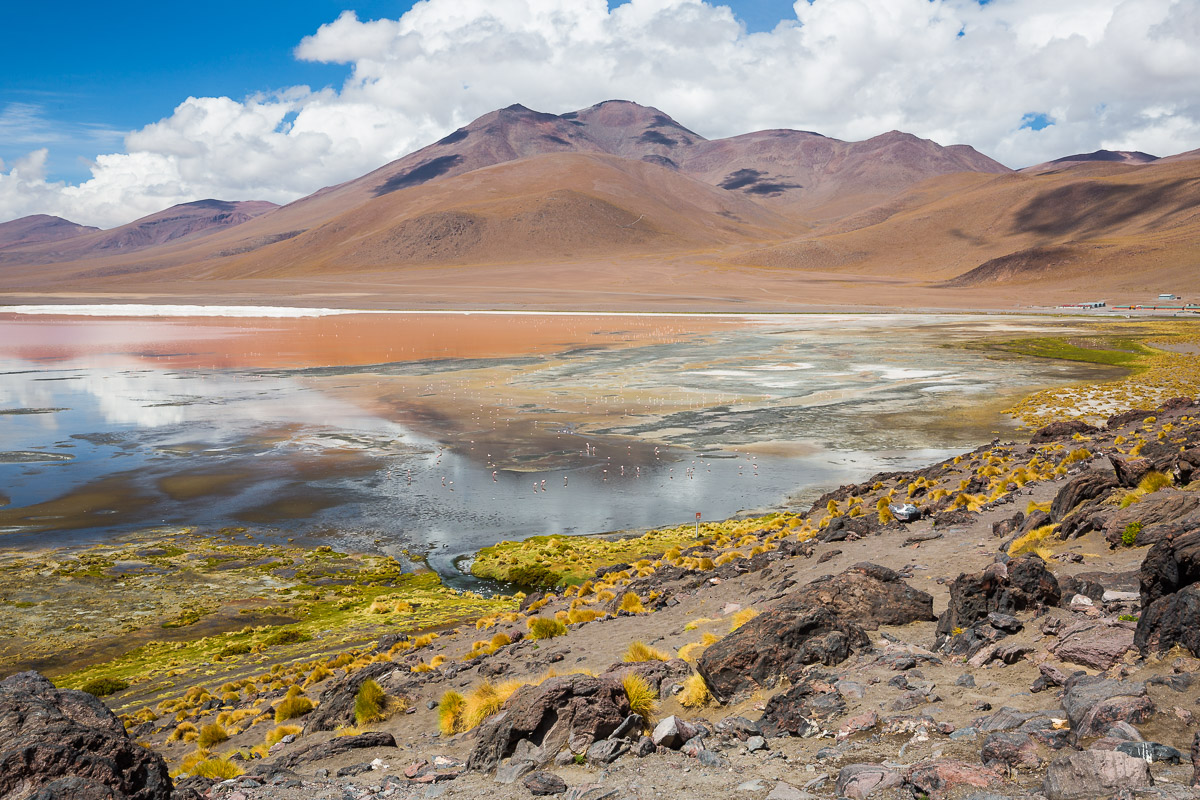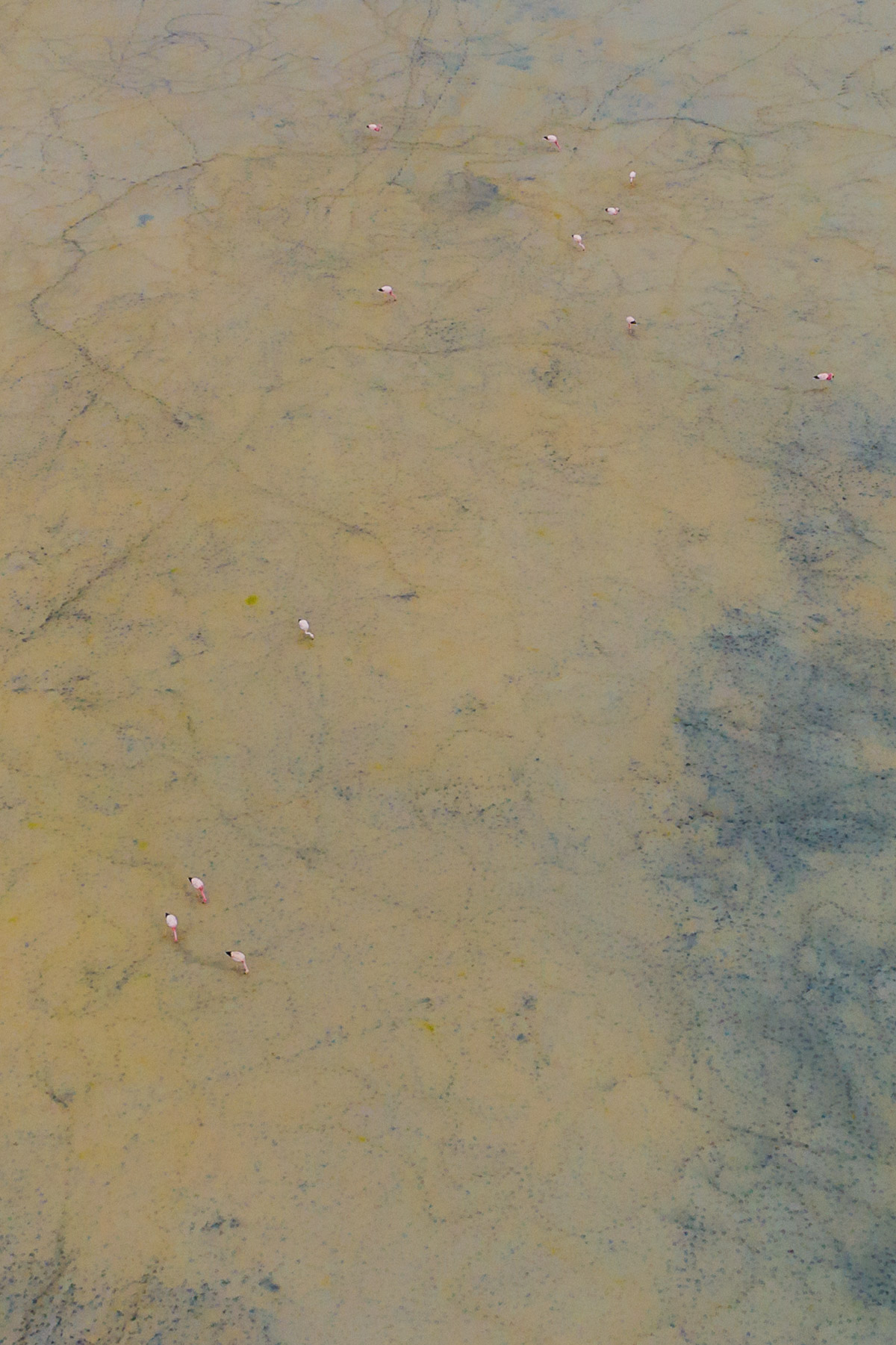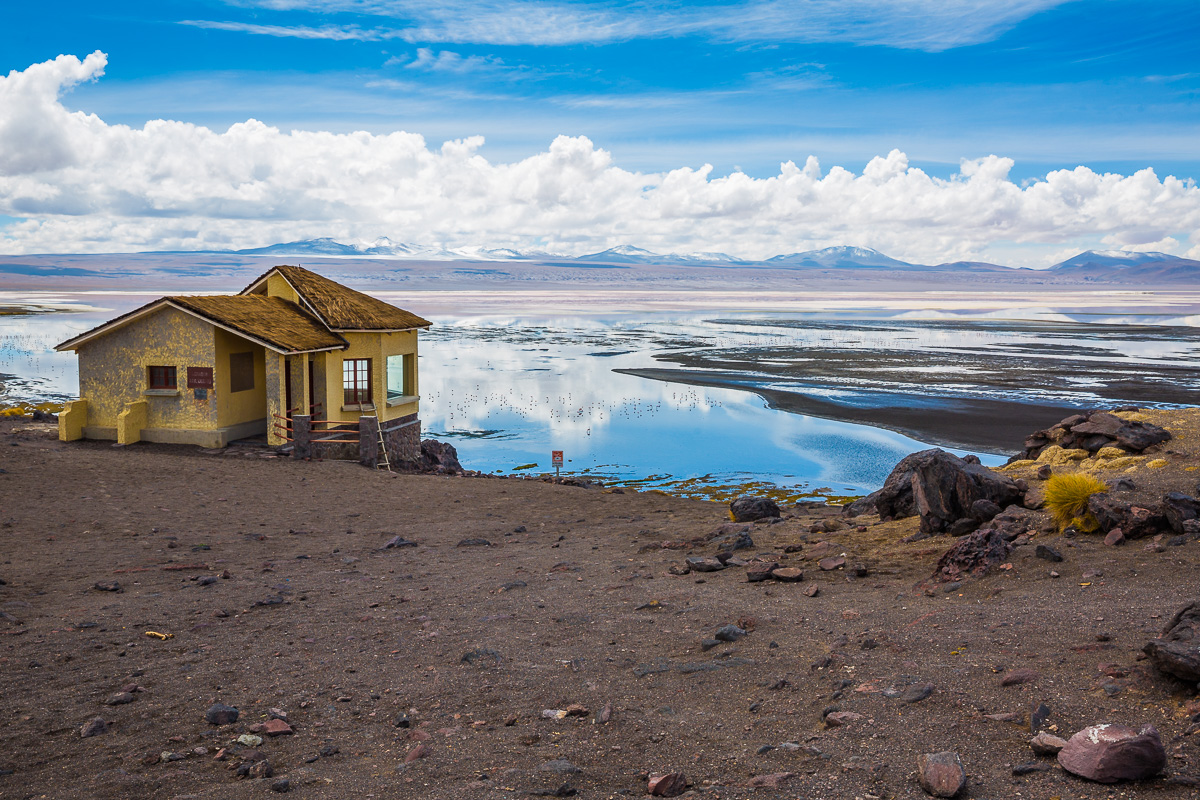Wharariki Beach, or “that beach on the Windows desktop background”, as it is more commonly known, is one of New Zealand’s best kept secrets. As it is in the northernmost tip of the South Island, getting there from the Abel Tasman region takes a little bit of time, patience, and planning. I tried to leave plenty of time during my visit, allowing for two sunsets and a sunrise, but the weather was having none of it. Despite the overcast mornings and evenings, and the almost constant rain, we managed a partly cloudy mid-morning visit. It’s not all I had hoped for from this detour, but it was still certainly worth the trip.
phantom
The West Coast from Above
A bird's-eye view always reveals a different perspective on the landscape and brings out the true scale of the place. I had a few opportunities for aerial photography during my road trip through the West Coast of New Zealand, and I think these images really show off the untamed beauty of the region. The images below were taken near Tauparikākā Marine Reserve and Cape Foulwind.
Above the Treeline
There are several great walks in Kaikoura. One of the best known is the long track up to the snowy Mount Fyffe, which begins with a trail through lush native New Zealand forest. We explored the surrounding area, and took to the skies to photograph the beginning of this track from above.
Afternoon at the Beach
Kaikoura, only a couple hours’ drive from Christchurch, is one of New Zealand’s best kept secrets. The town and its surroundings are full of unexpectedly beautiful landscapes. During our visit, we stumbled upon this bit of coast along Beach Road. As always, I like to think that the images speak for themselves!
Exploring the Clay Cliffs
Although the Clay Cliffs near Lake Tekapo were mostly unknown when I visited, they can now be admired from screens all around the world. This stunning location was featured in Disney’s Mulan movie, making it yet another famous shooting location in New Zealand’s South Island. It now joins the ranks of Hobbiton, Mount Cook, and Tongariro National Park, as one of many internationally-recognised “kiwi” landscapes.
Arrival at the Catlins
The next step in the South Island roadtrip was the Catlins Forest Park. This was a long drive down from Te Anau, stopping by the peaceful Fortrose Beach before a relaxing sunset over the bay near our accomodation. The Catlins is a less popular tourist destination in New Zealand, but as you will see from my next week’s blog post, it is vastly underrated. The region is brimming with majestic waterfalls and luxuriant forests which remain undiscovered by many.
Blue Pools Track
The Blue Pools Track is a short walk near Wanaka, in the South Island of New Zealand. The track goes through a few bridges over translucent blue waters. This was a great place to sit and relax by the water, enjoying the surrounding nature. I can’t recommend this short walk enough, particularly early in the morning before too many people arrive. Below are just a few of my favourite images from my visit to this location.
Skippers Road
Skippers Road is one of the most scenic drives in the Queenstown region in New Zealand’s South Island. It is known as a filming location for several scenes in The Lord of the Rings and The Hobbit trilogies, and the river cutting through the canyon below is a popular spot for jet boating. This was a spectacular day-long drive offering photography opportunities both from the ground and from the air.
Chapel of the Lord of the Stone
The beaches near Porto are relatively under-explored, and yet contain photographic gems such as the Capela do Senhor da Pedra (Chapel of the Lord of the Stone). We arrived just before sunset, and caught the golden light just before sundown from the air, followed by more traditional images from ground-level. By sunset, we were mostly alone at the beach, a truly unusual occurrence for a place like this!
Douro Valley
The Douro is one of the largest rivers in Portugal, and flows from Spain to near the city of Porto. It is the world’s oldest demarcated wine region, and a World Heritage Site. It was a change of landscape from our travels through the small medieval towns of Portugal. Douro Valley is a great place to relax and enjoy the vibrant green landscapes, a good glass of wine, and some local olive oil to boot.
The Most Portuguese Village
Monsanto, deemed “the most Portuguese village”, is a town of small red-roofed houses interweaved with enormous rocks. Its narrow streets climb up the sides of a small cliff, from which you can gain a spectacular view of the village. The top of the cliff is also the grounds of the ruins of the town’s medieval past, with a couple of buildings still left standing.
A Bird's-eye View of Marvão
The white buildings of Marvão, together with its medieval fortress and the surrounding farmland, make for incredible aerial images. I seized the opportunity to fly the drone over this stunning medieval town a couple of times, resulting in some amazing landscapes.
Some Portuguese Countryside
The town of Marvão is surrounded by typically Portuguese countryside. Even in the stark afternoon light, the landscape comes alive with the yellows and greens of the endless farms extending in every direction. In retrospect, I would have liked to photograph a sunrise over these fields, as I imagine the softer yellow would have made for even more breathtaking views.
Óbidos from Above
Perhaps the most spectacular views of Óbidos are from above. During my visit, I made the most of the birdseye views from the city and of the city. There are two ways to capture these images: by walking along the medieval walls that envelop the town, and by flying your drone from outside the city for a view of the castle and its surroundings. Here are some of my favourite images from both viewpoints.
Baleal Island Landscapes
Baleal Island, a small drive away from Peniche, is an unusual island. Not only is it connected to the mainland by a thin stretch of road, it also sits atop unusual rock formations to either side. This is a popular sunset spot for locals and tourists alike. There are many spots to sit peacefully by the coast and watch the sun go down over the sea, colouring the white village and its layered rocks as it goes.
A Fort in the Atlantic Ocean
Just a short boat ride from Peniche, on the coast of Portugal, lies the Berlenga Grande Island. The island is famous for its red fort, sitting in the middle of the Atlantic Ocean and connected to the island by a narrow bridge. The Fort of São João Baptista das Berlengas was originally built as a monastery, from which monks could assist the regular shipwrecks in the area. However, the plan soon proved insurmountable - the monks regularly contracted diseases, were unable to contact the mainland, and were attacked by pirates. The ruins of what was once the monastery were restored as the fort we see today, which is now open for visitors in the Summer months.
Cape Carvoeiro
Cape Carvoeiro sits at the westernmost point of Peniche, perched over the Atlantic Ocean. We visited this spectacular location on the way to Peniche, and then again on the way to the Berlenga Islands. The wind was suprisingly calm on that day, which provided an excellent opportunity to fly the drone over the area and get a bird’s eye view of the place.
Atacama's Valleys
This weekend, I’m sharing a few more highlights of the Atacama Desert. First, some aerial photos of the Death Valley, followed by an incredible sunset at the Amphitheatre in the Moon Valley. The Atacama is one of the most unusual landscapes I have ever photographed, and I would have loved to spend longer there to capture more of its arresting beauty. I hope to be back there again some day soon!
Laguna Colorada and Termas de Polques
Our final stops in the Eduardo Avaroa Andean Fauna National Reserve were Laguna Colorada and Termas de Polque. Both spots amazed us with their scenery and provided yet another opportunity to see wild flamingoes.
Both these locations provided excellent opportunities for flying the drone and getting some aerial images, although we did keep it quite high so we didn’t interfere with the wildlife.
Here are some images from both land and air of these two locations, our last stop in Bolivia before we headed to Chile’s Atacama Desert.

